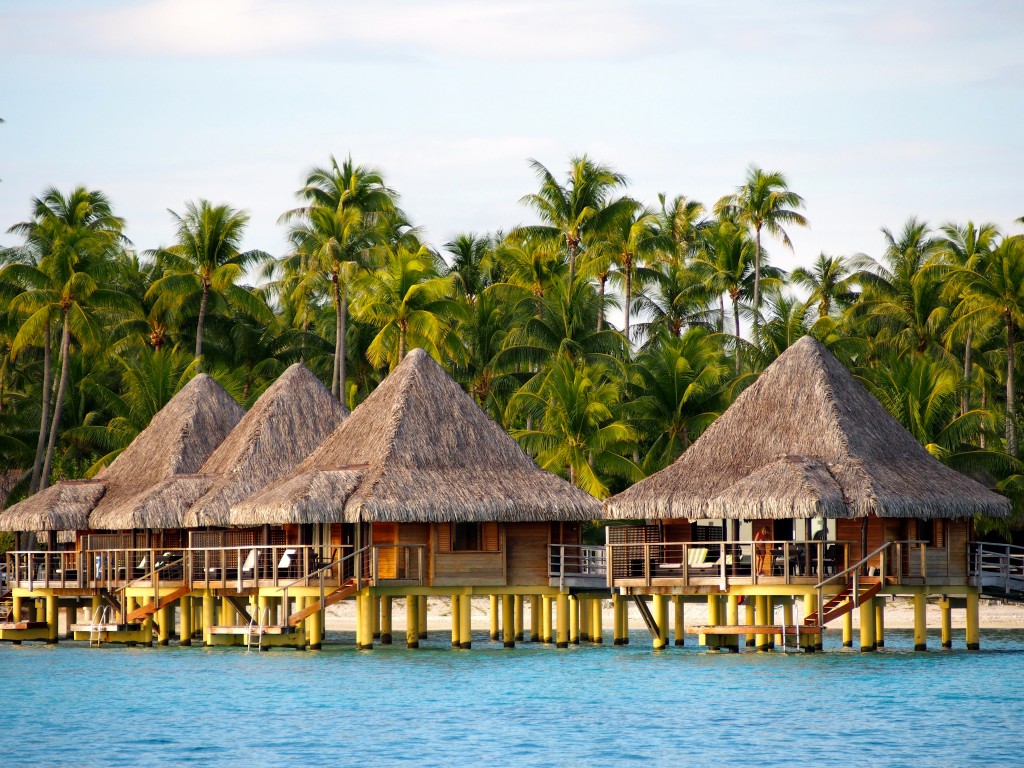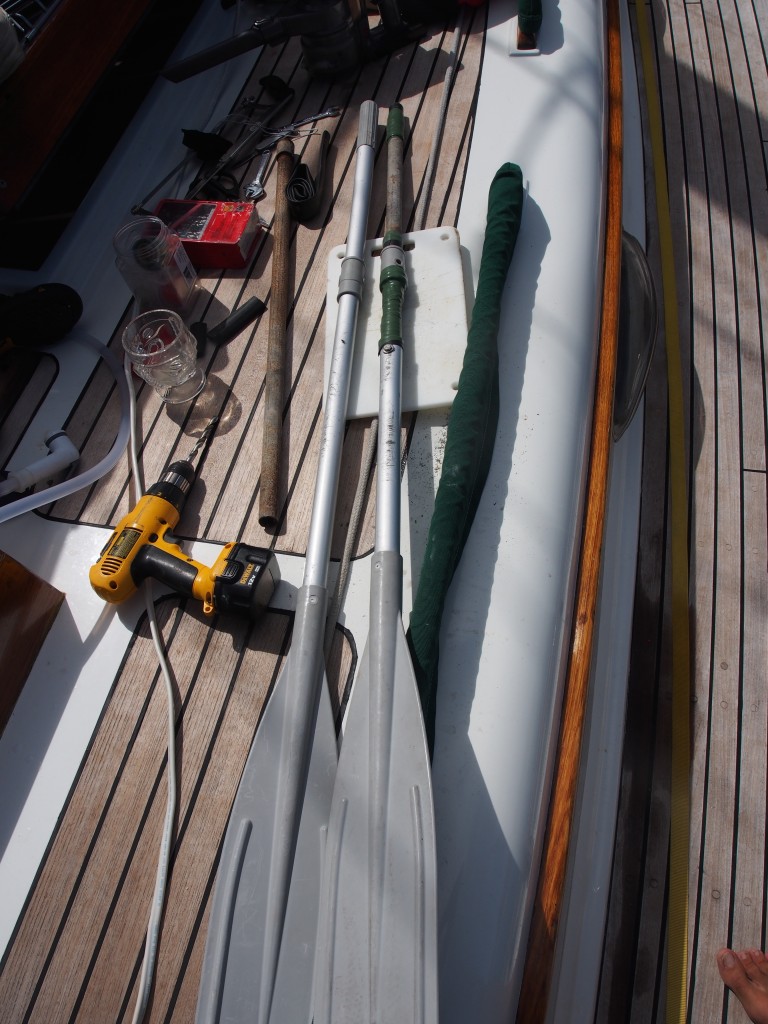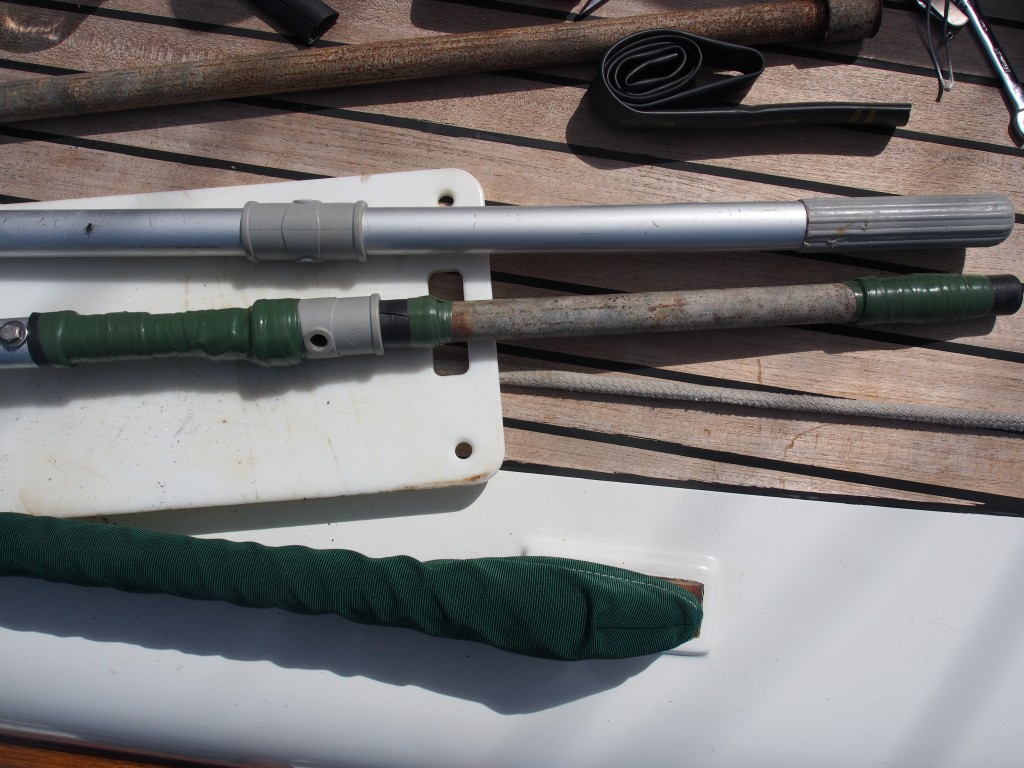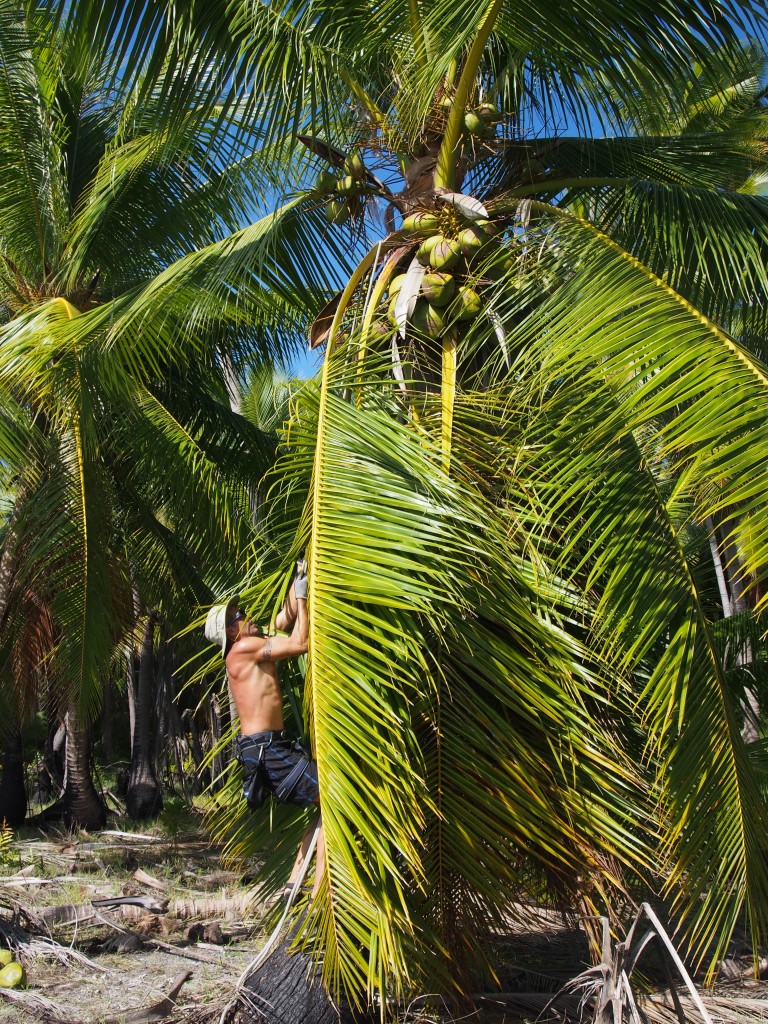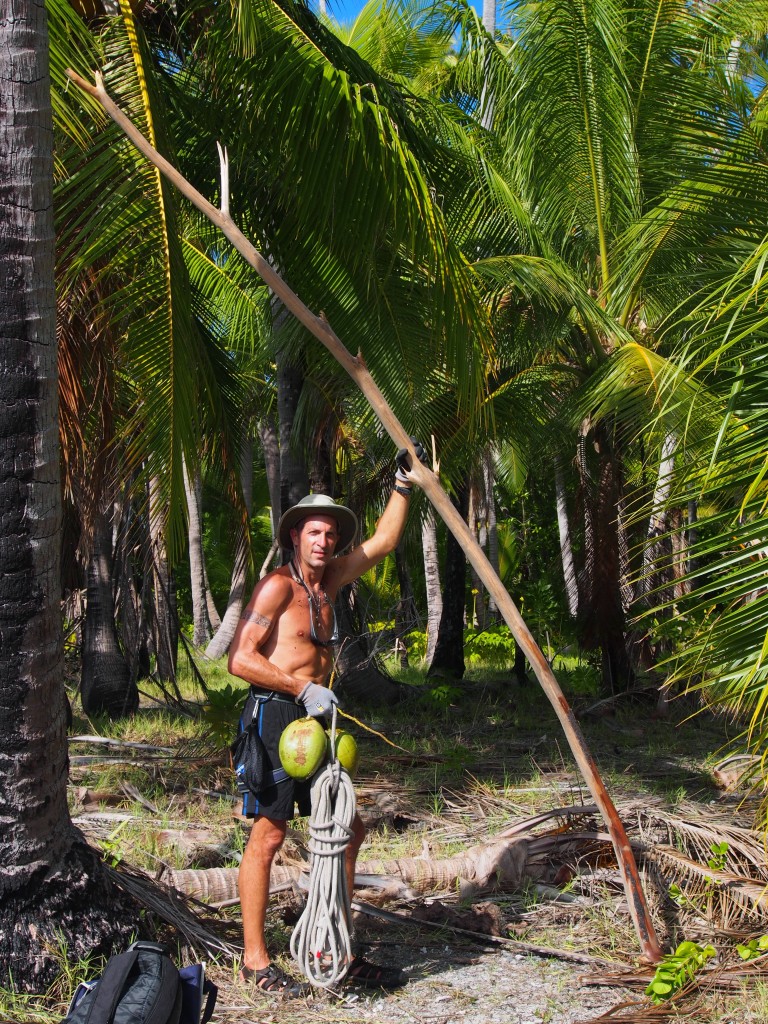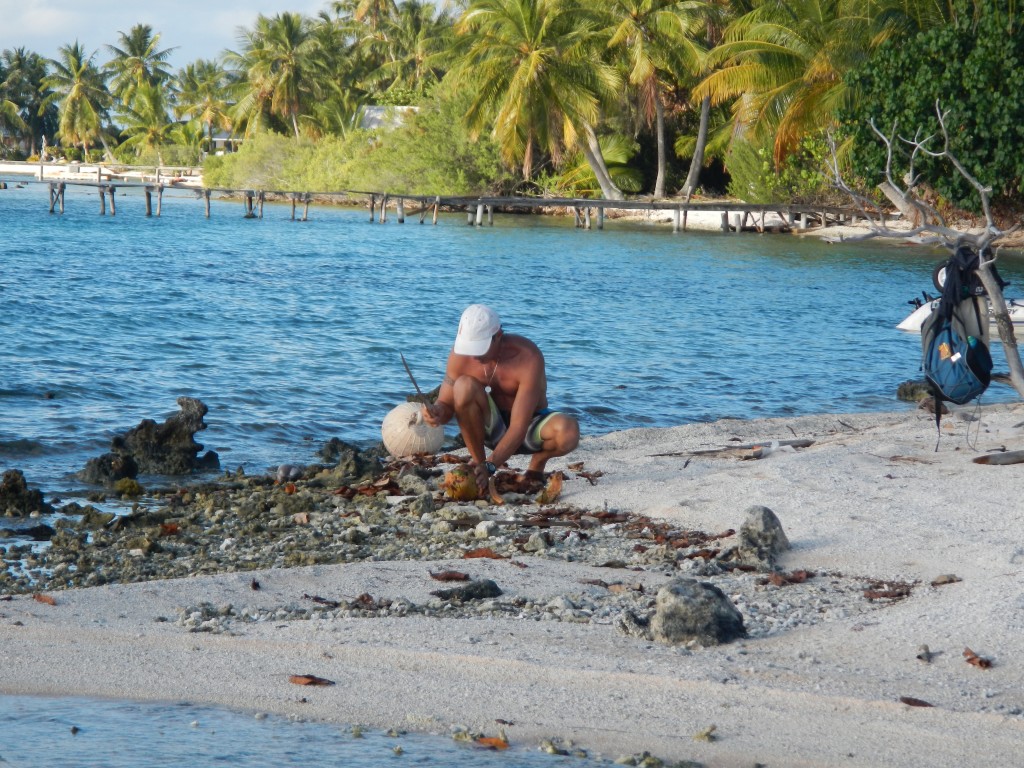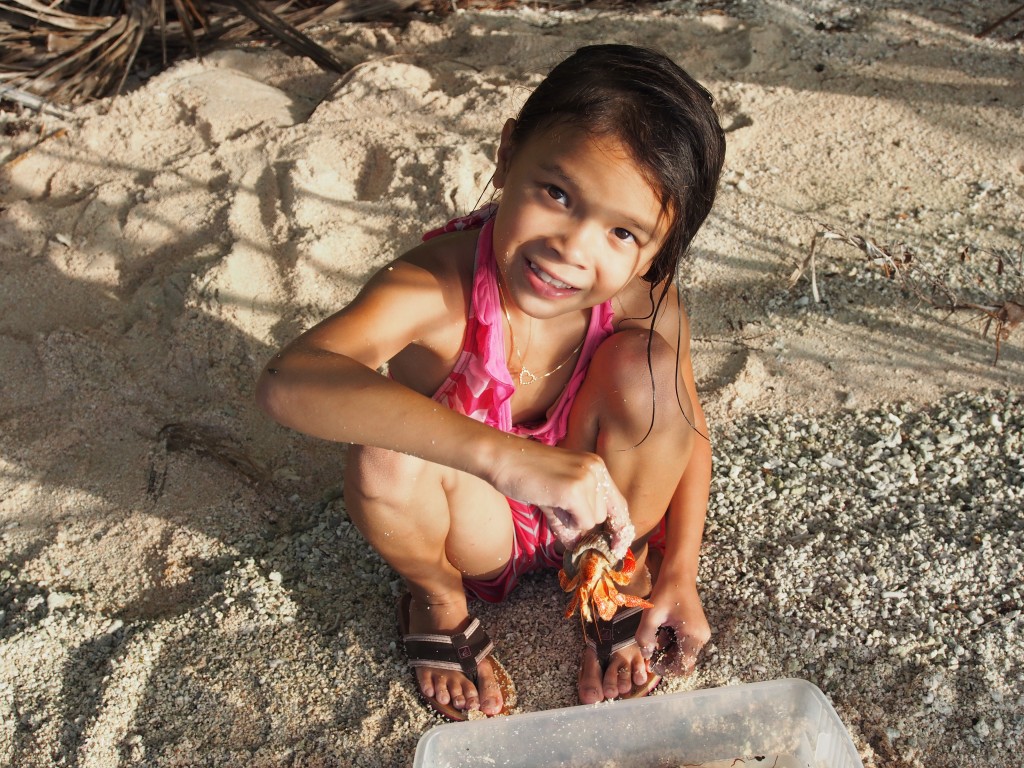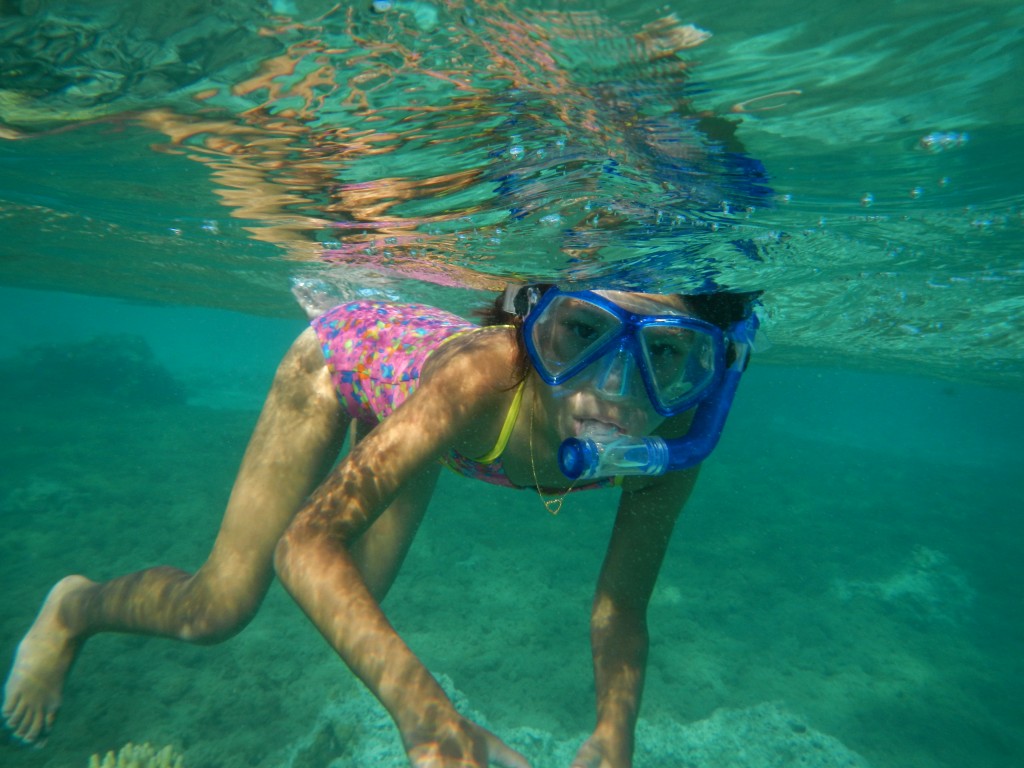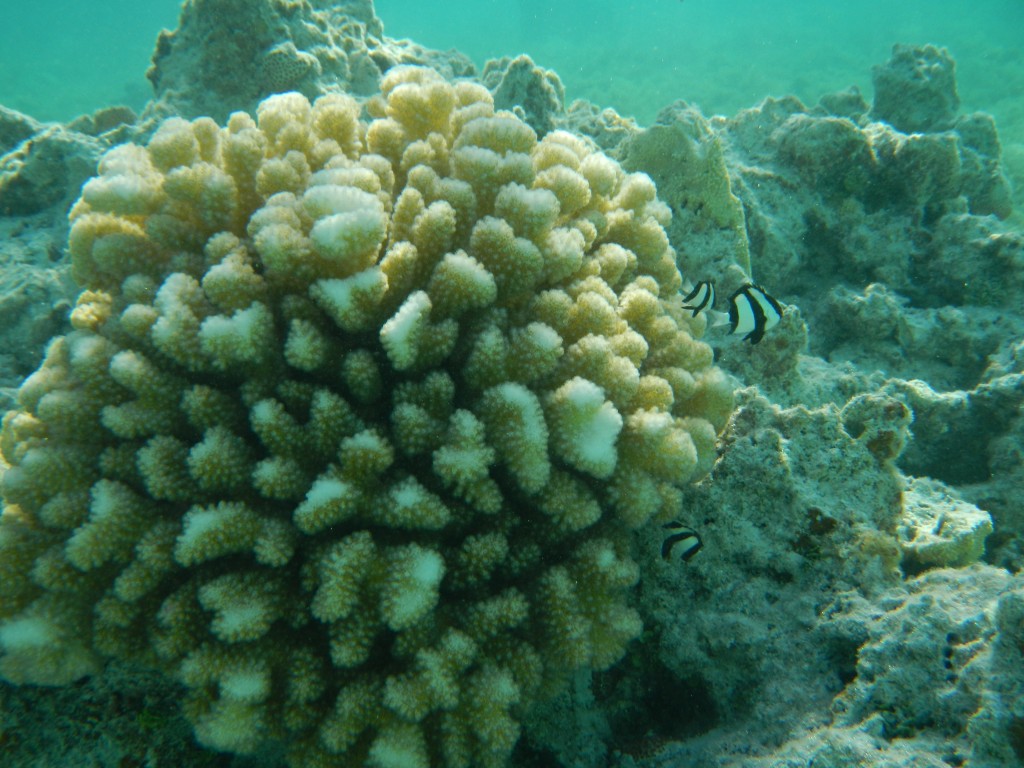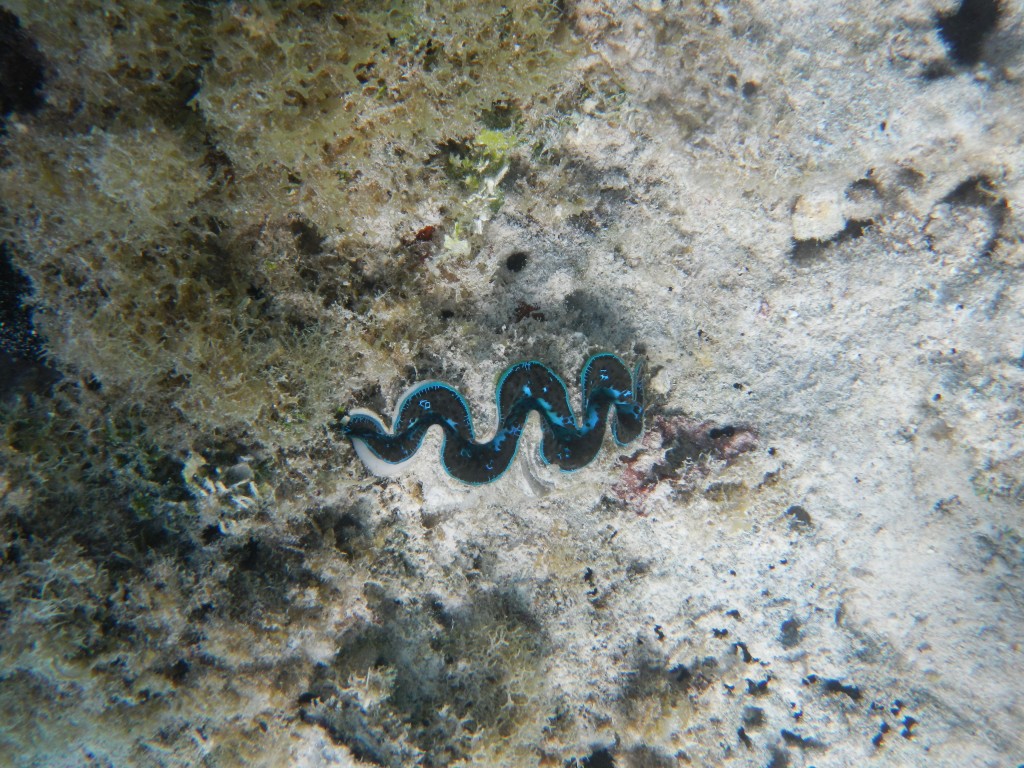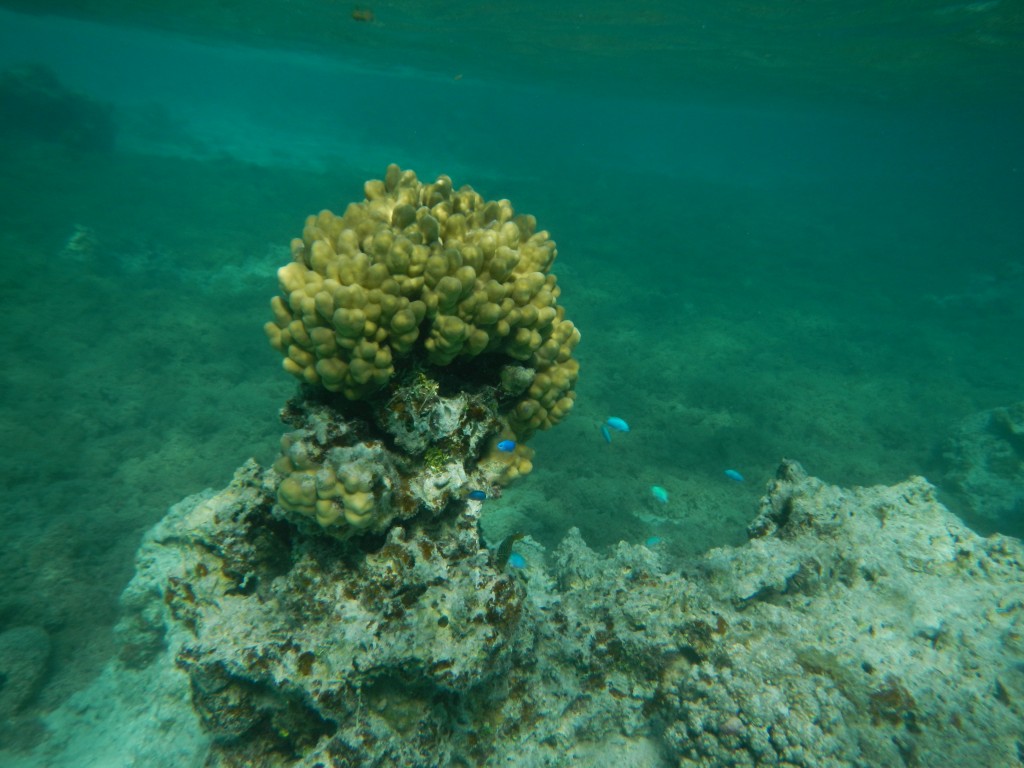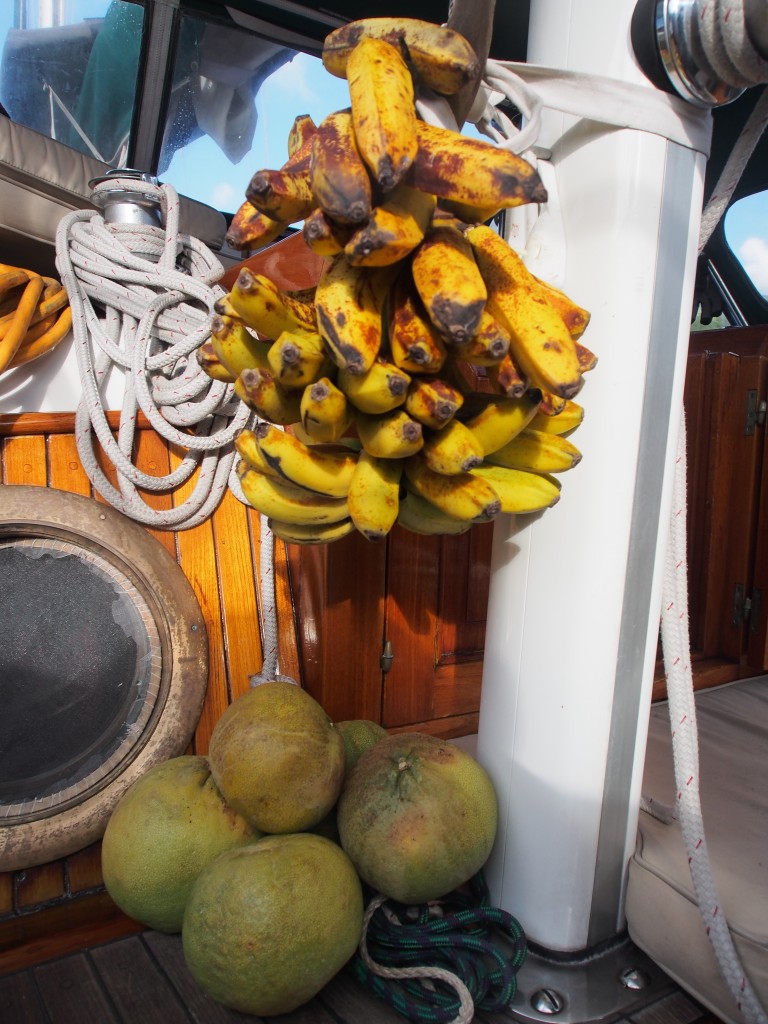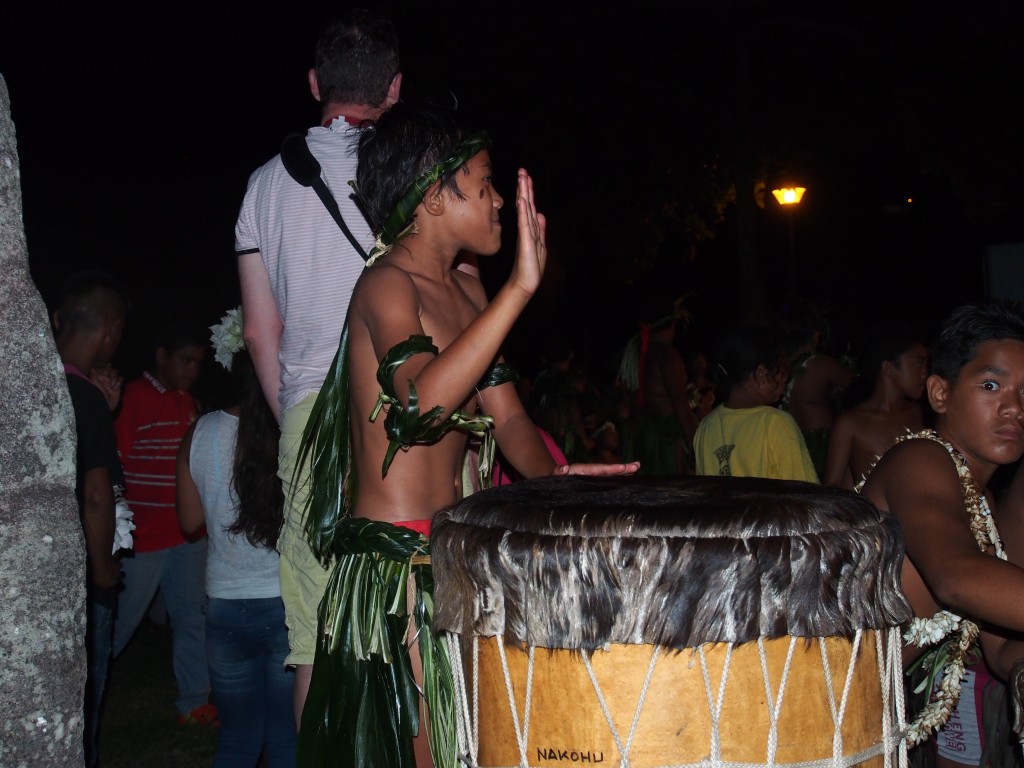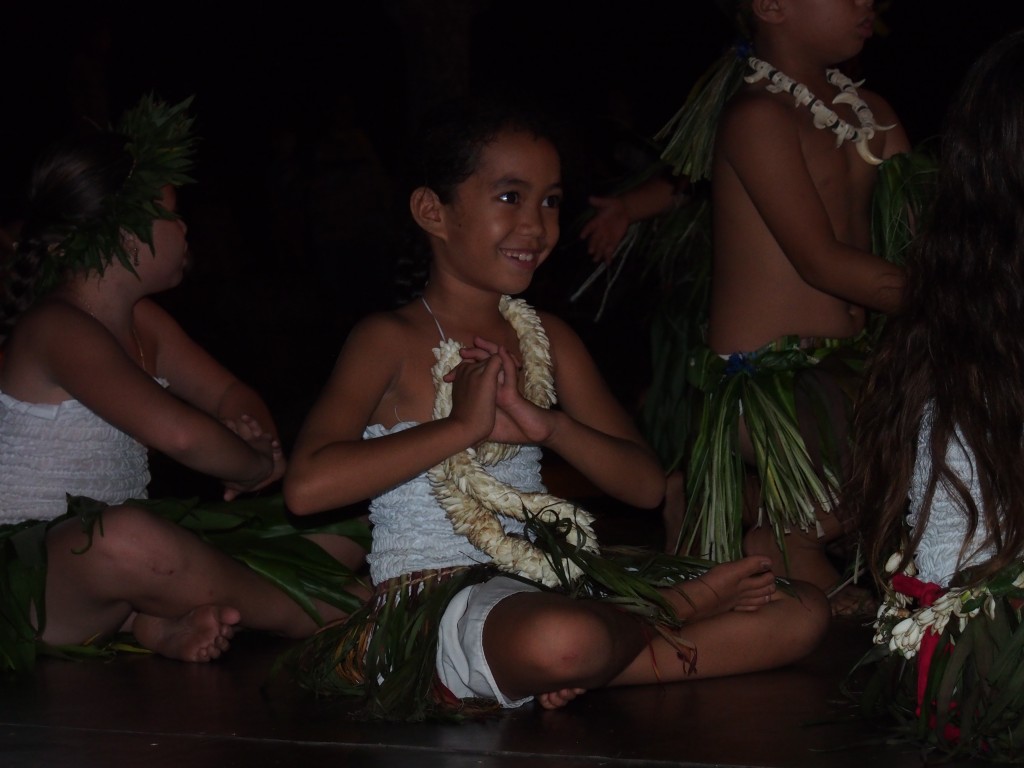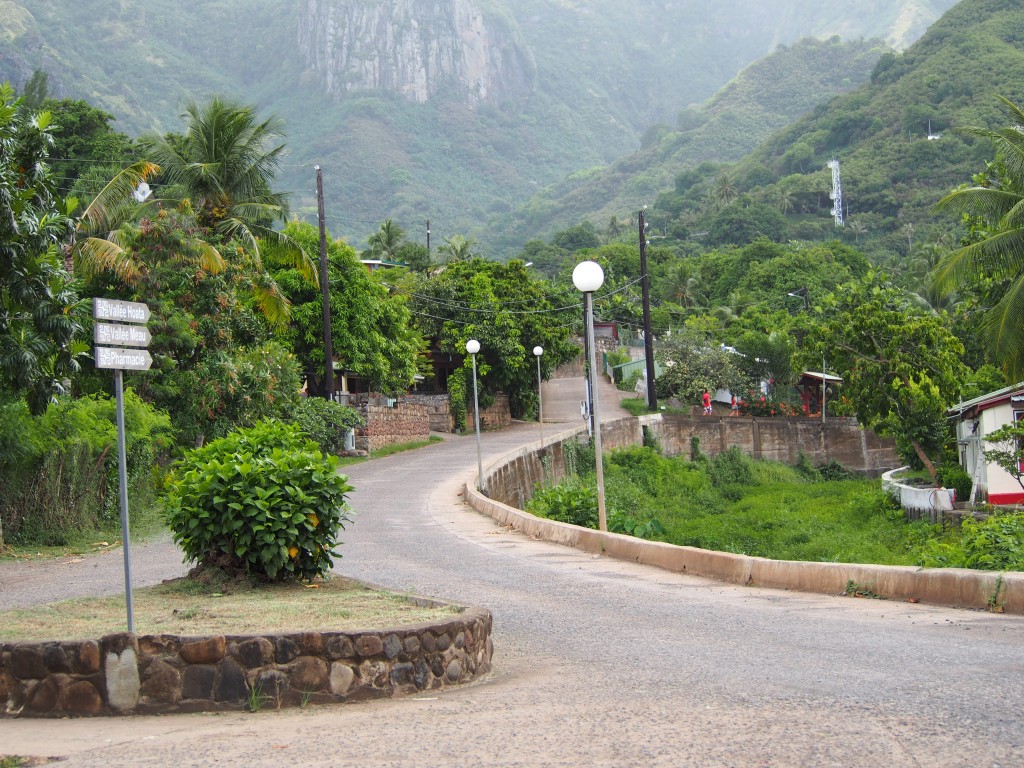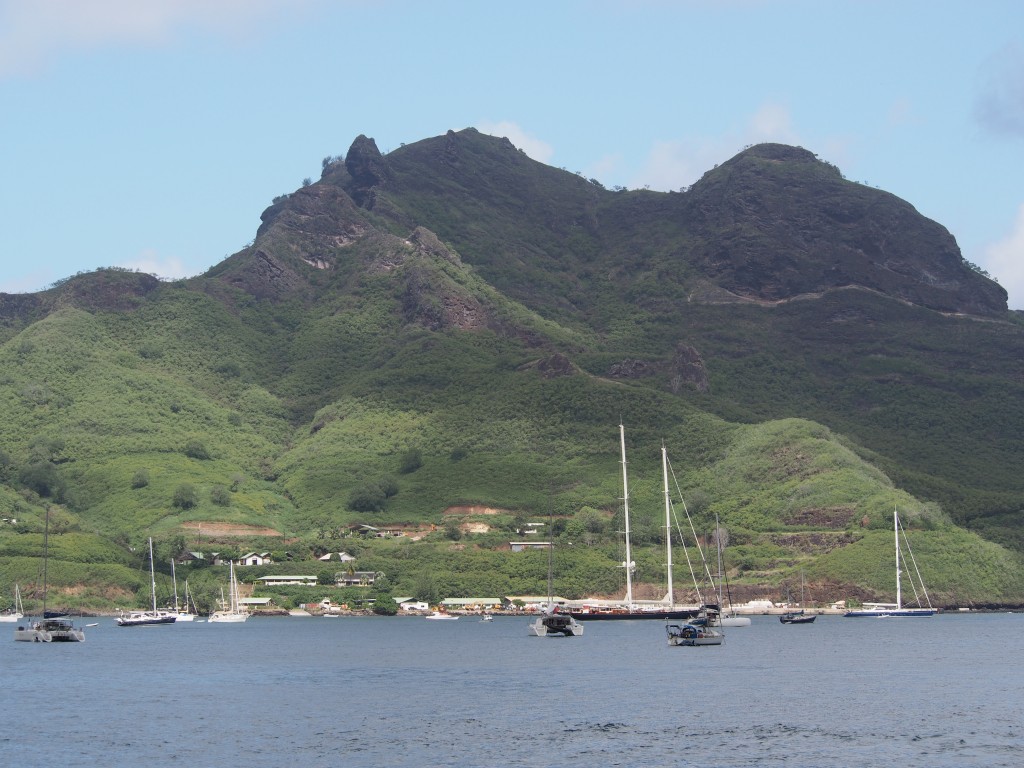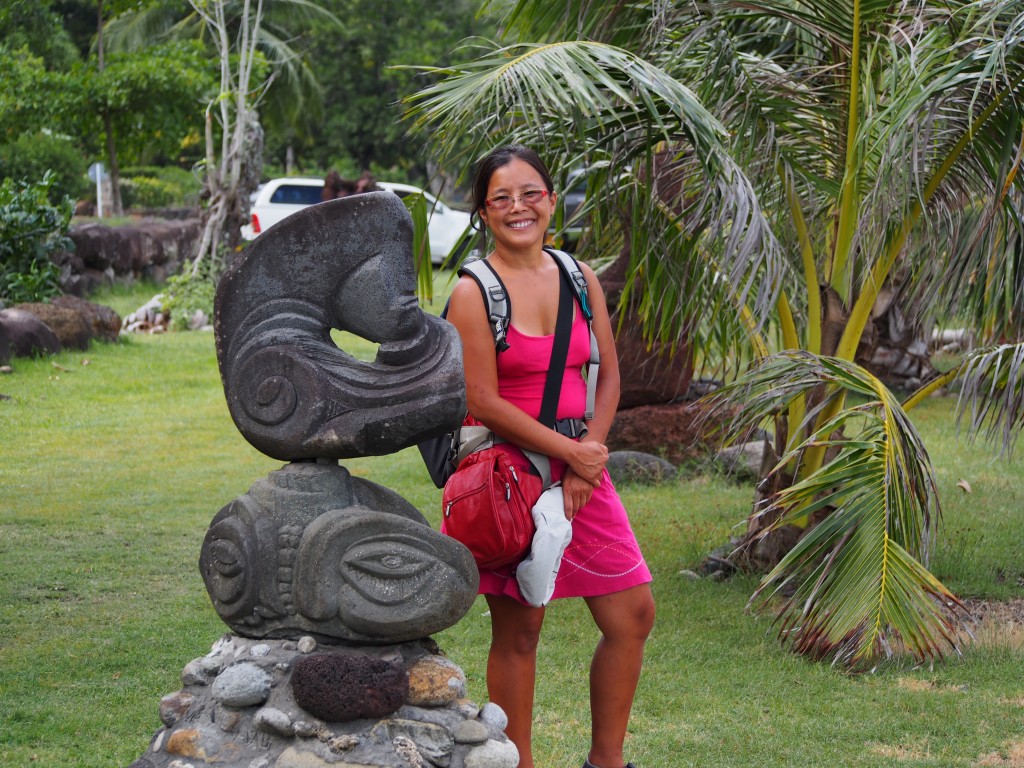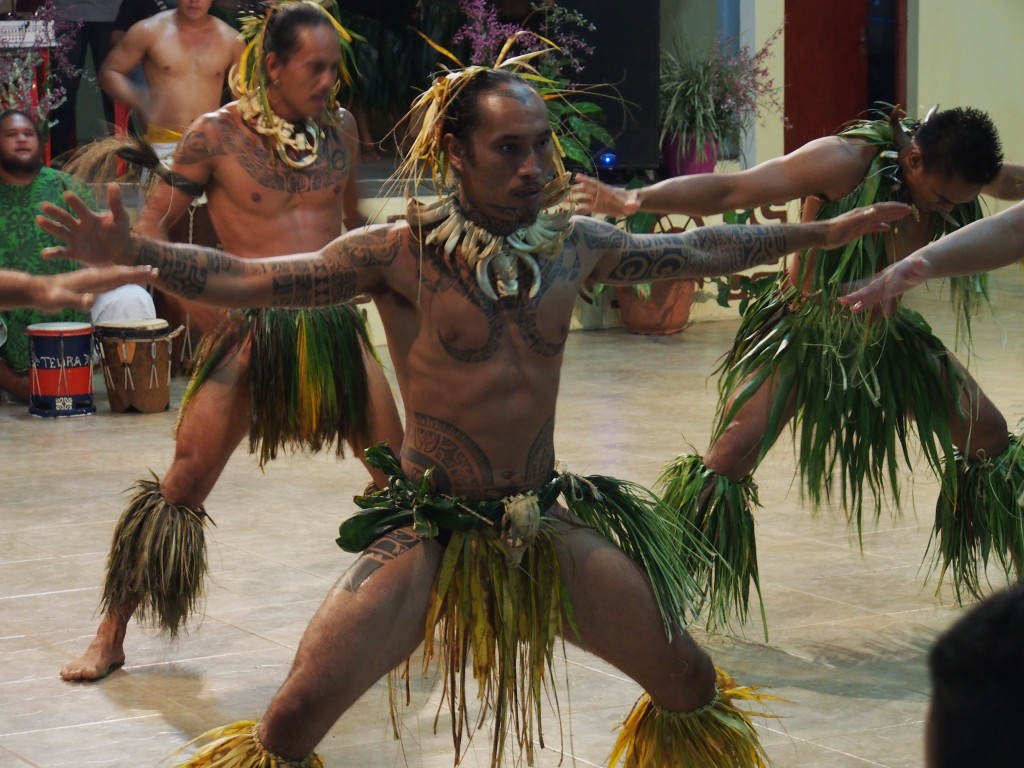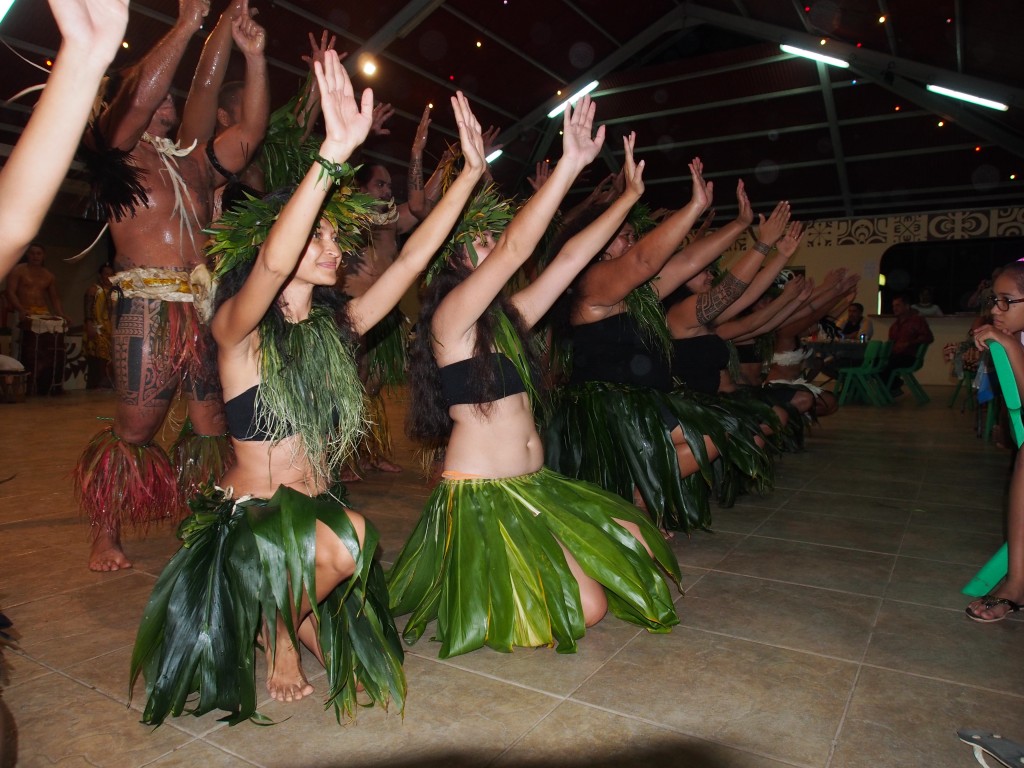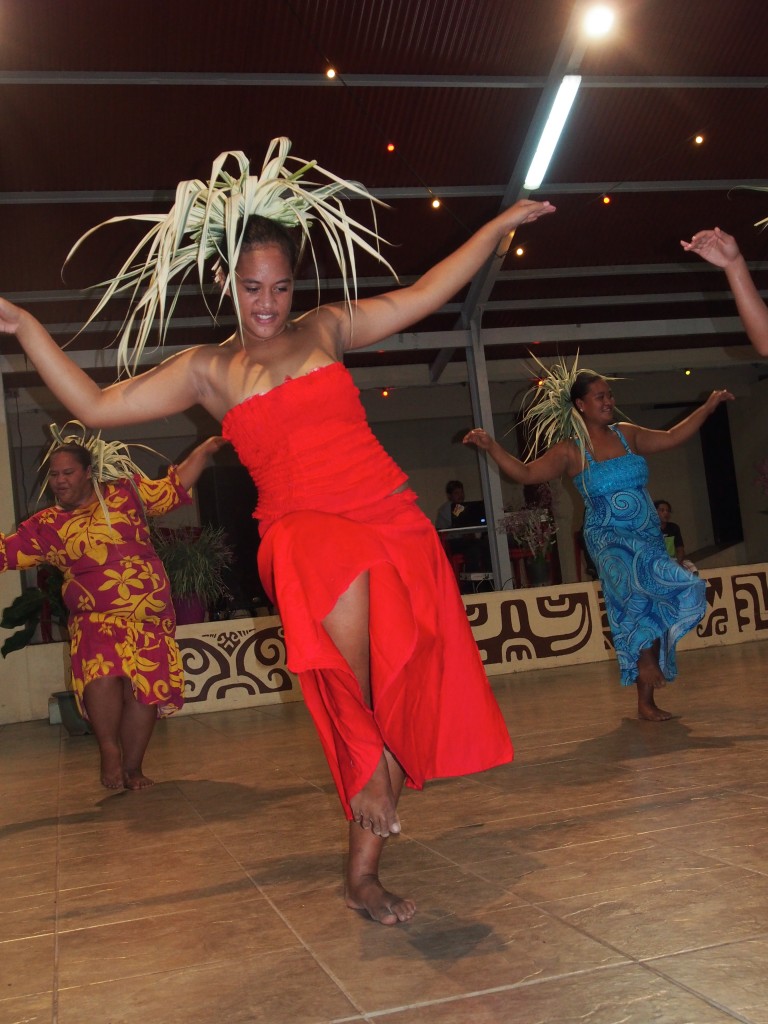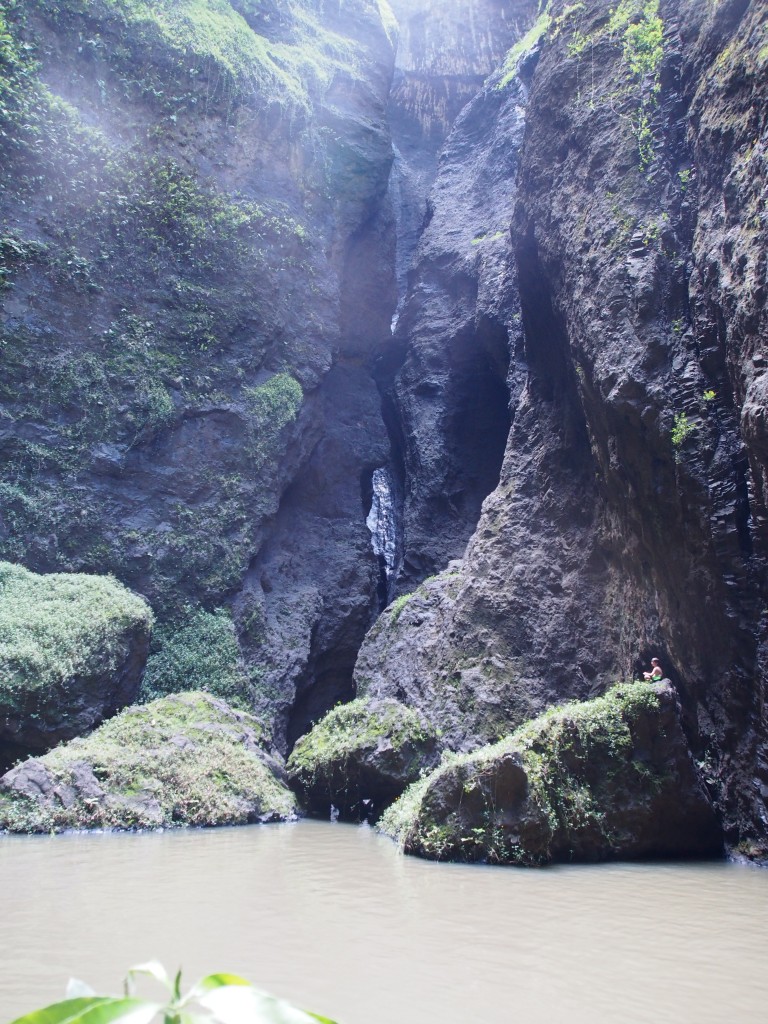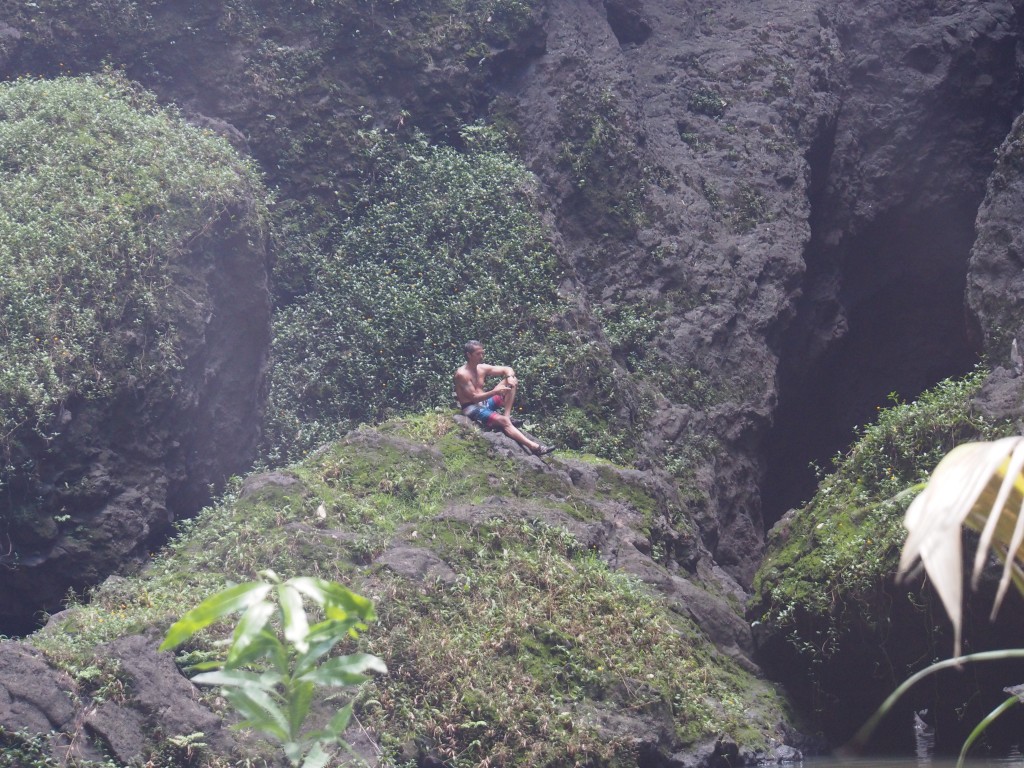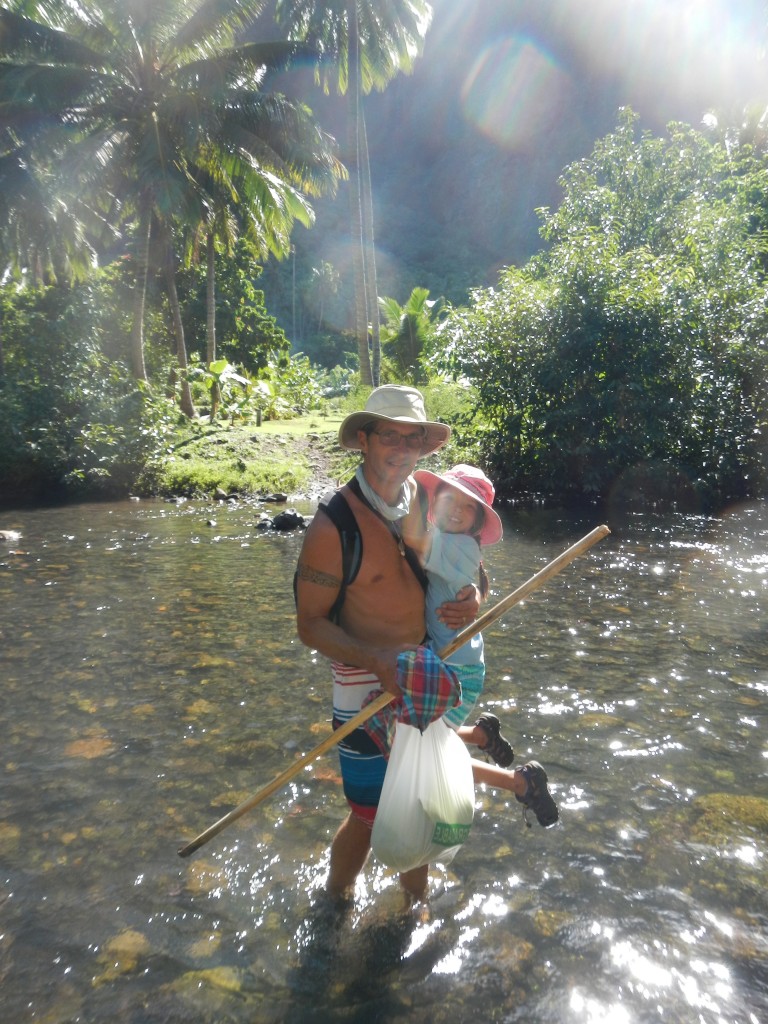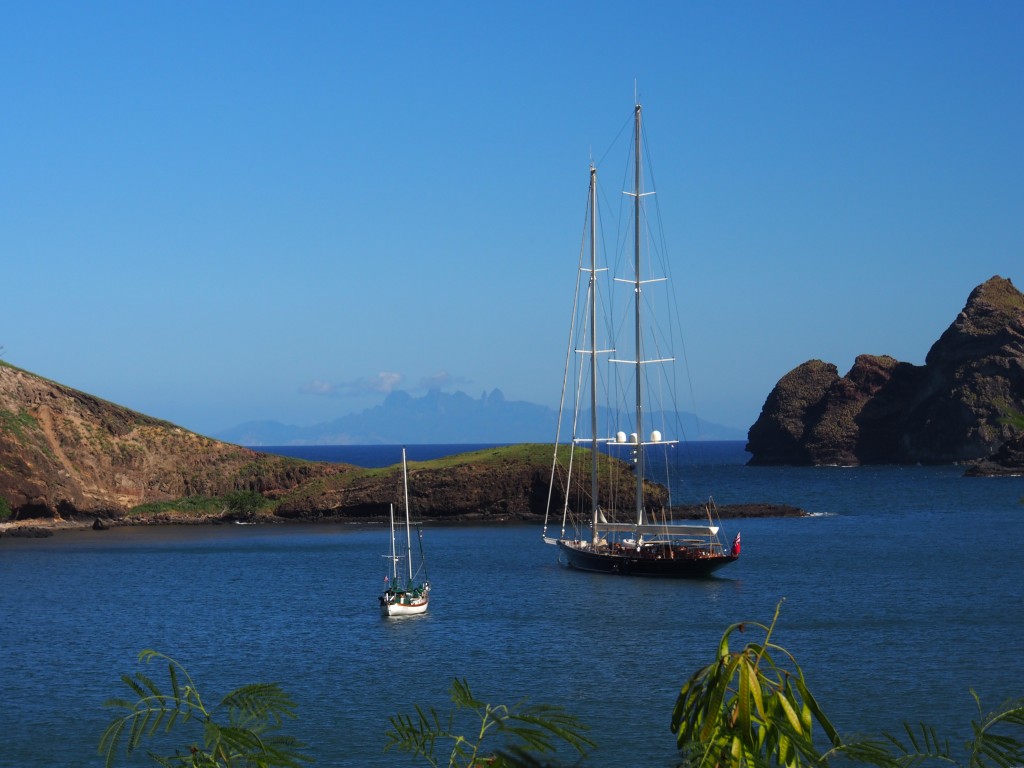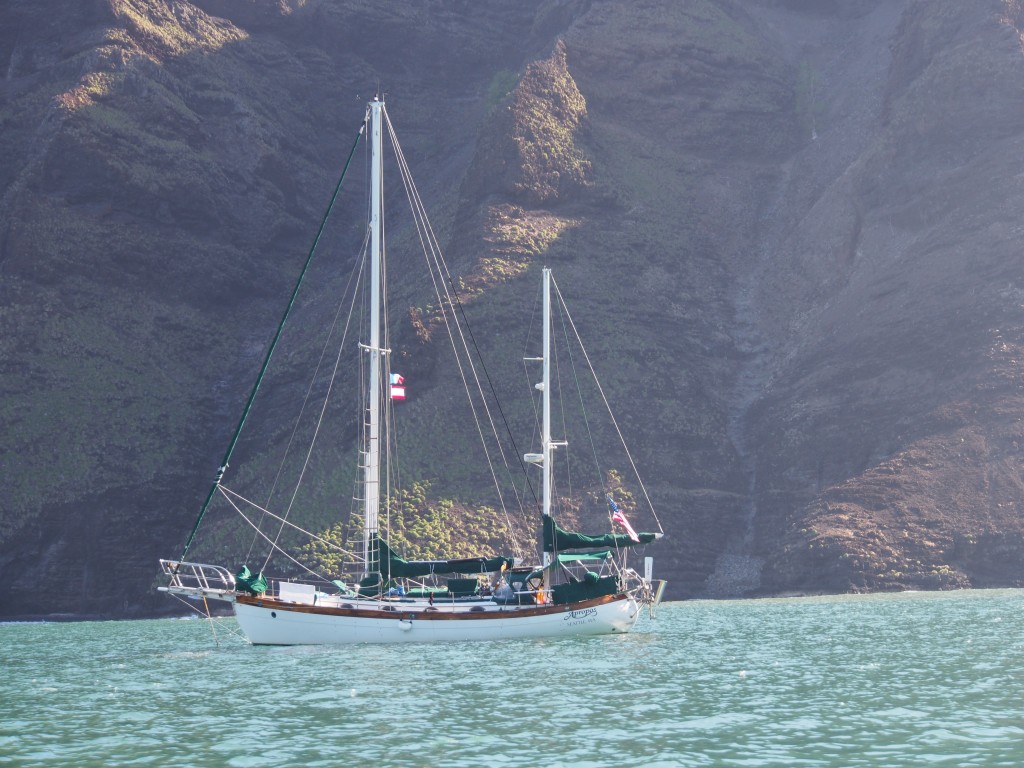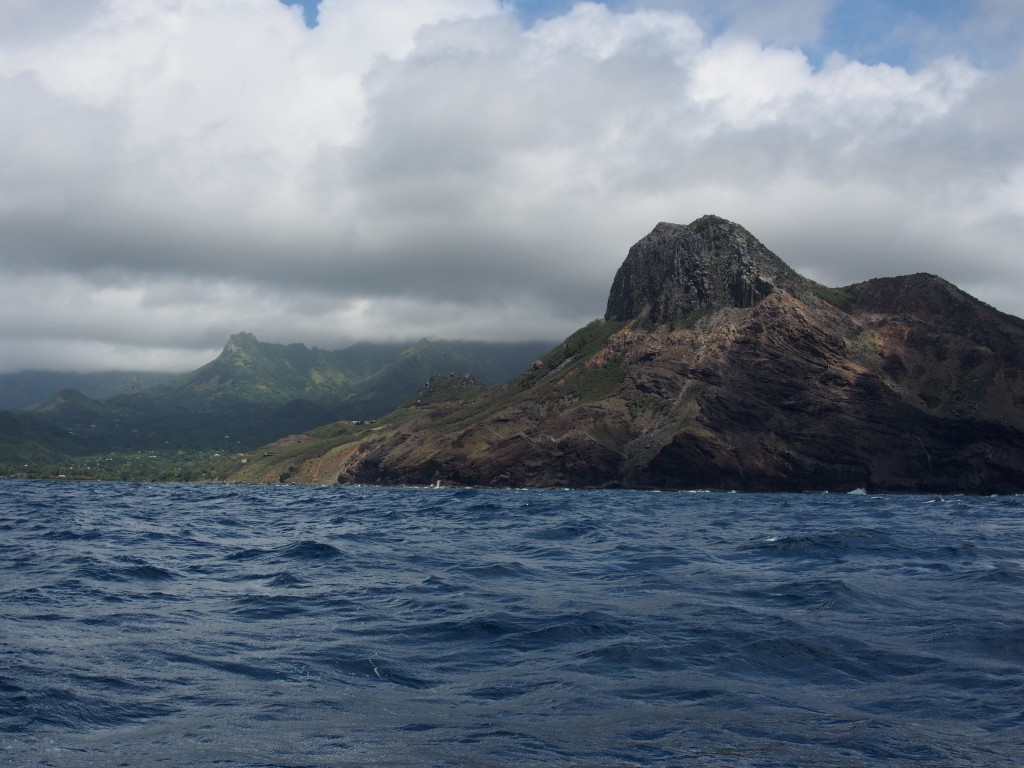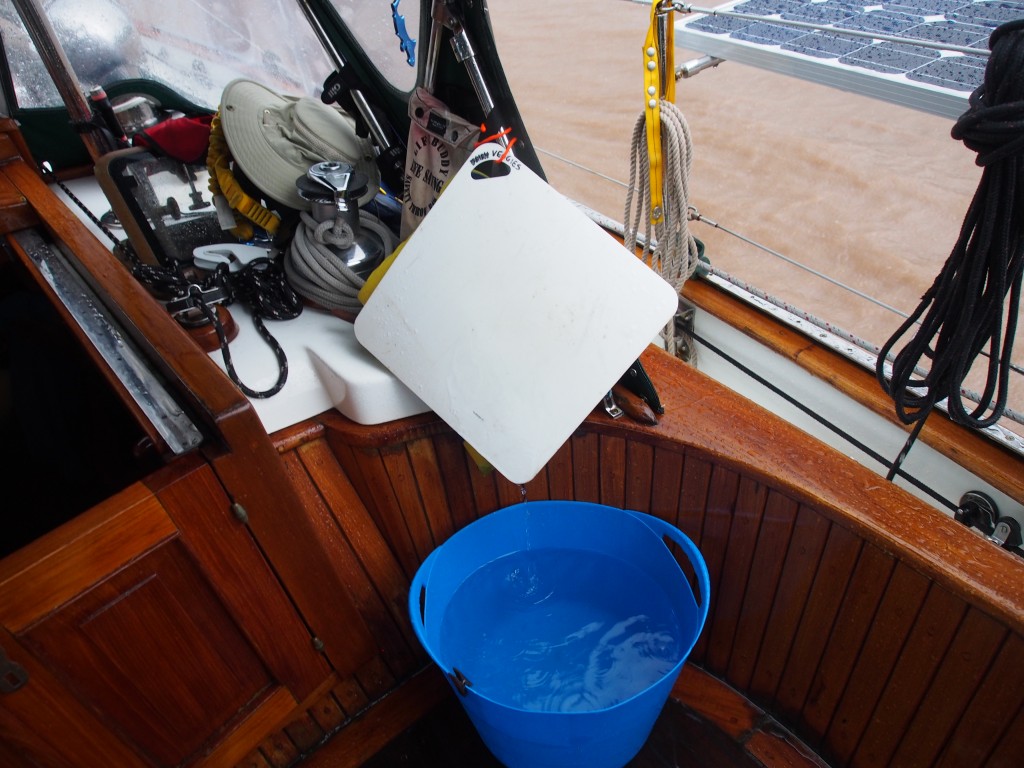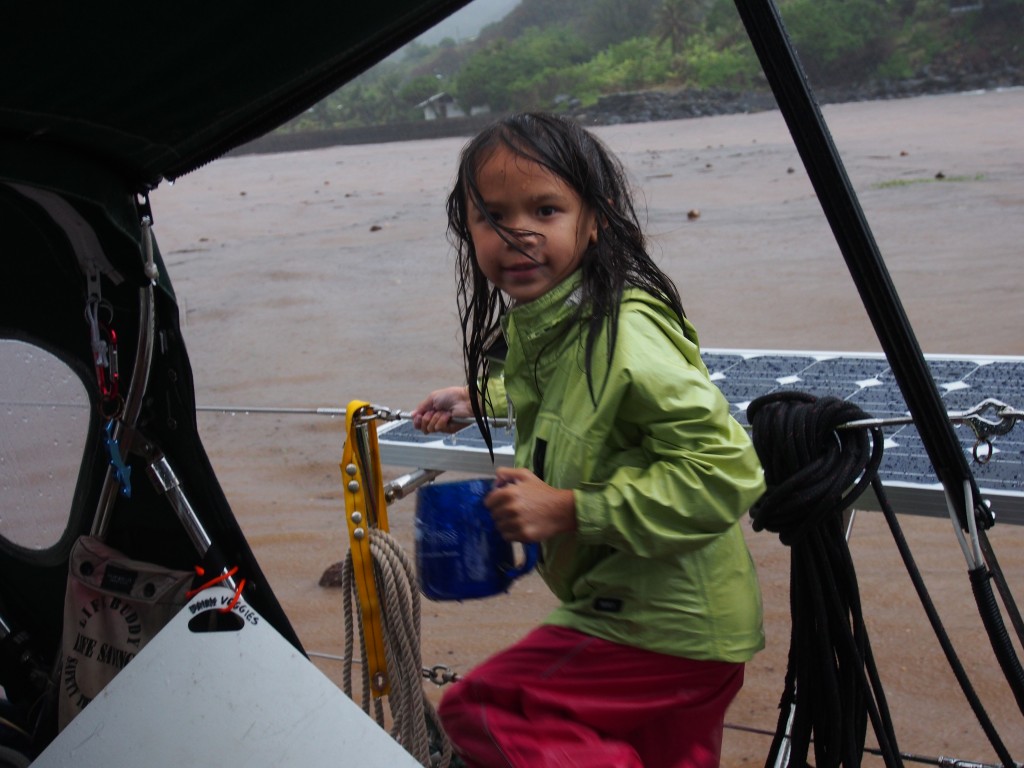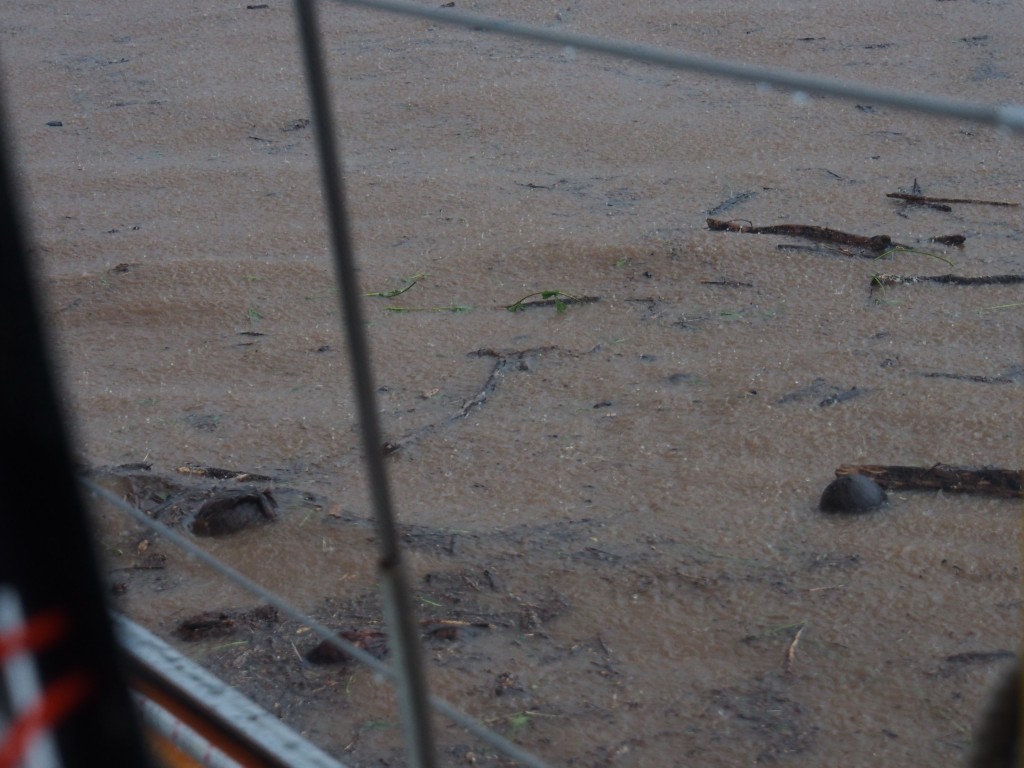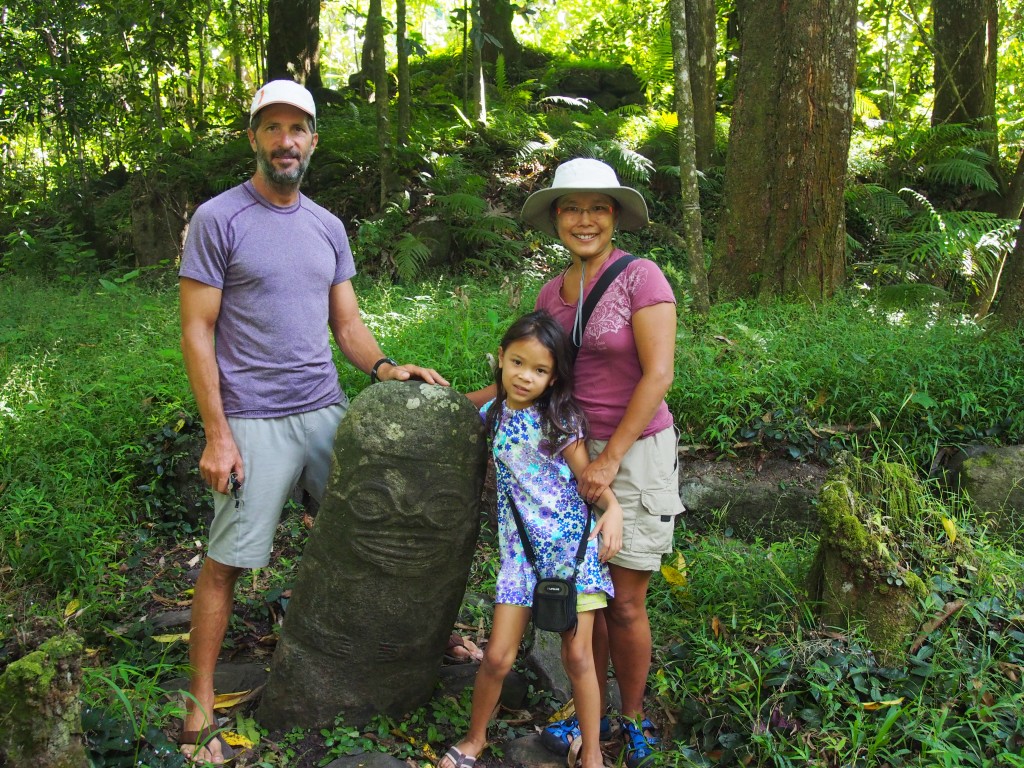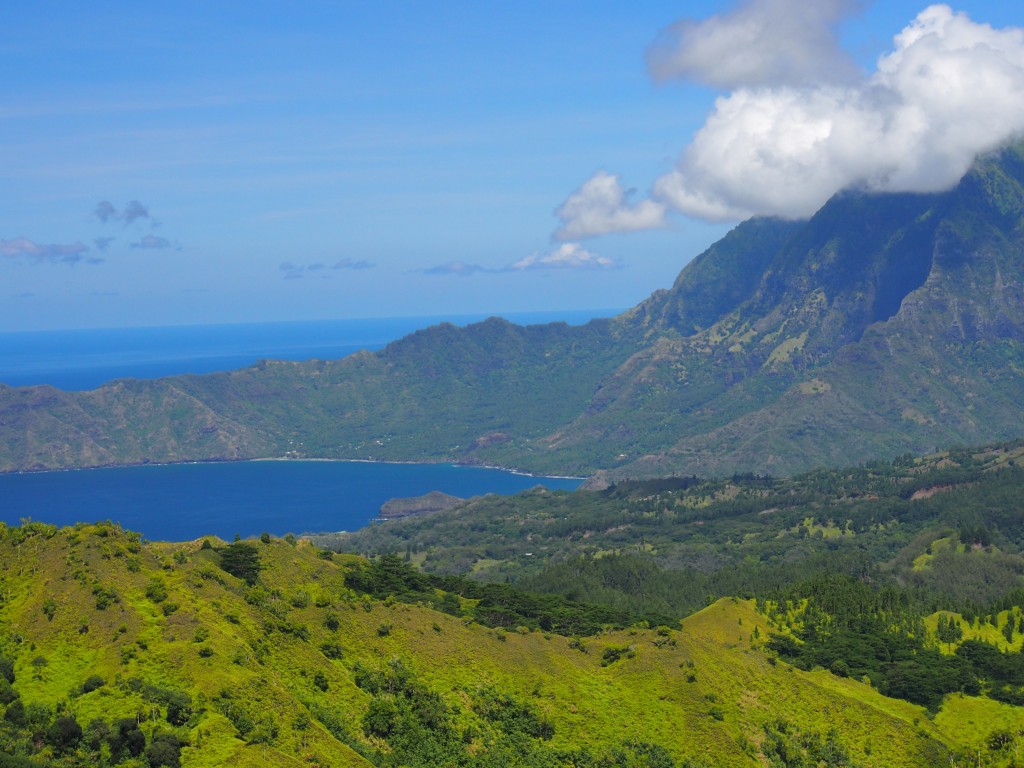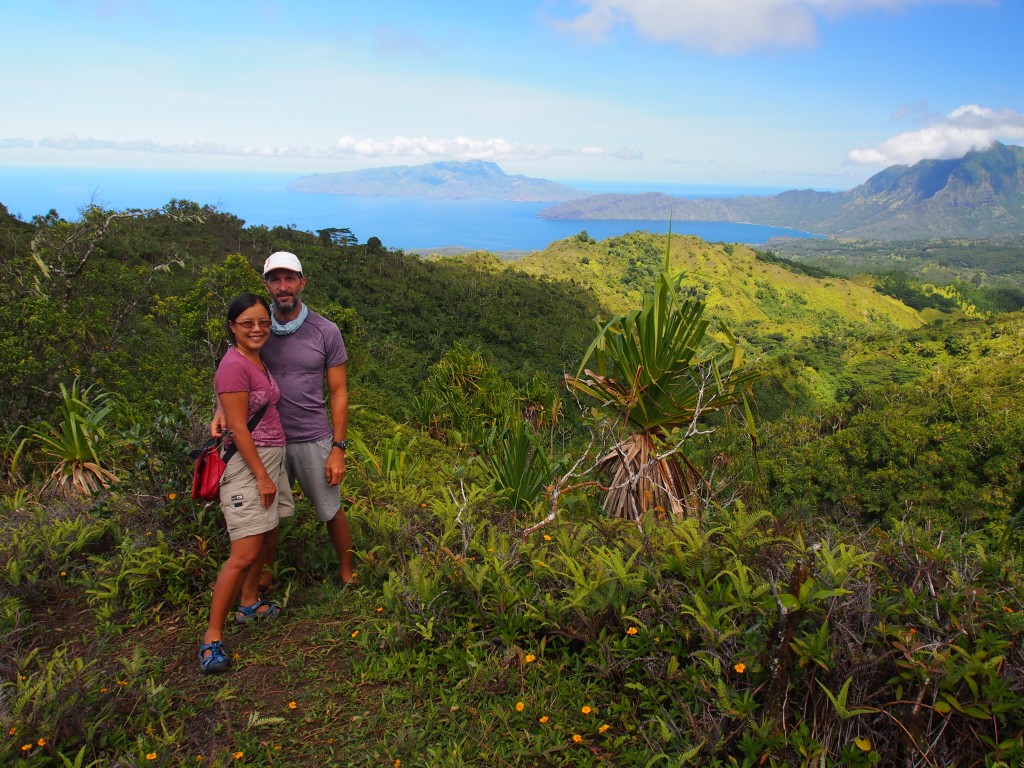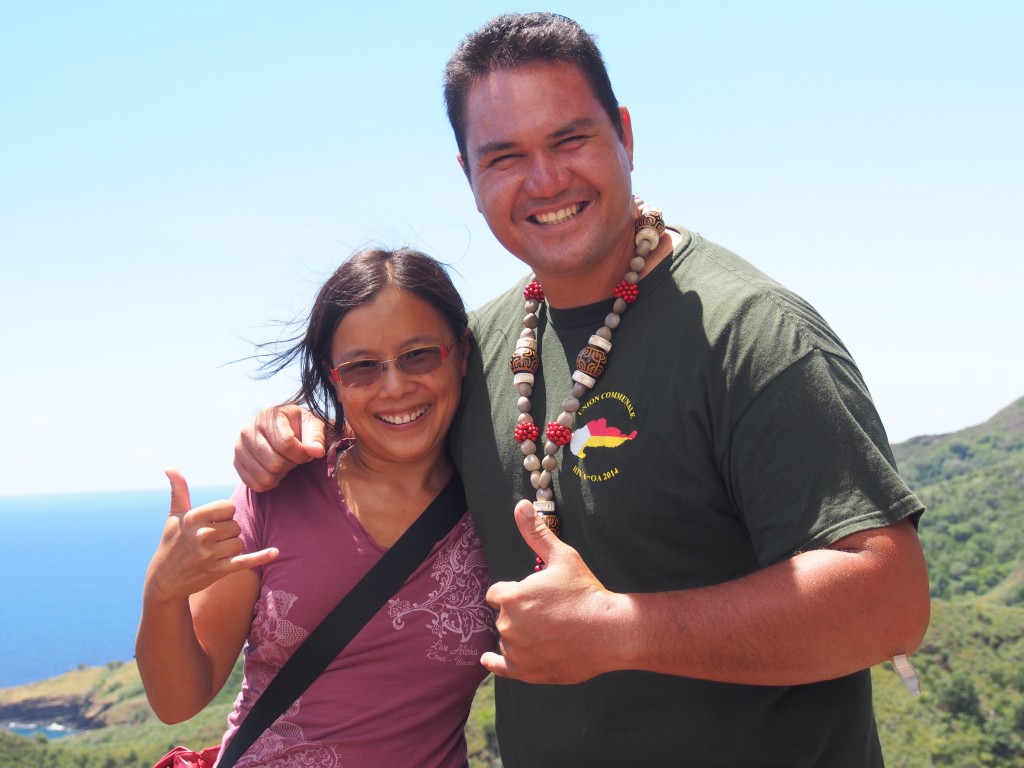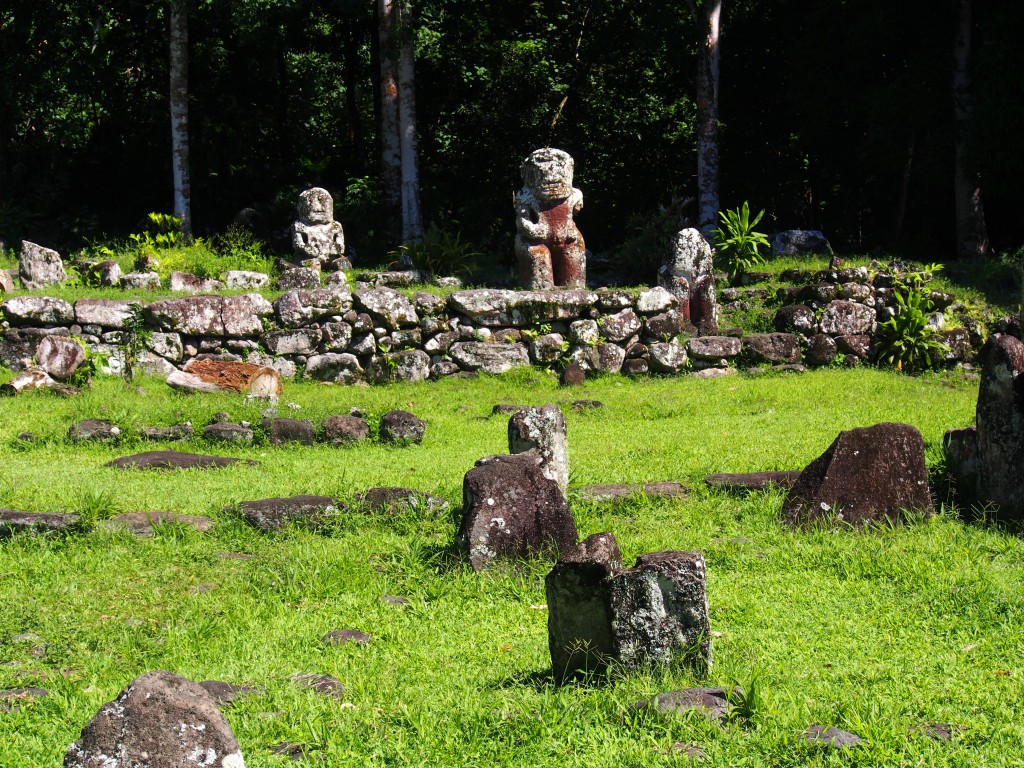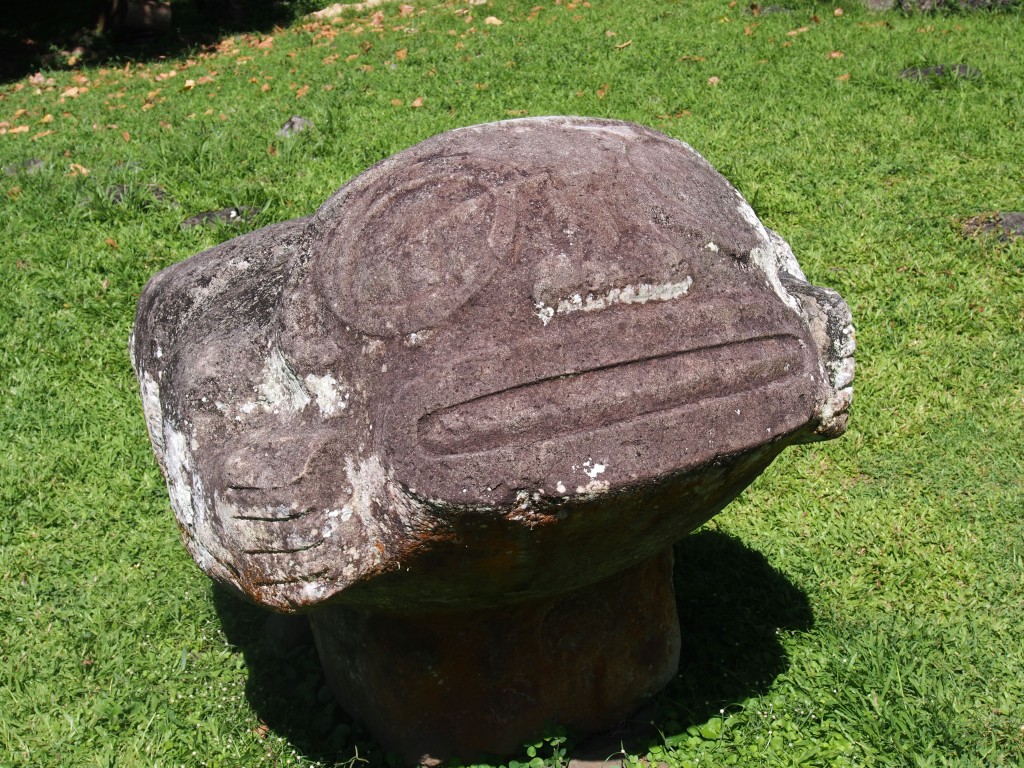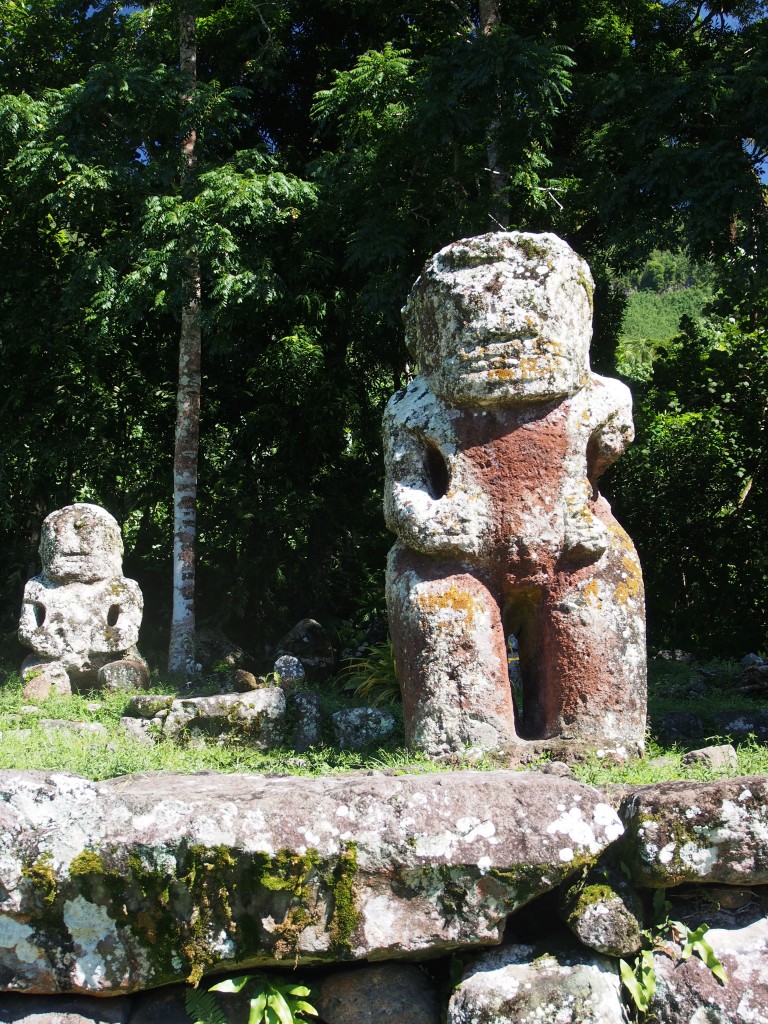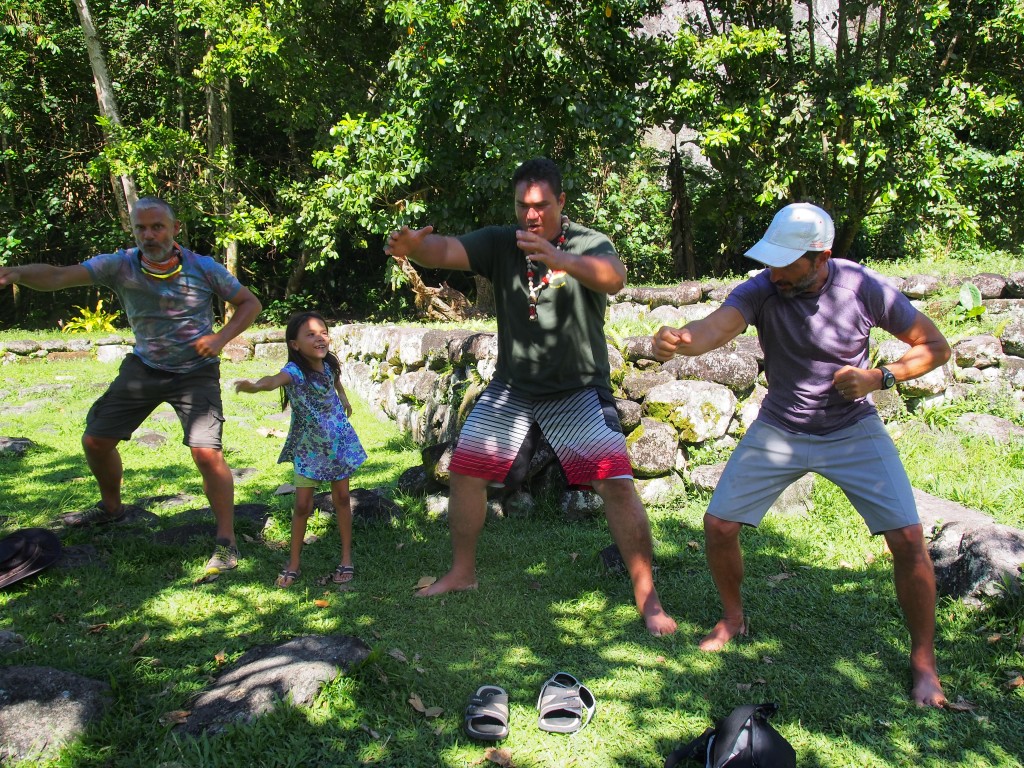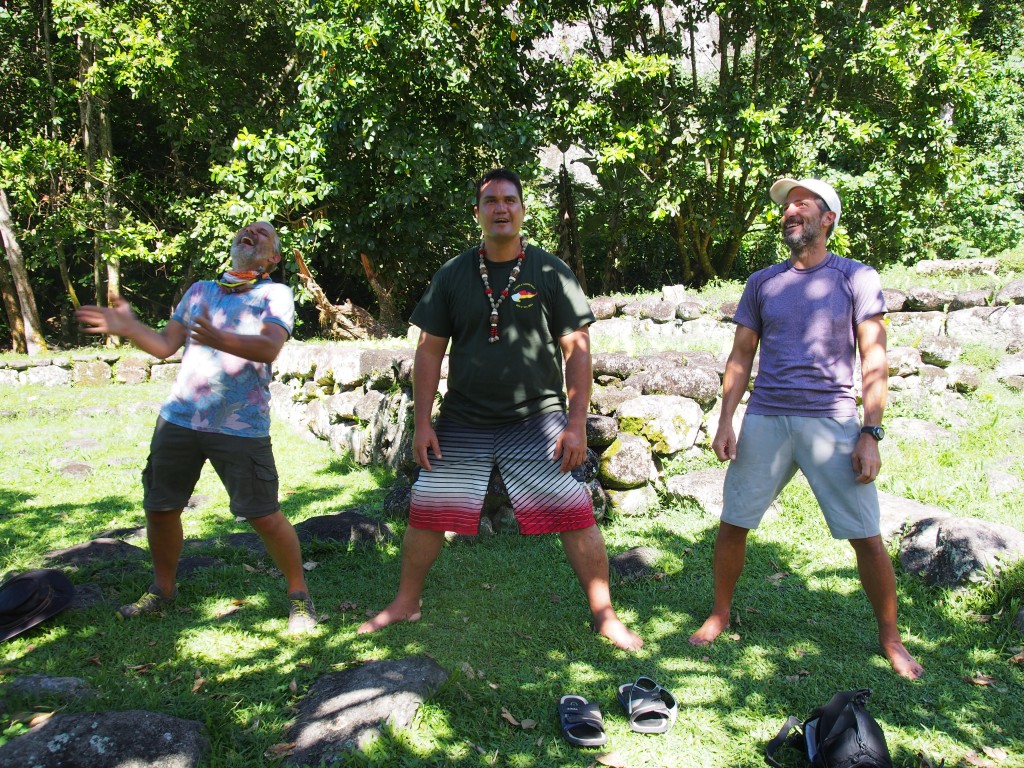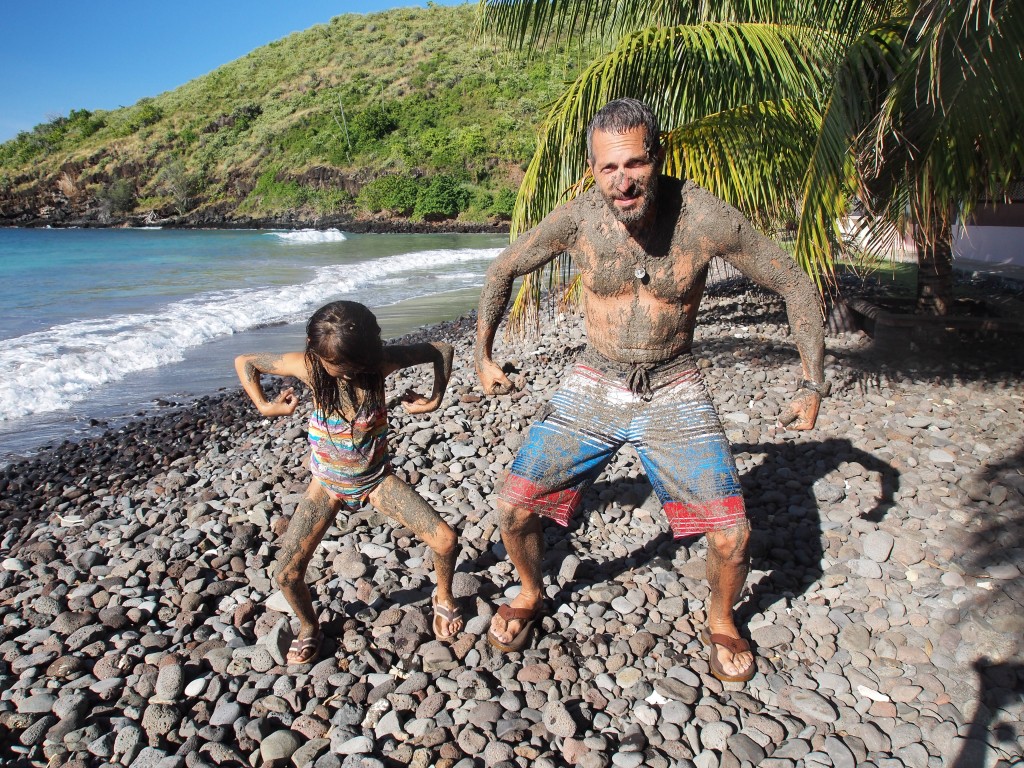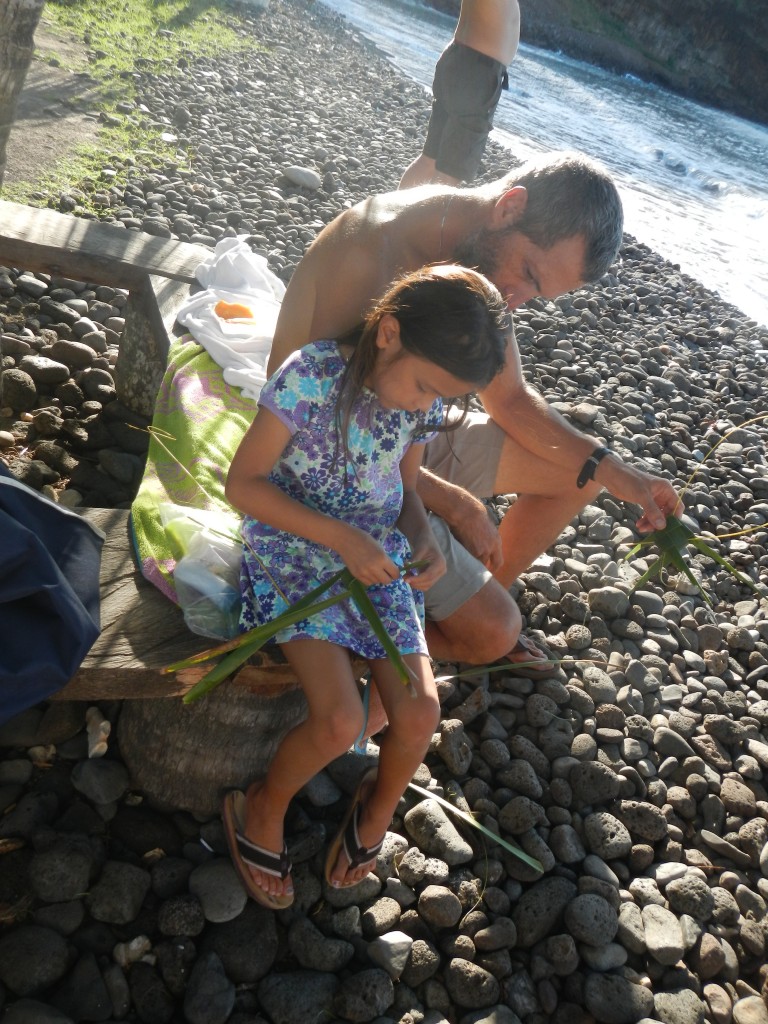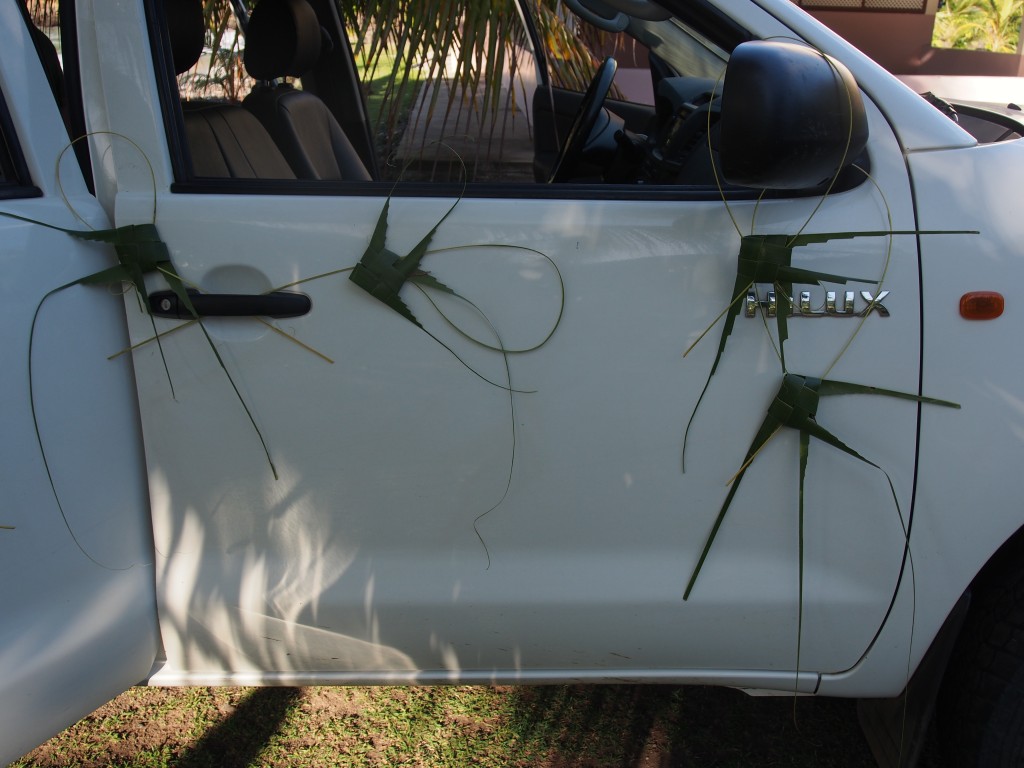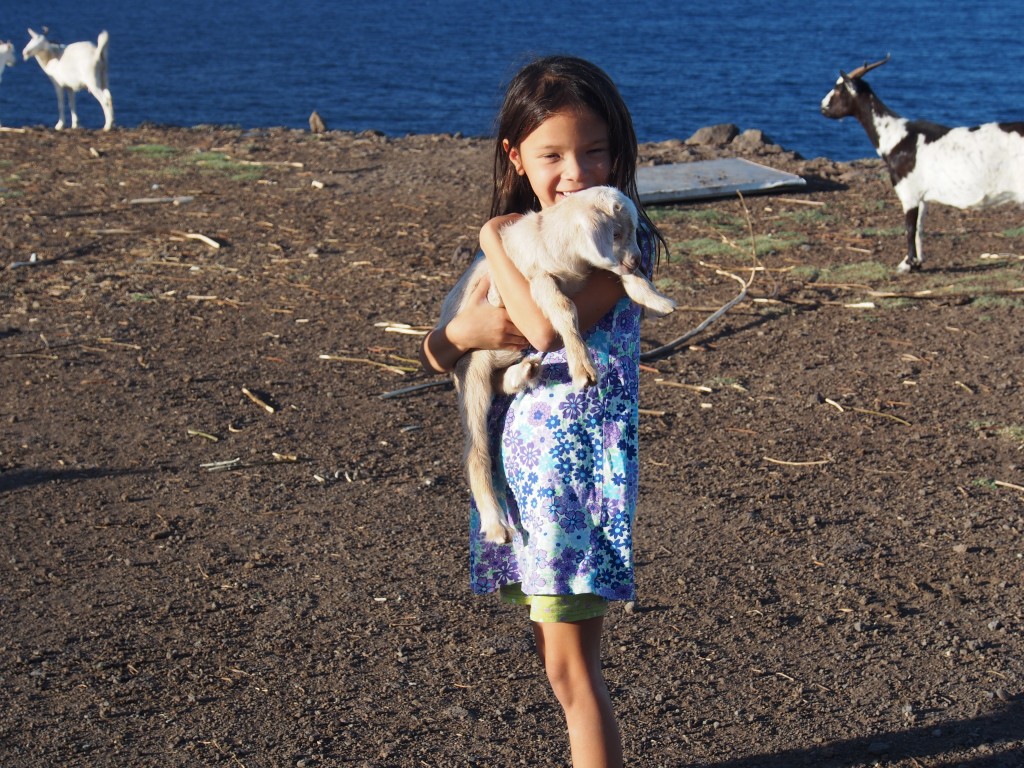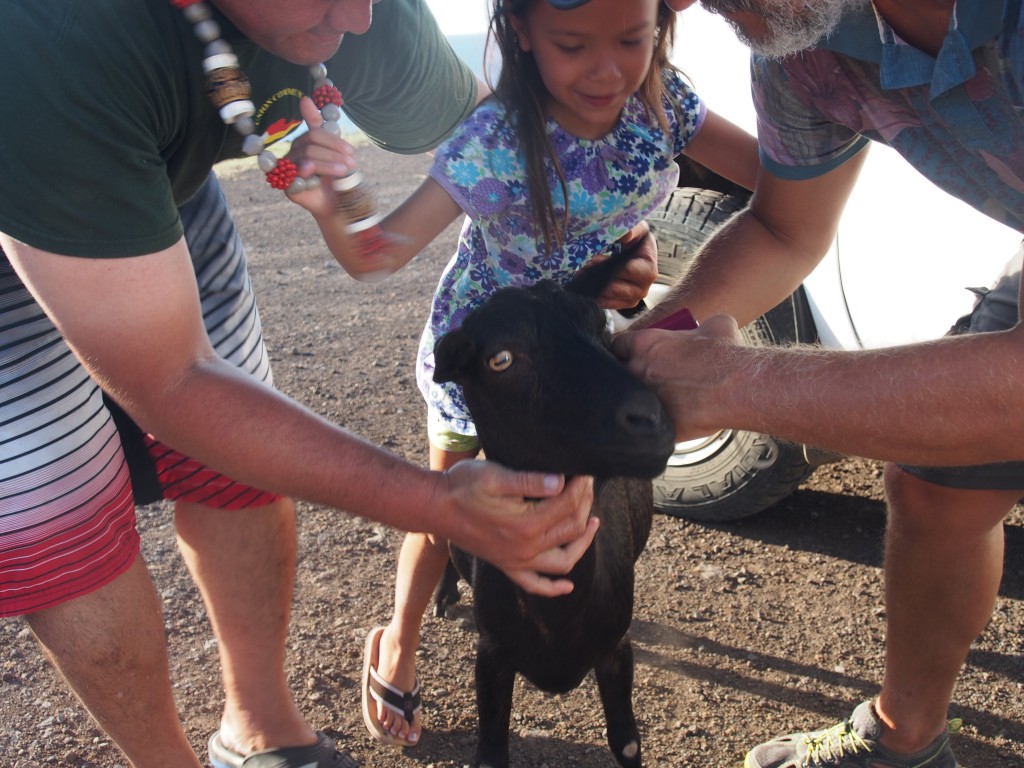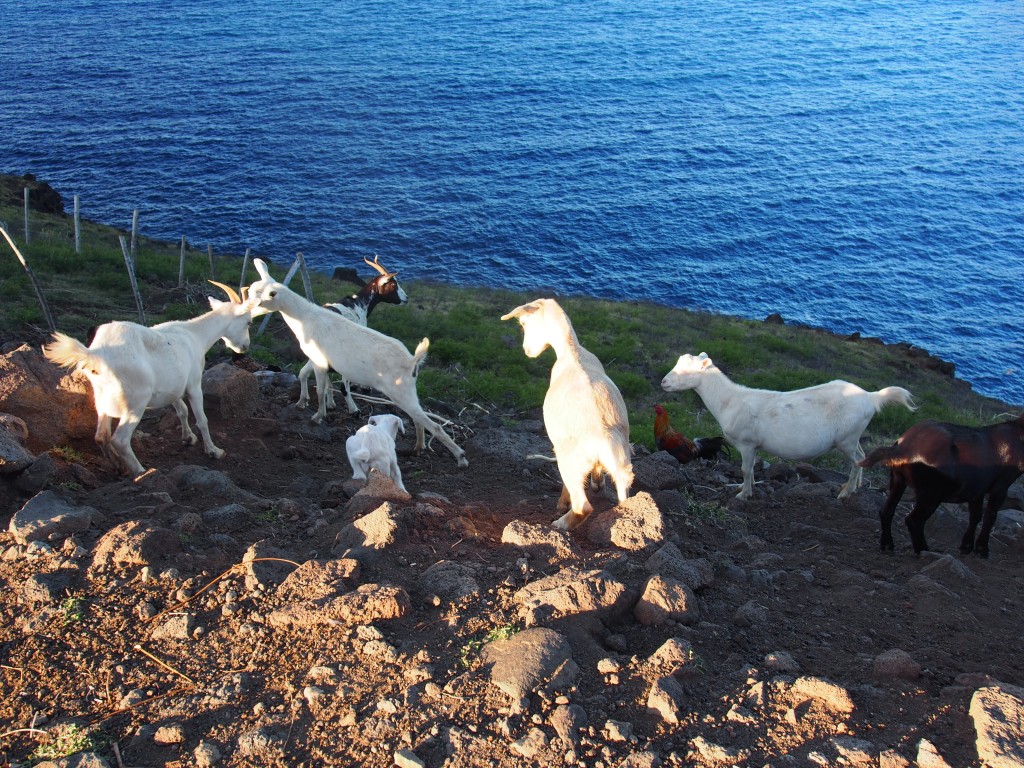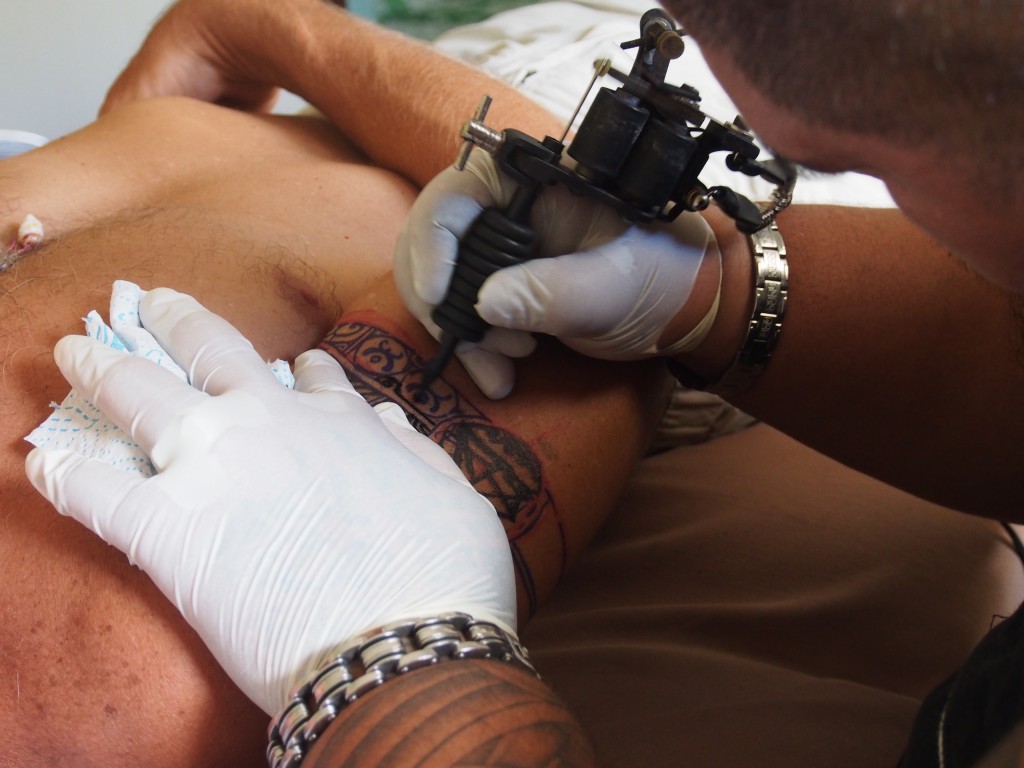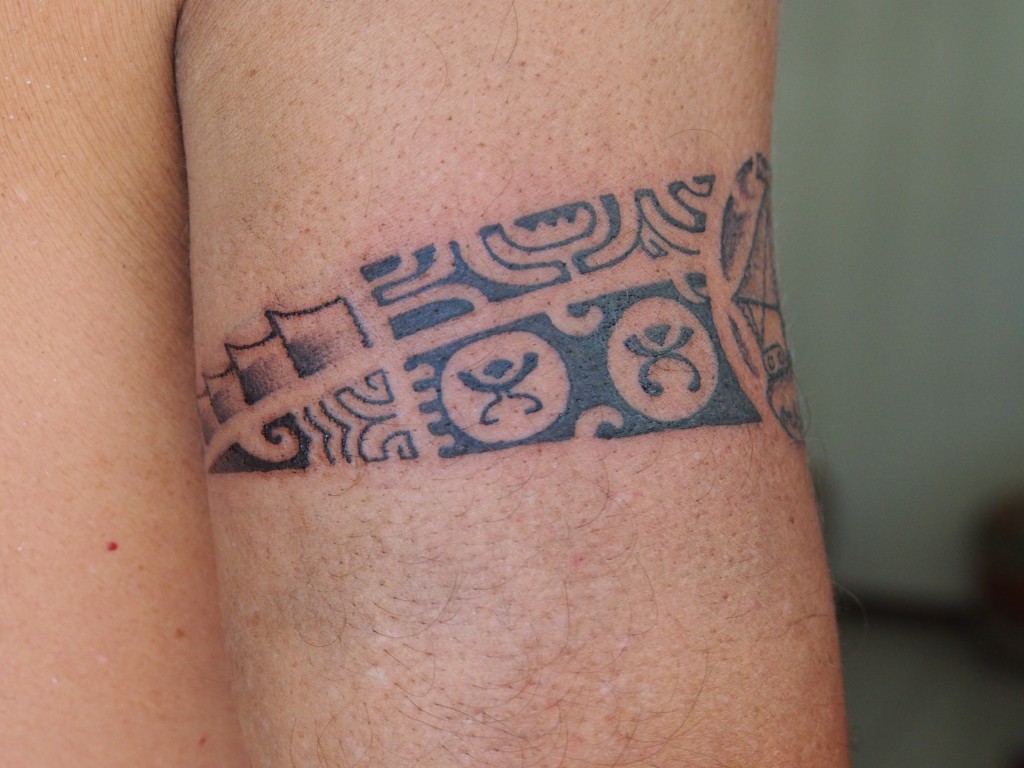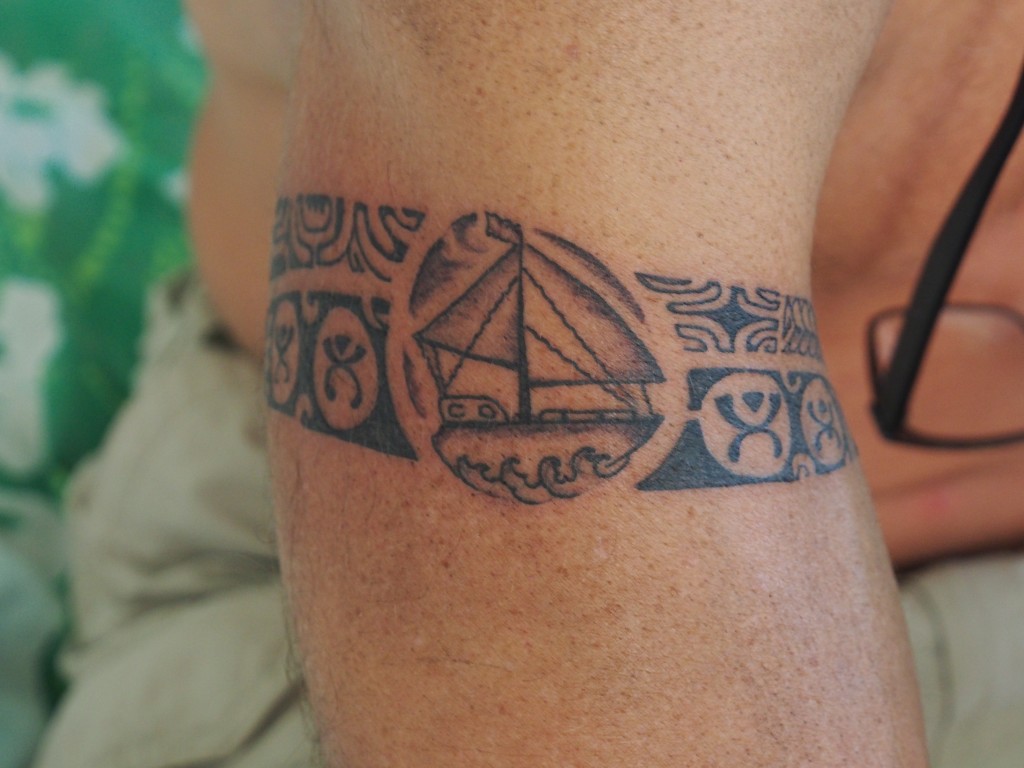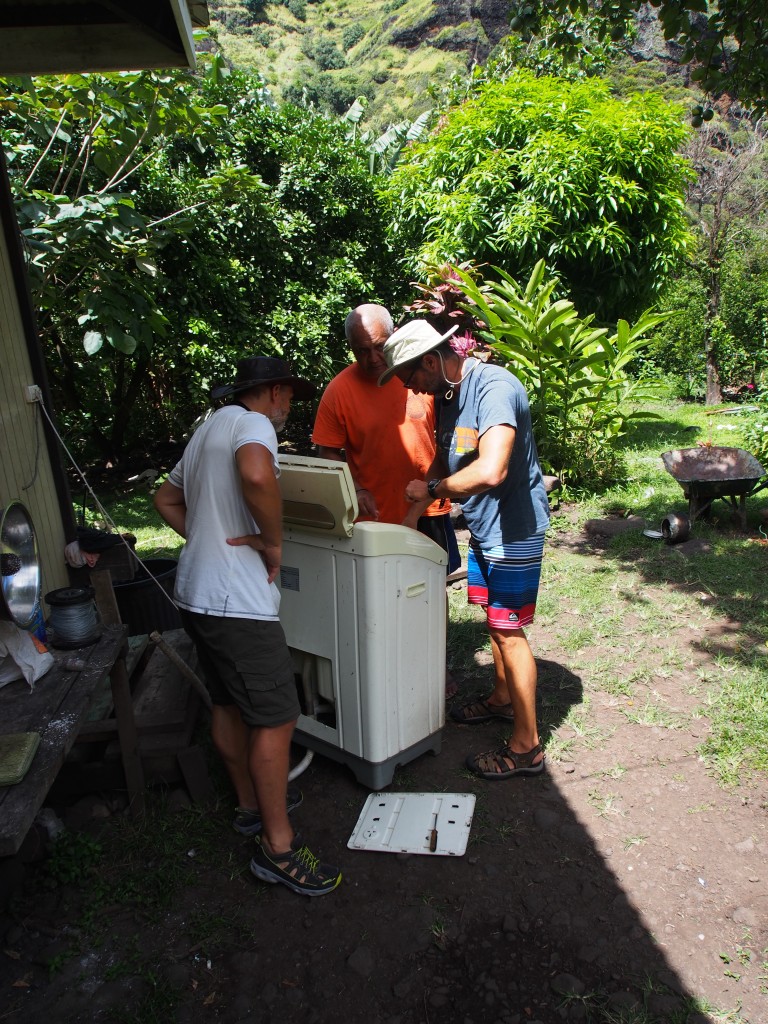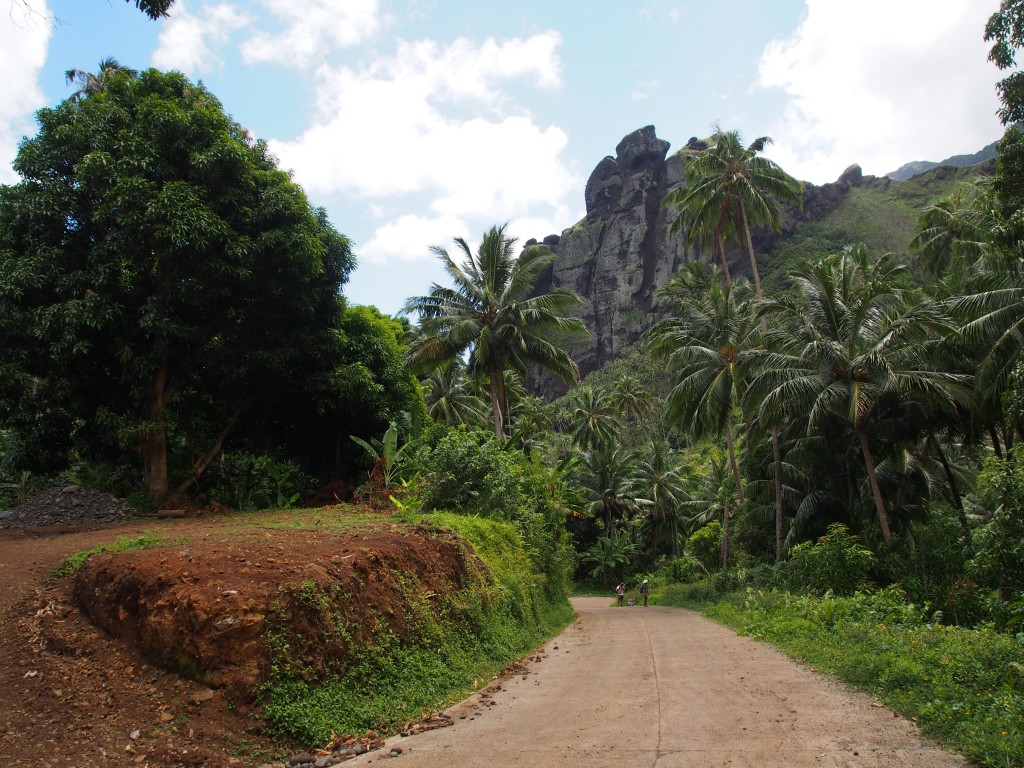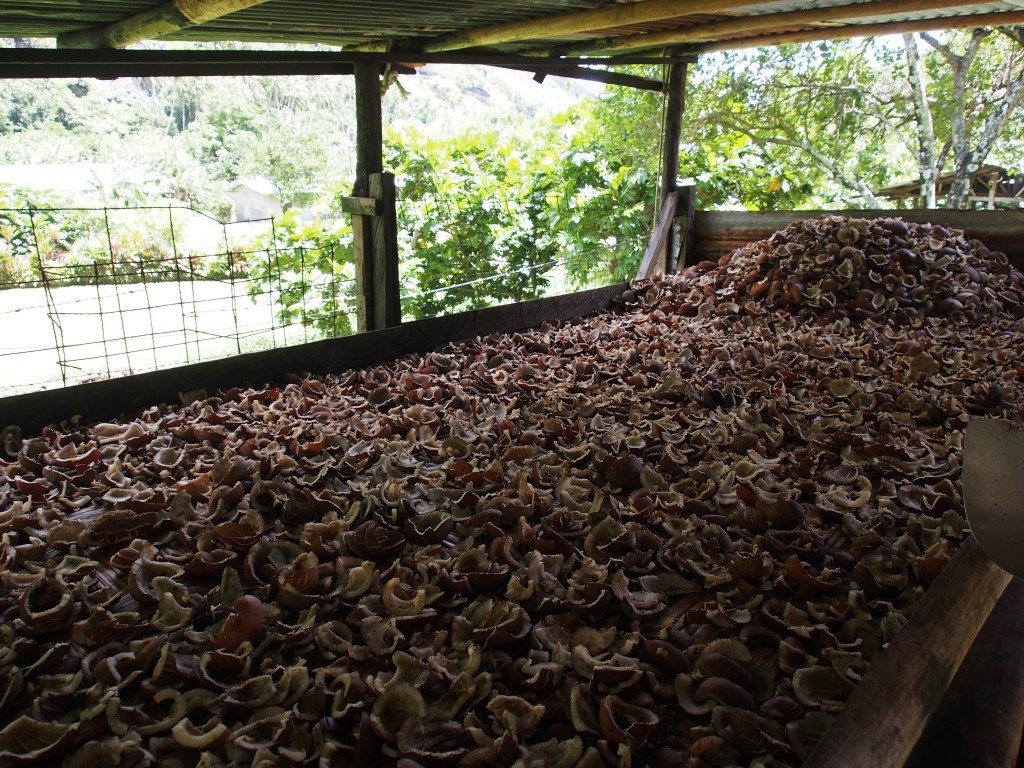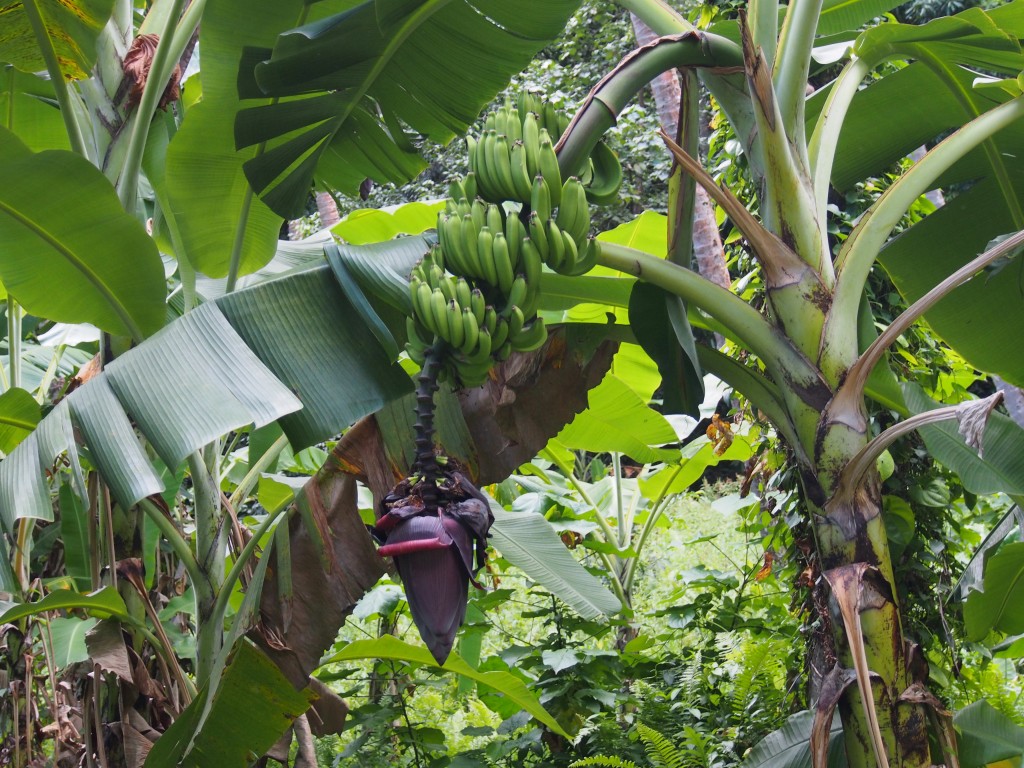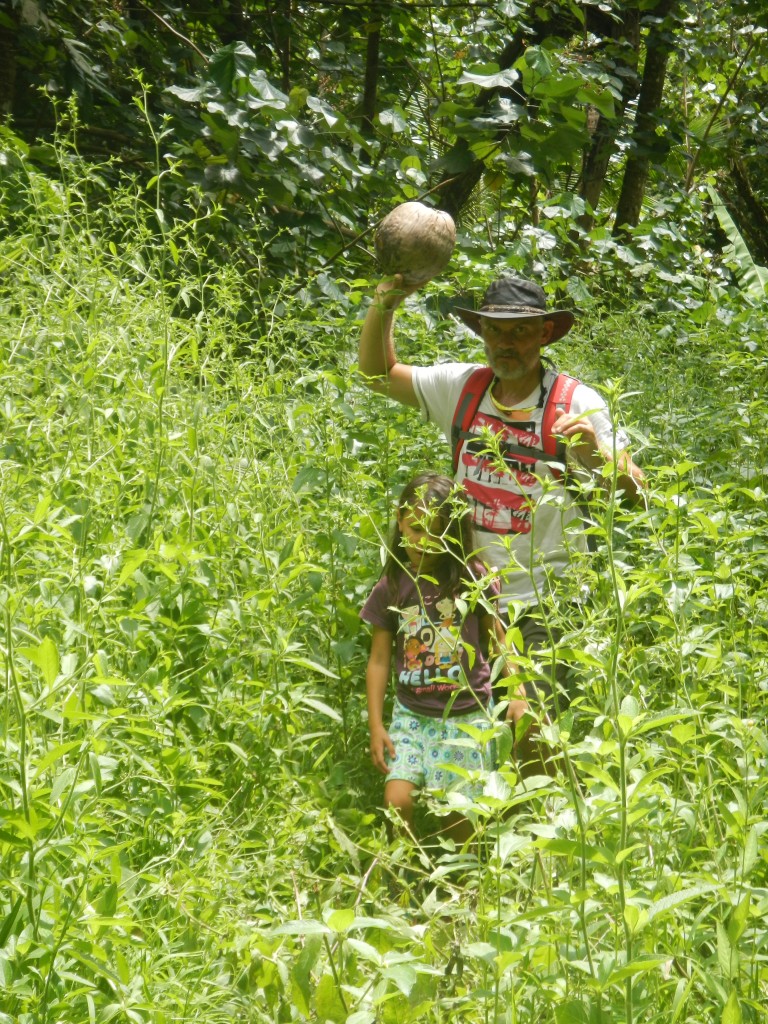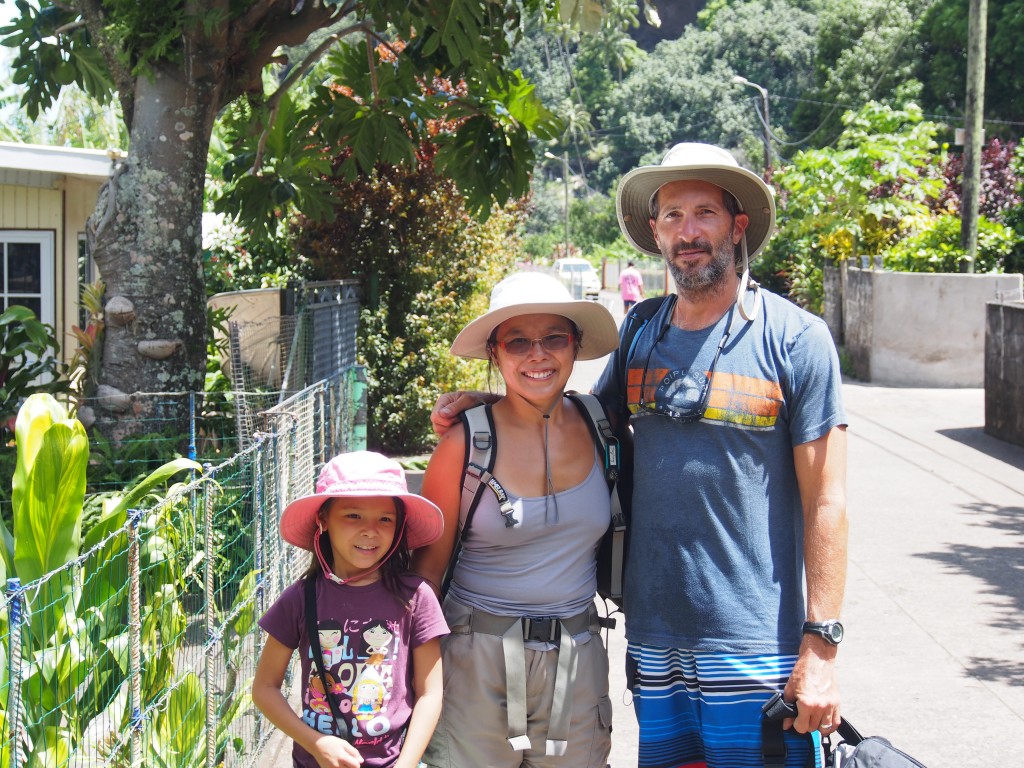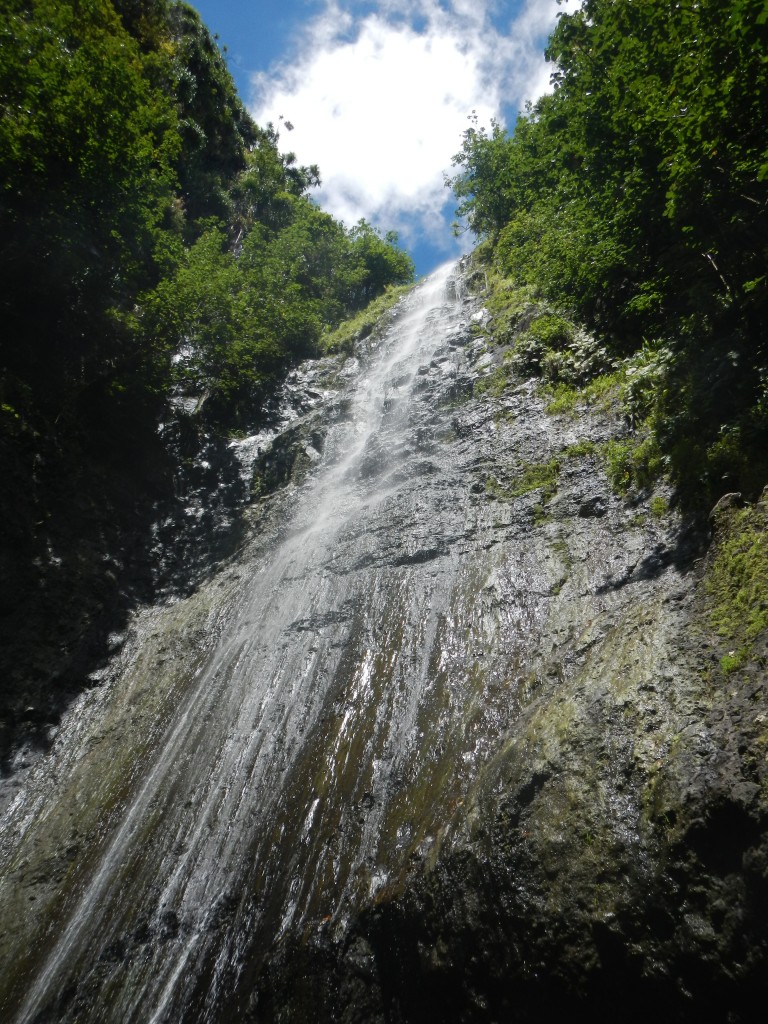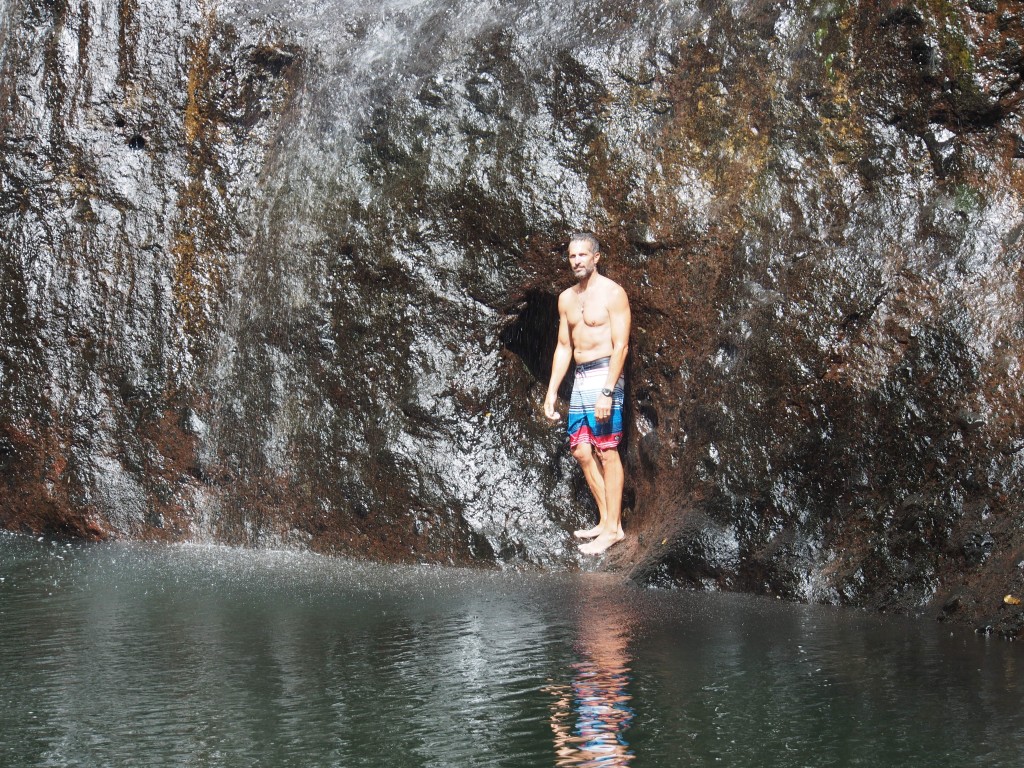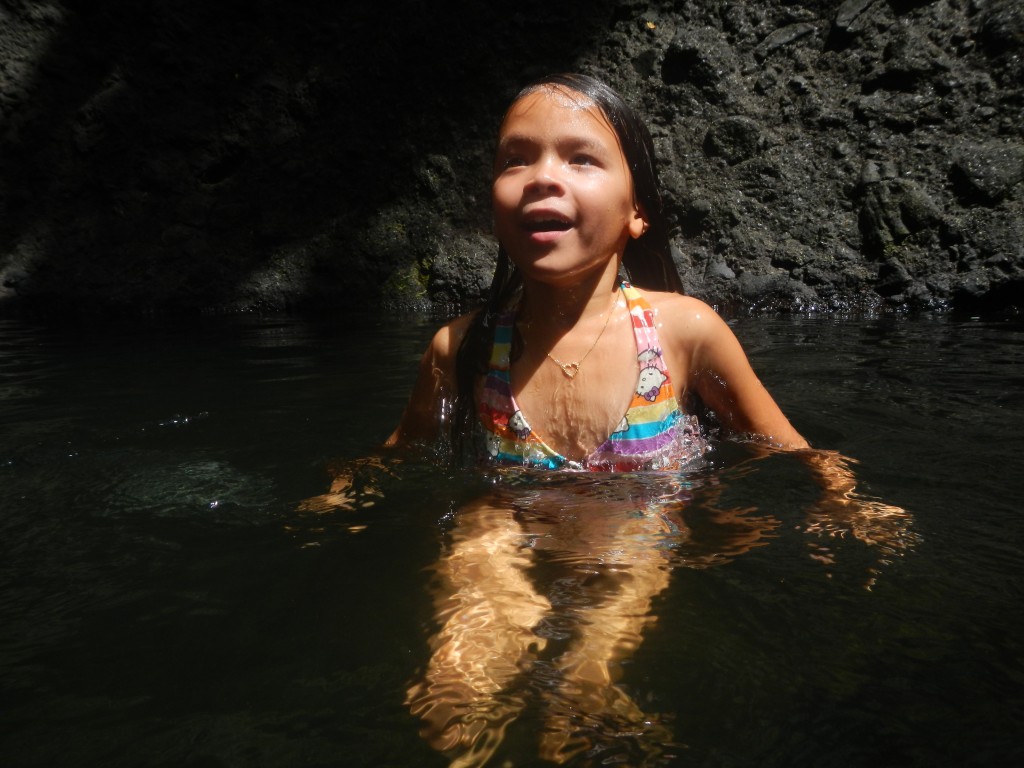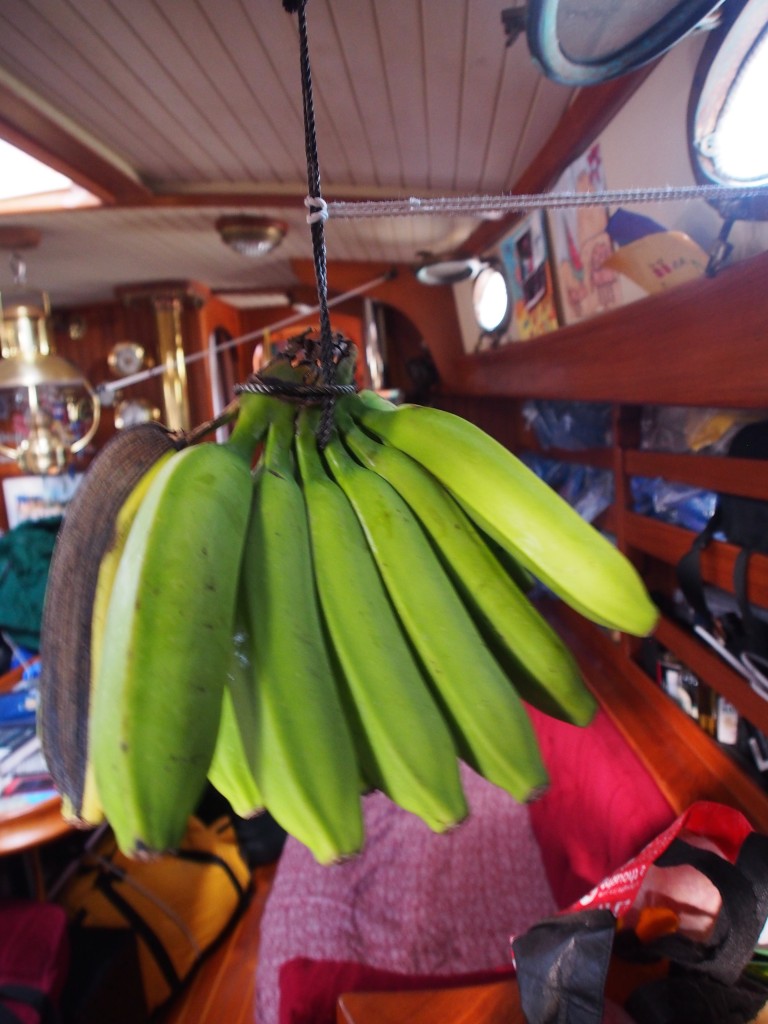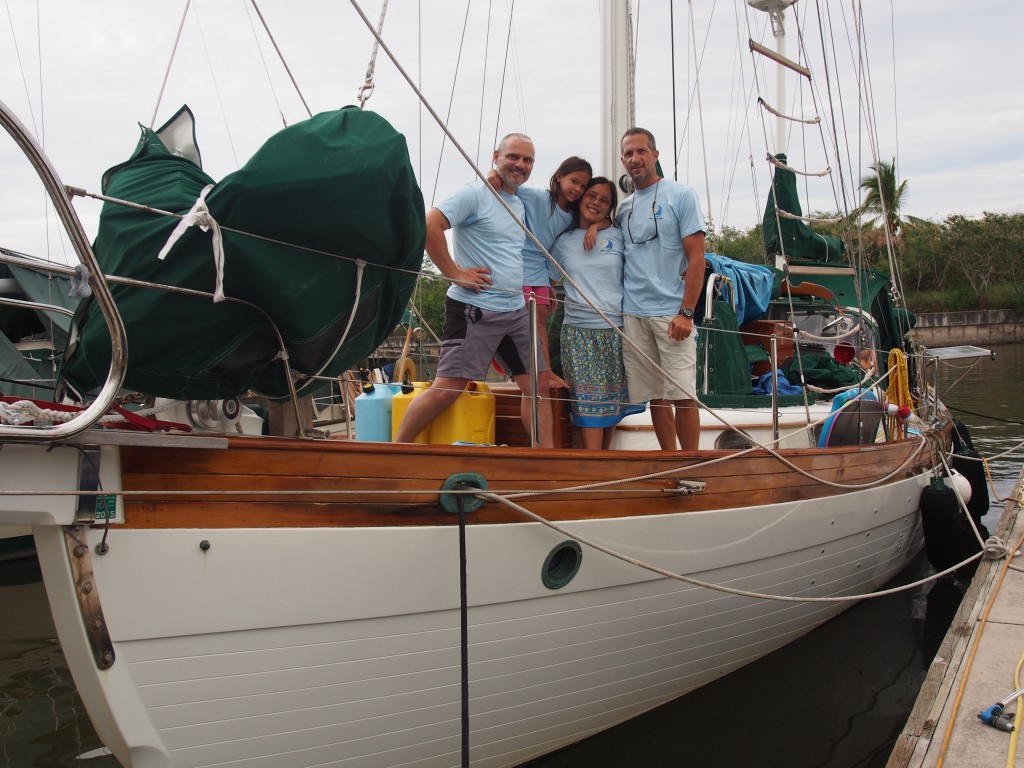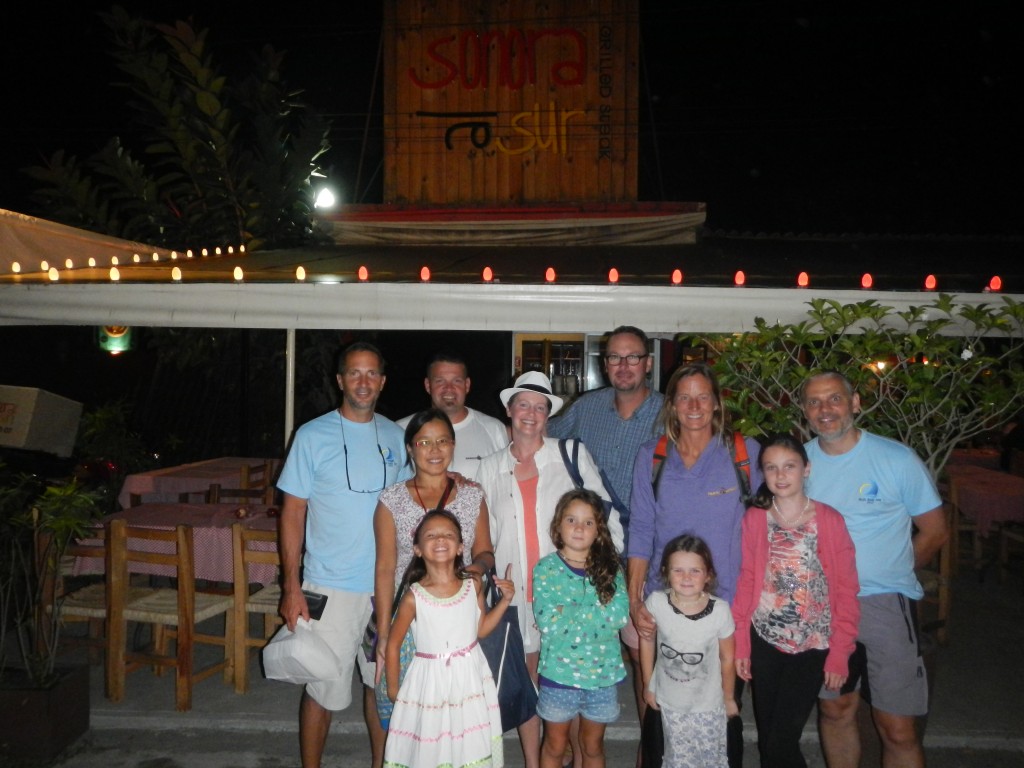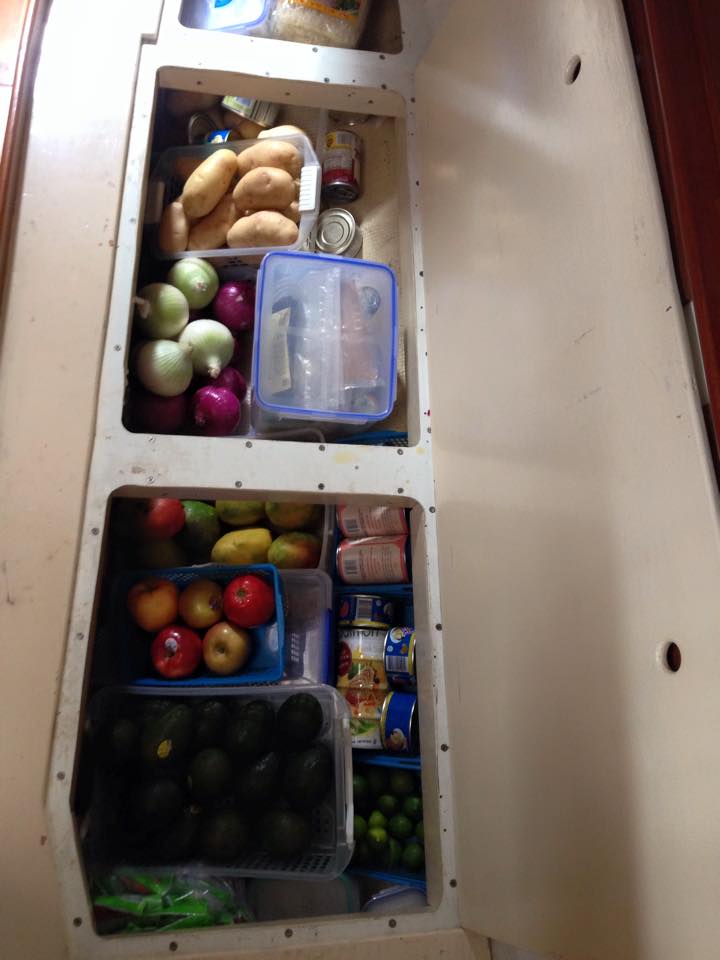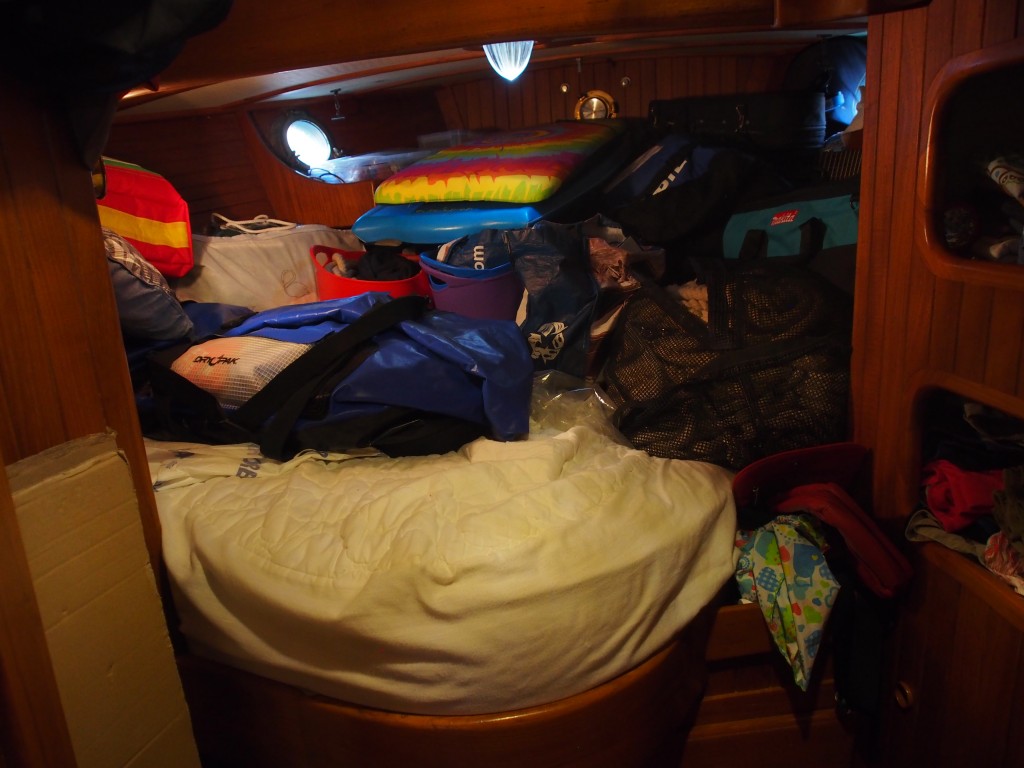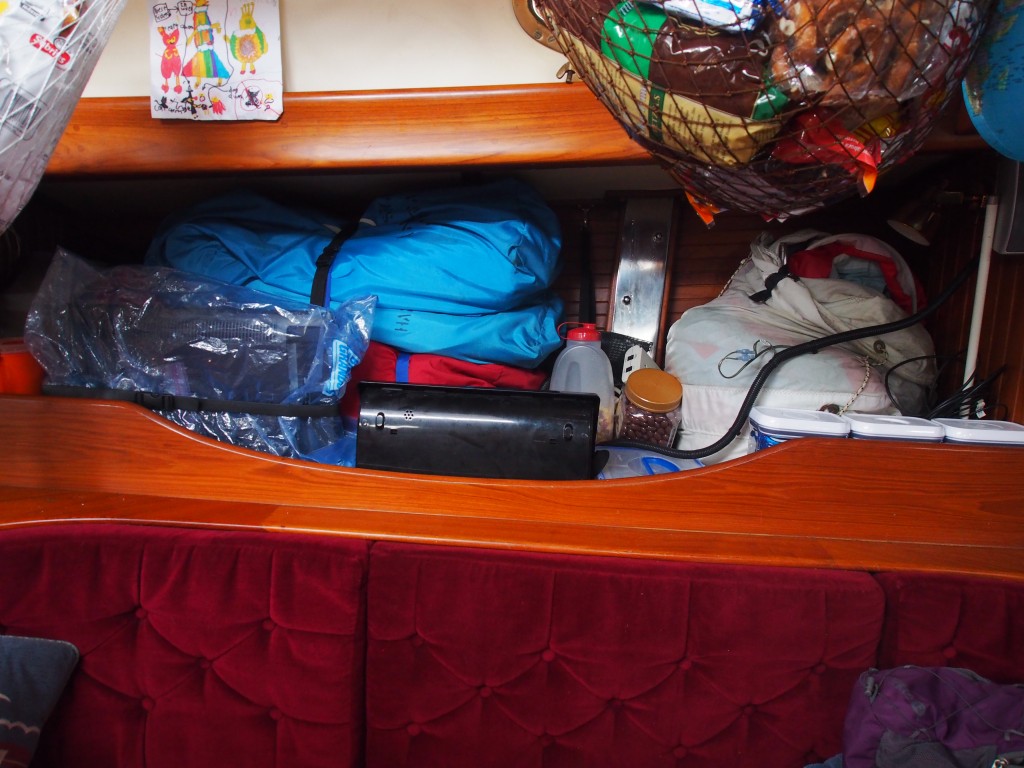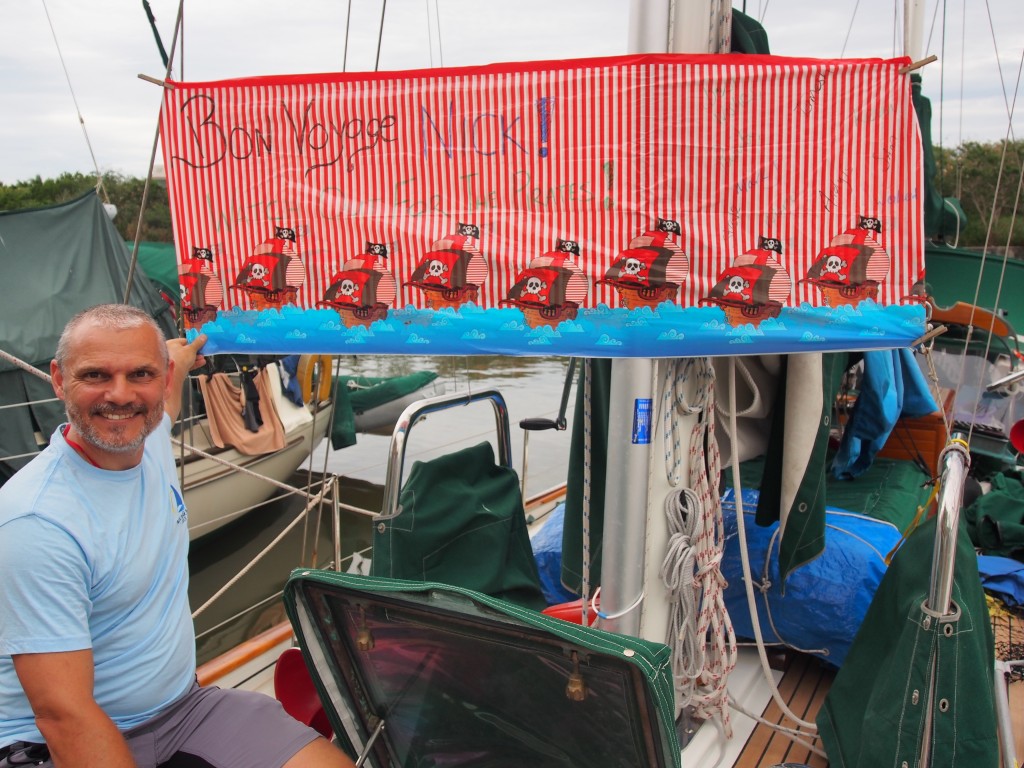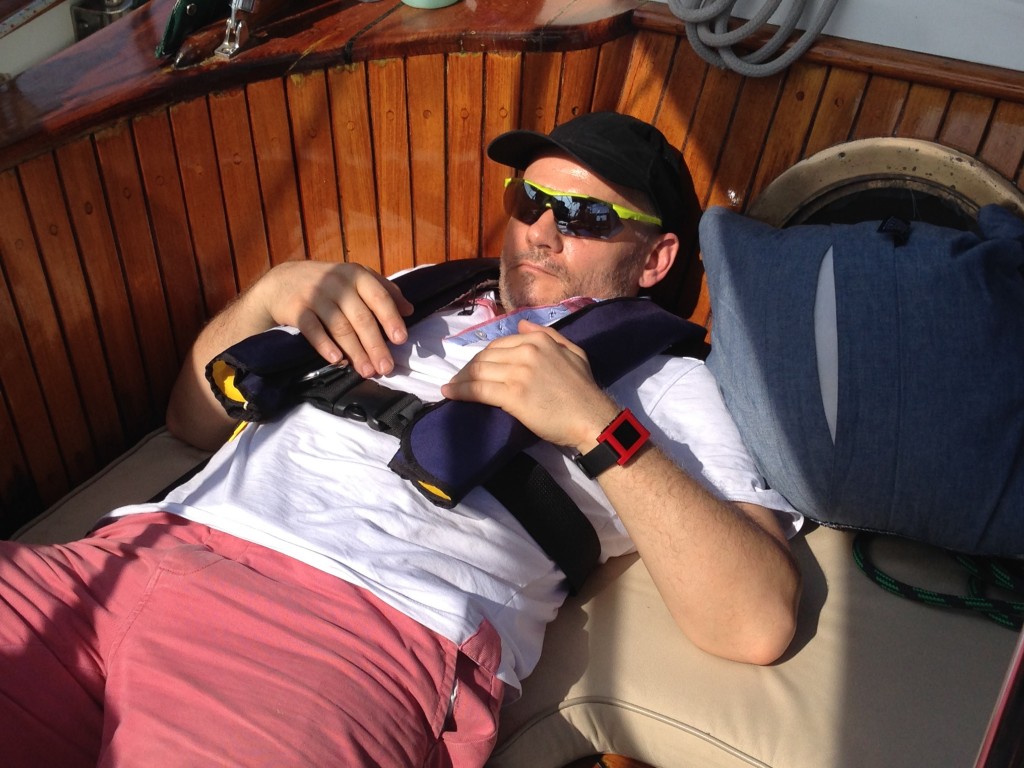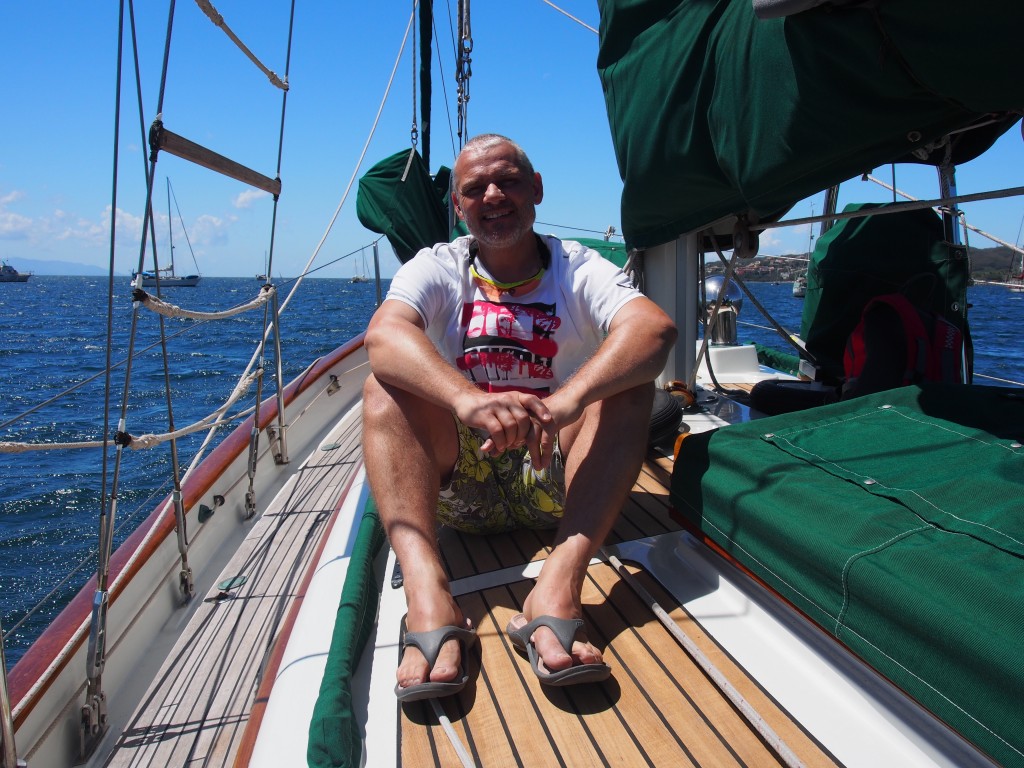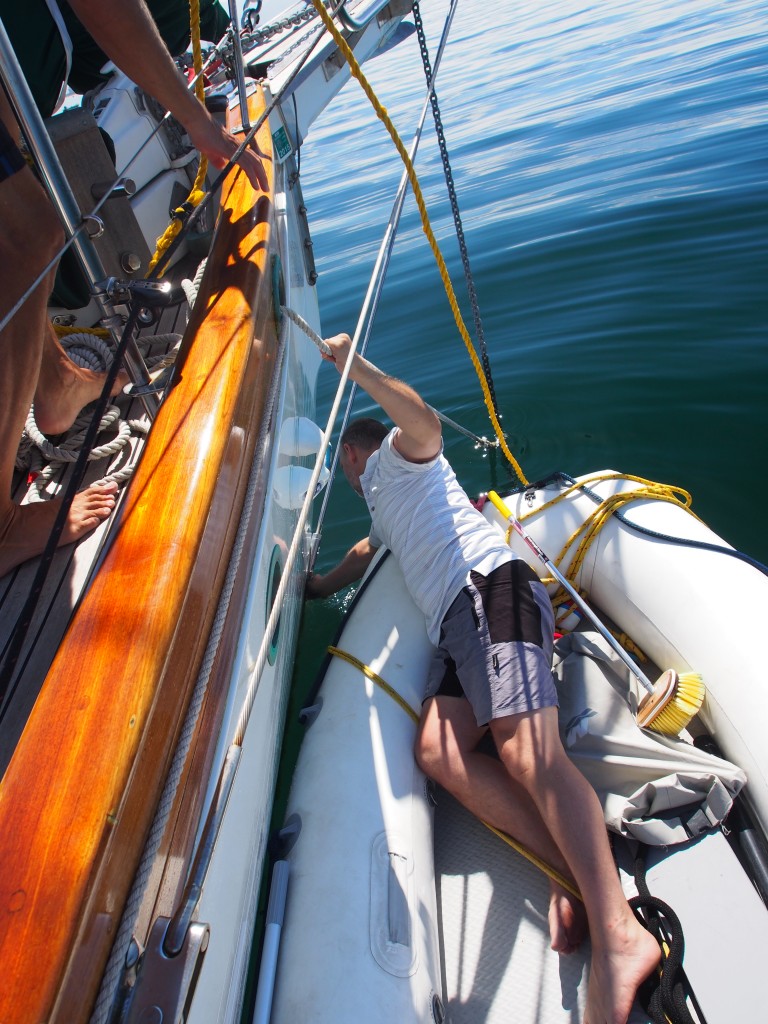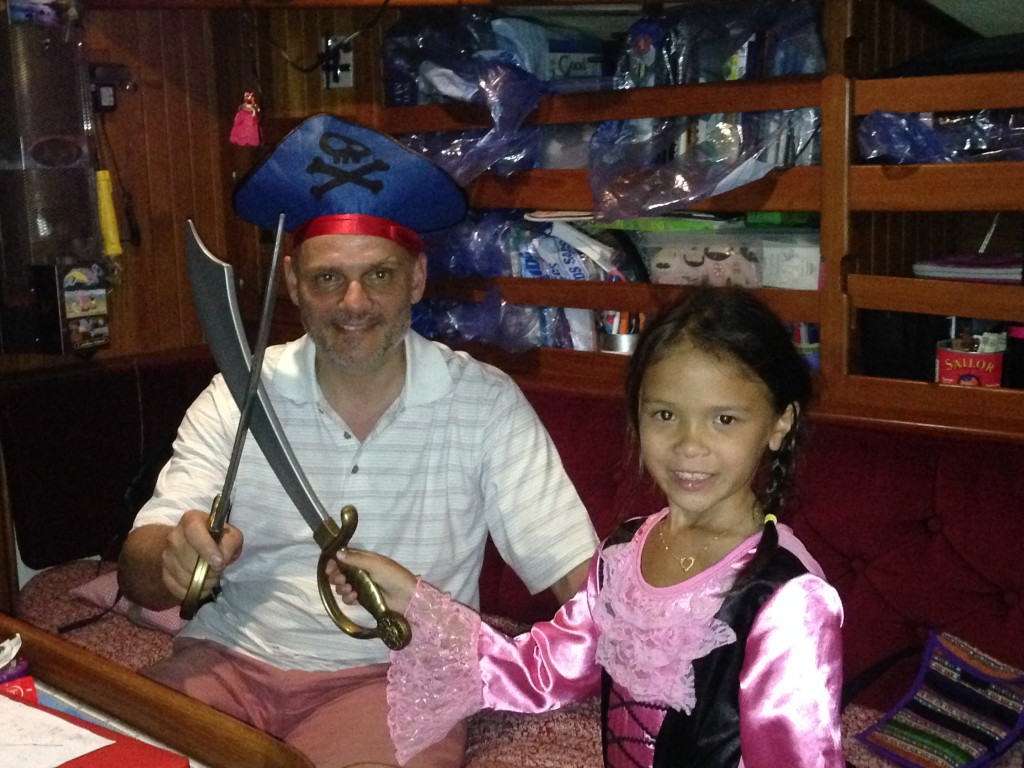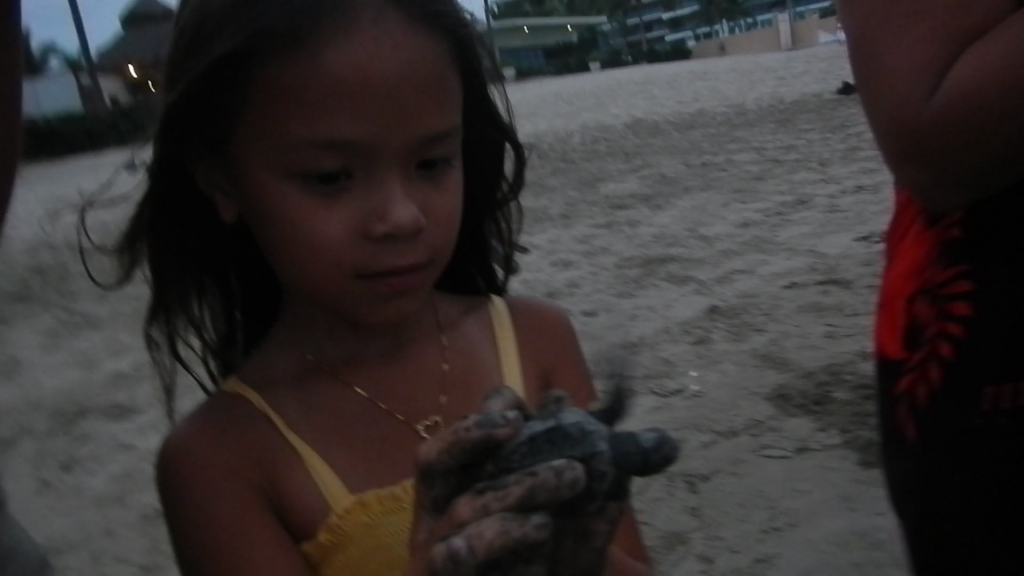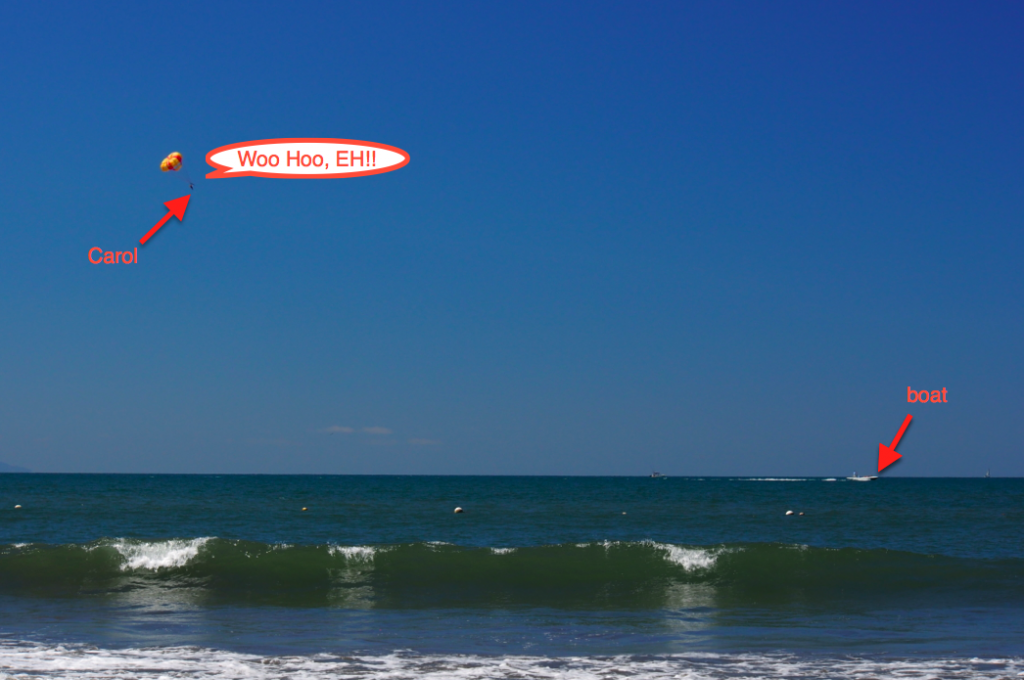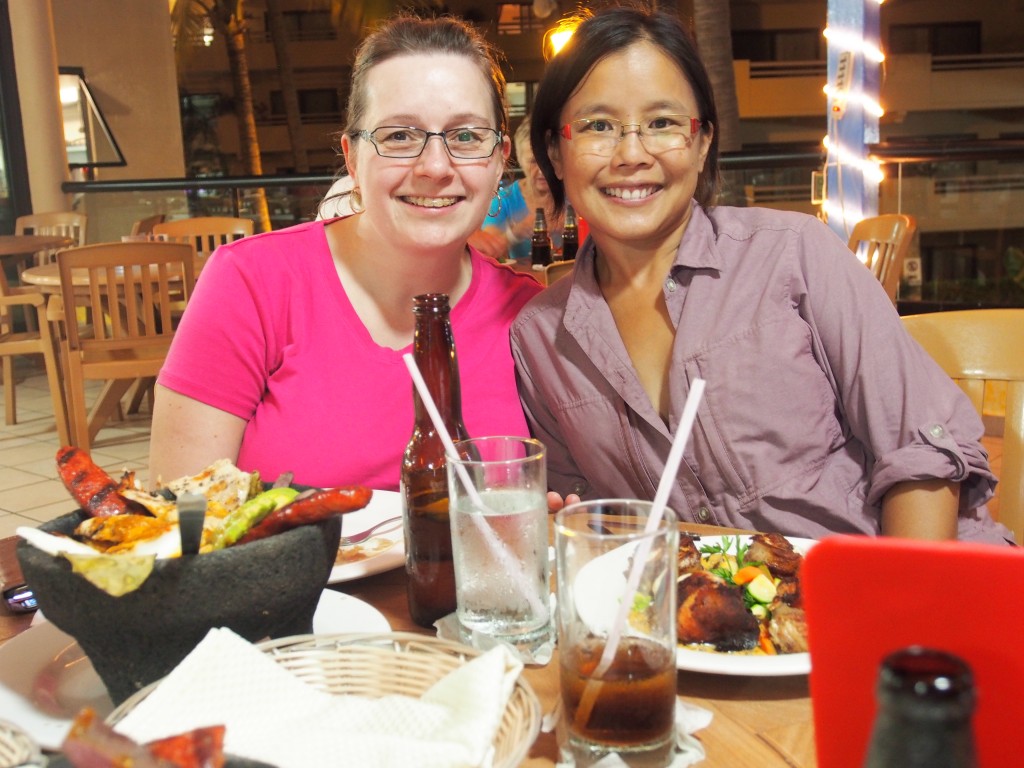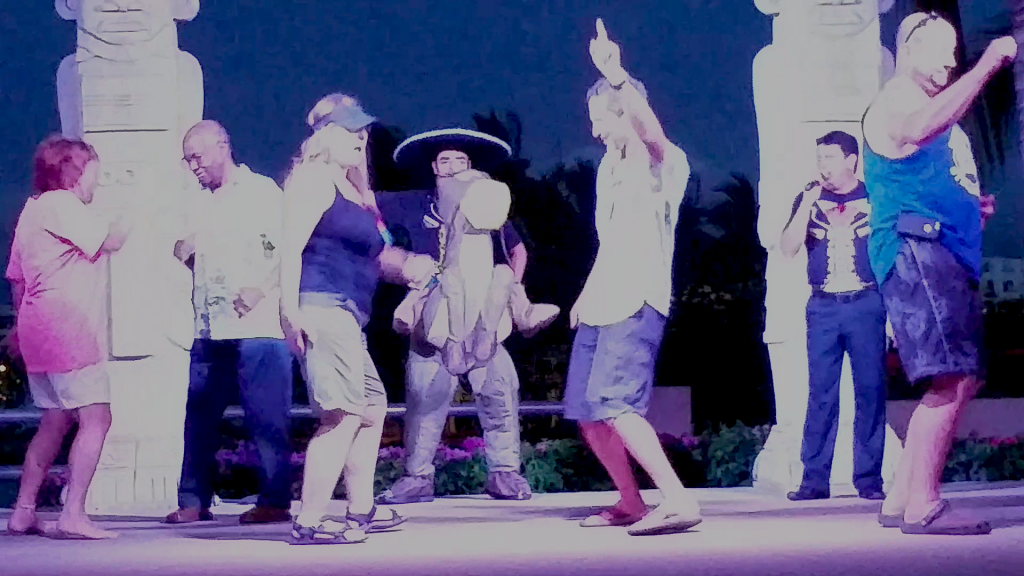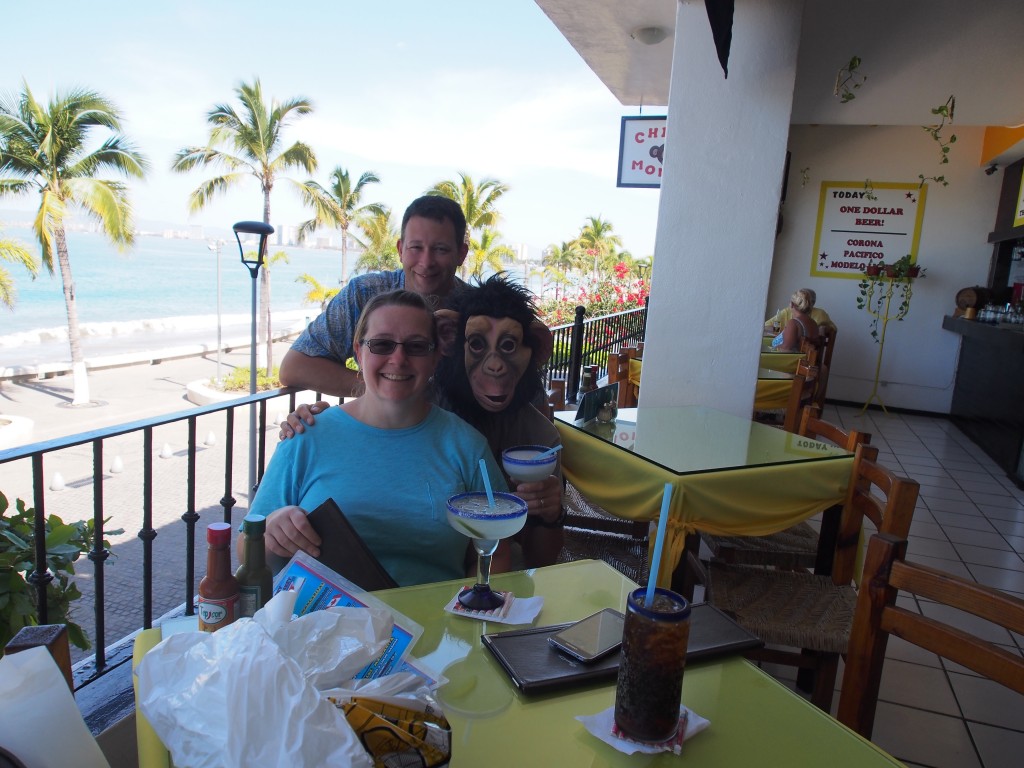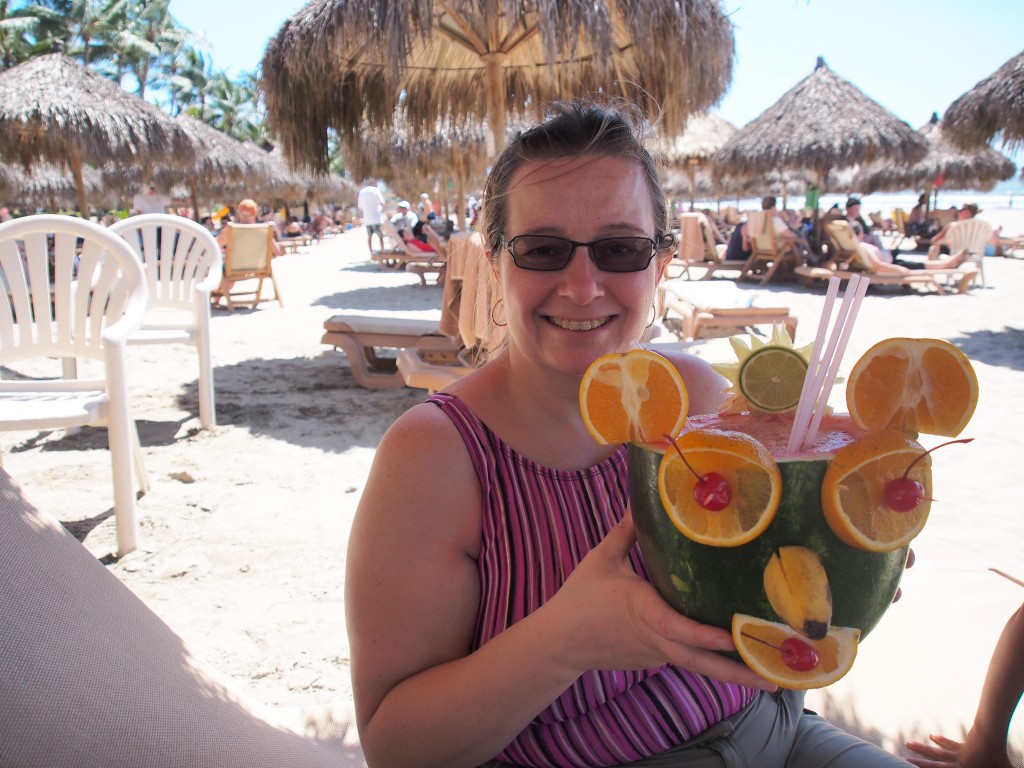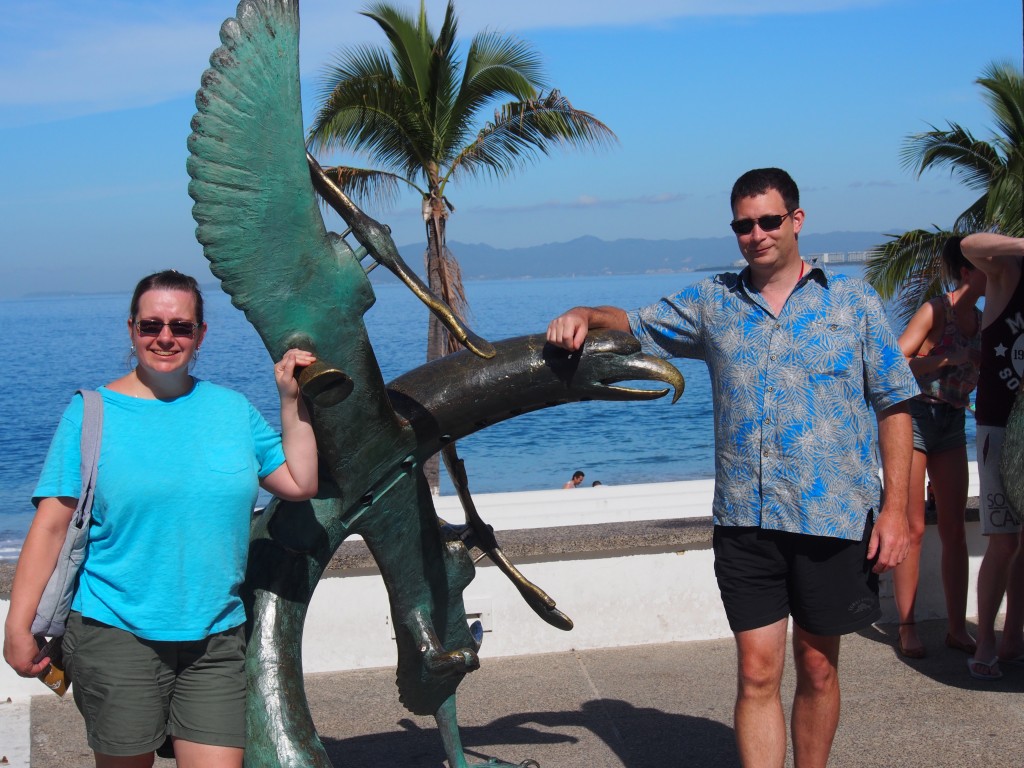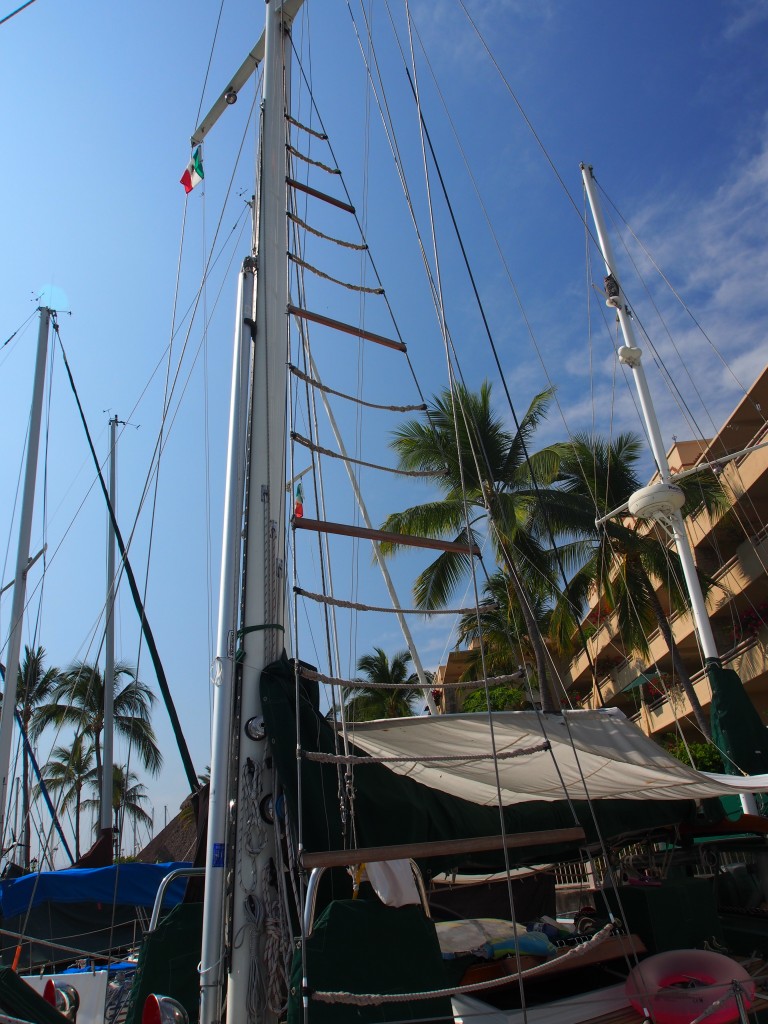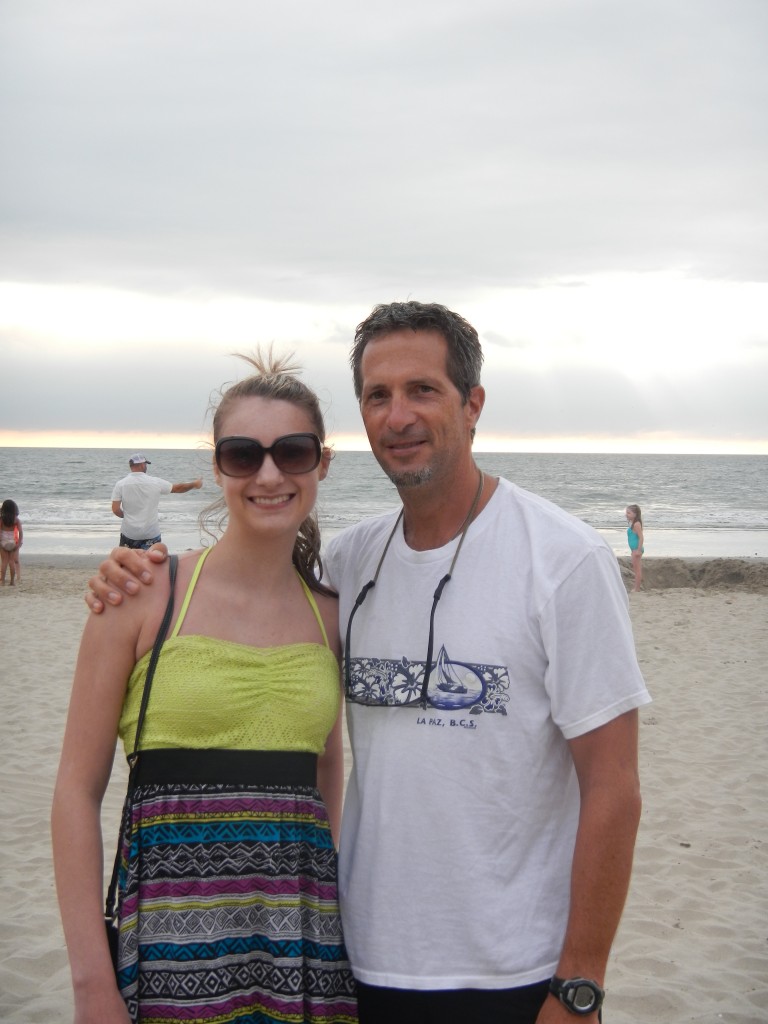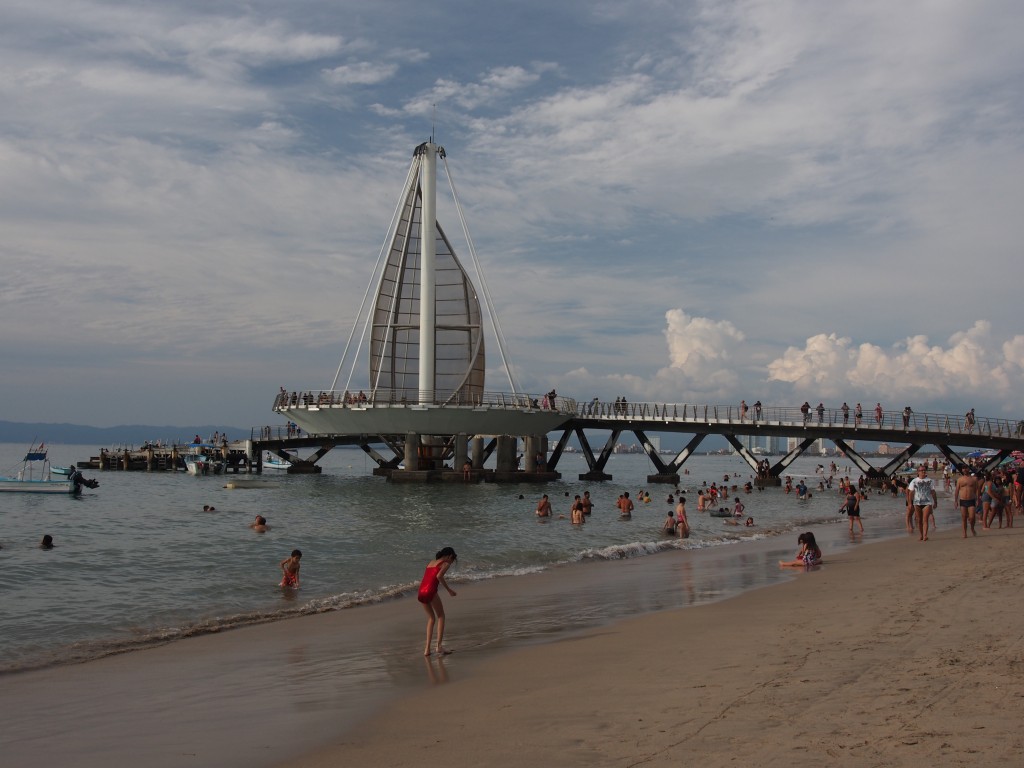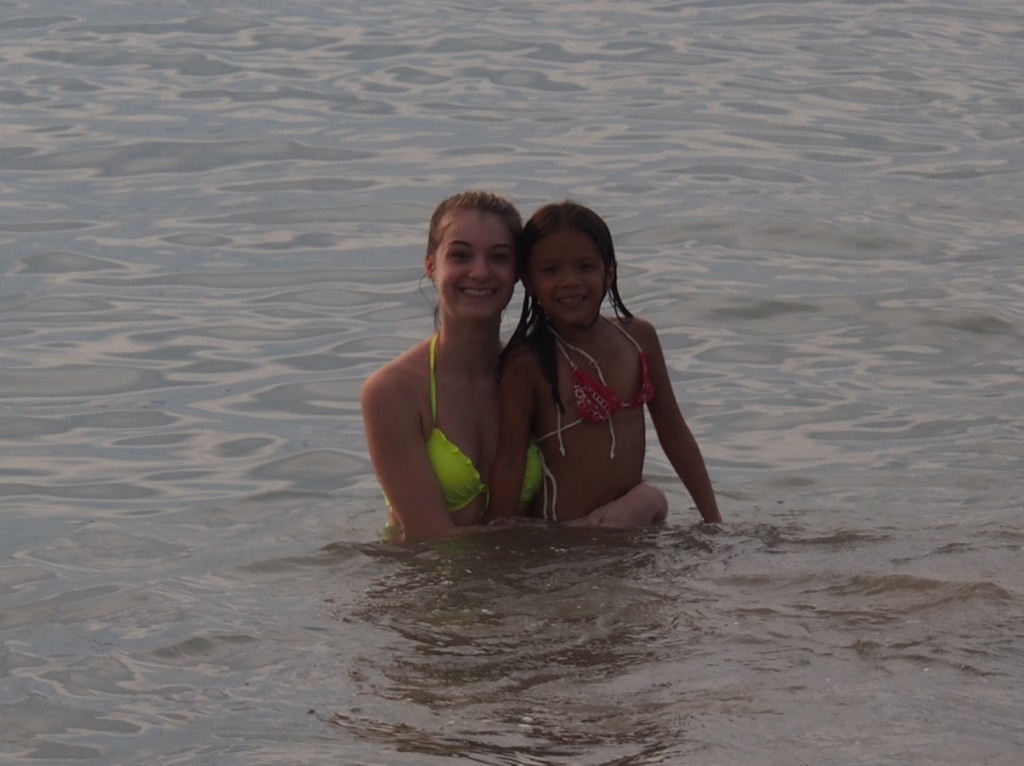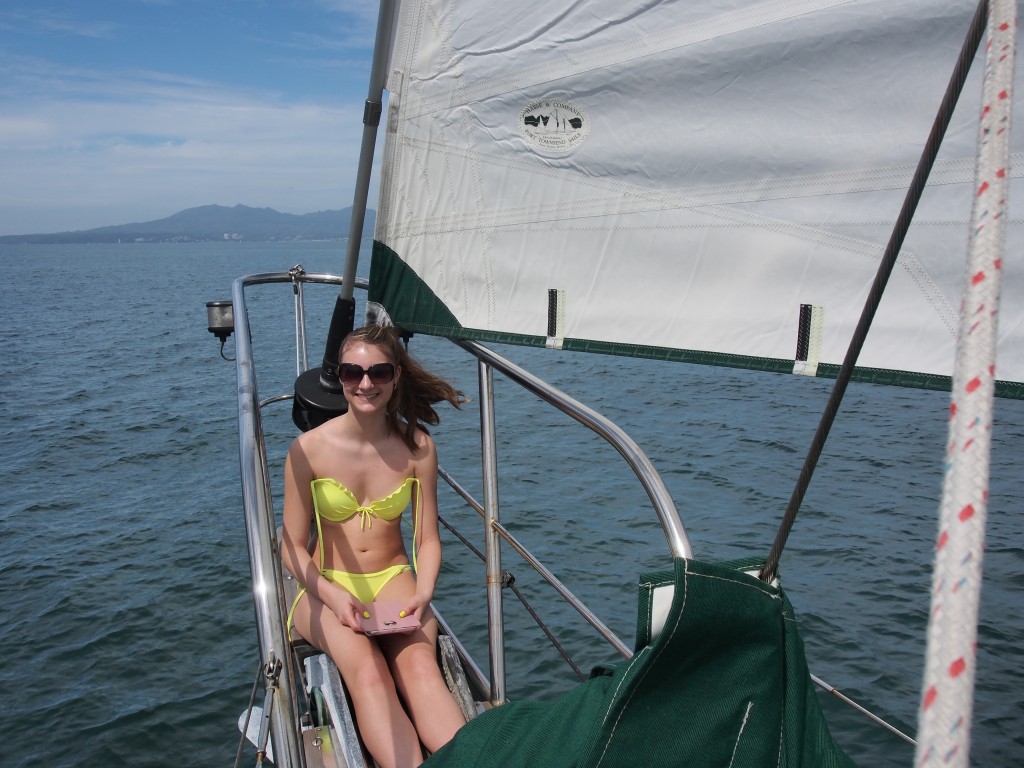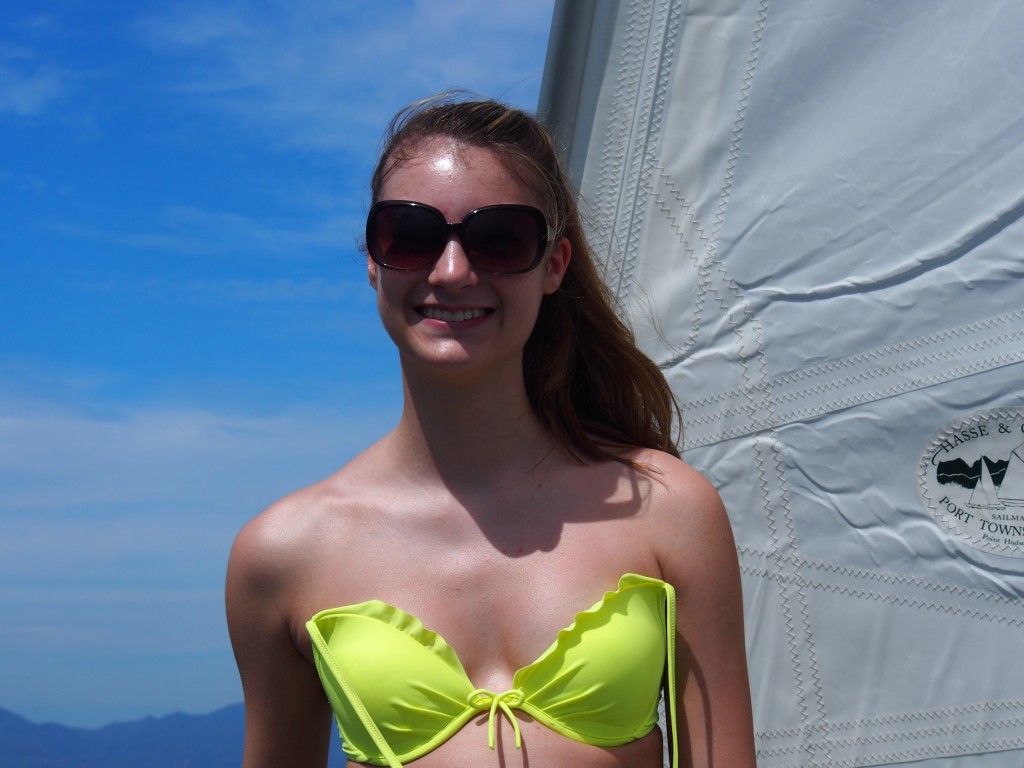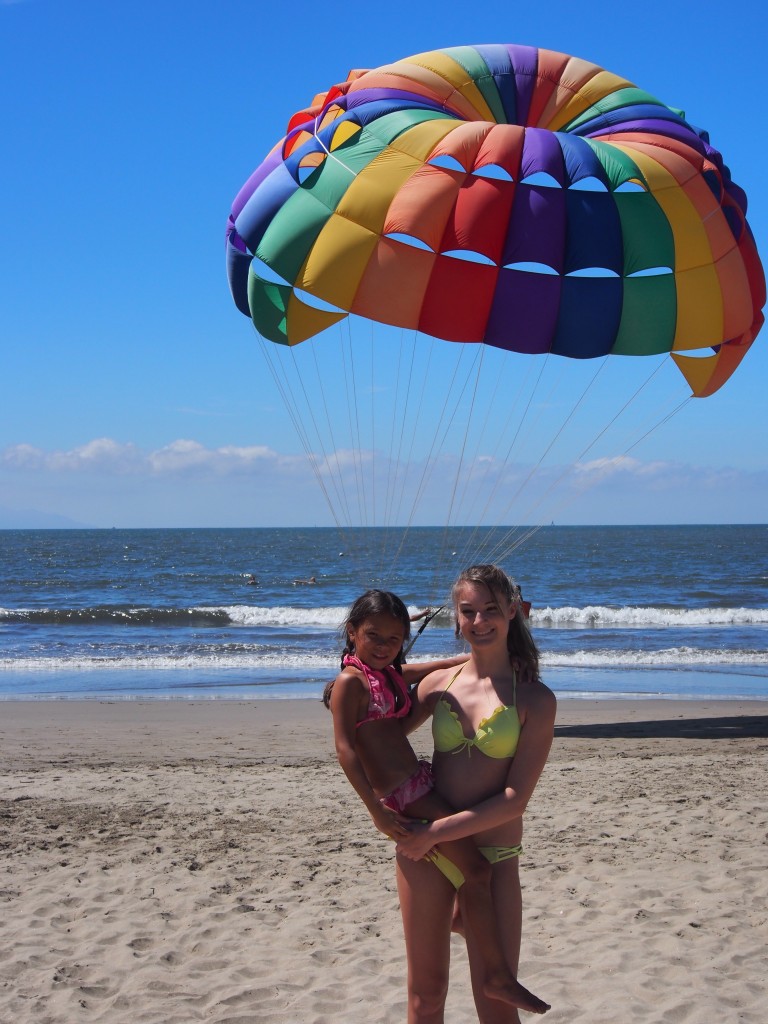Rangiroa atoll is the largest atoll in the Tuamoto Archipelago, and the 2nd largest in the world. It’s 44nm long by 18nm wide, so if you were in the middle, it would seem like you were in the open ocean, except there would be no ocean swell. We arrived at 4am after an overnight sail from Manihi, so we hove-to a mile out until daybreak. A large schooner was also waiting for daylight to enter the pass and we contacted them on VHF to verify when slack water was. Like many, this atoll is tricky to enter since the published times for hi/low tides are also affected by wind. On windier days, the atoll fills up with more water than normal, which affects the timing of the current entering/exiting the atoll, as well as the magnitude of the current. We followed the 100’ schooner in at 8am under power with the wind from astern and a slightly ebbing current. The waves were steep but this pass is wide and deep, and after 10 minutes we were inside the huge lagoon in calm water. We anchored in 35’ of water at a popular sight among 2 dozen boats.
Snorkeling at the Aquarium
Just inside Tiputa pass, there’s a small motu called Nuhi Nuhi, about an acre in size, with a single palm tree on it. A reef extending off the southern side, called the Aquarium, is a great place to snorkel. We tied the dinghy to a mooring ball and snorkeled around for an hour. The current was strong because of the southerly wind, so we had some difficulty returning to the dinghy. We saw lots of tropical reef fish, a Moray Eel, and colorful coral.
Scuba Diving
The Tuamotu will be one of the best dive sights we will be visiting, and Rangiroa has plenty of dive shops. Karen and I did our last dive in the Great Barrier Reef about 2 years ago, so we didn’t need an easy, refresher dive. We did 2 dives on different days with a friendly dive shop called Eleuthera Plongee of Rangiroa. Both dives started just outside of Tiputa pass and ended inside the pass, drifting along with the incoming current. The reef was very alive and colorful and full of tropical fish. At 65′ we saw a white-tipped reef shark http://sto..t/female-cialis/. Jacintha stayed ashore and had fun hanging out with kids from Bob the Cat, a Kiwi family on a 48′ Catamaran who we first met in the Marquesas (Dave the captain and some of his crew did the dive with us). I used a GoPro Hero3 camera on the dives to take the pictures shown below.
The Blue Lagoon
The Blue Lagoon is an atoll within an atoll. Located near the SW corner of Rangiroa atoll and about 20 miles from our anchorage, the Blue Lagoon is a shallow lagoon less than a mile wide that’s surrounded by reefs and small motus. To save time and effort, we took a tour that departed on a fast powerboat from the anchorage in the morning, and returned in the early evening. It included lunch (BBQ chicken, poisson cru, fried fish, fruit, cake and drinks) that was prepared and served on one of the motus they used as camp. The snorkeling inside the lagoon was fair, but the scenery and setting were ideal. Jacintha had fun wading in the water among lots of small reef sharks. The group of about 25, mostly tourists from France, also walked along a shallow reef to a neighboring motu called Bird Island to see Frigates and other birds. On the way back from the Blue Lagoon, the boat stopped at an area where there are lots of sharks. manta rays, and reef fish. We snorkeled around the black-tipped reef sharks for an hour. Most were about 4-5’ in length, but a few that we saw were 8-10’. They were called Lemon Sharks and tended to swim under us at around 10’ below the surface. The photos were taken from a GoPro Hero3.
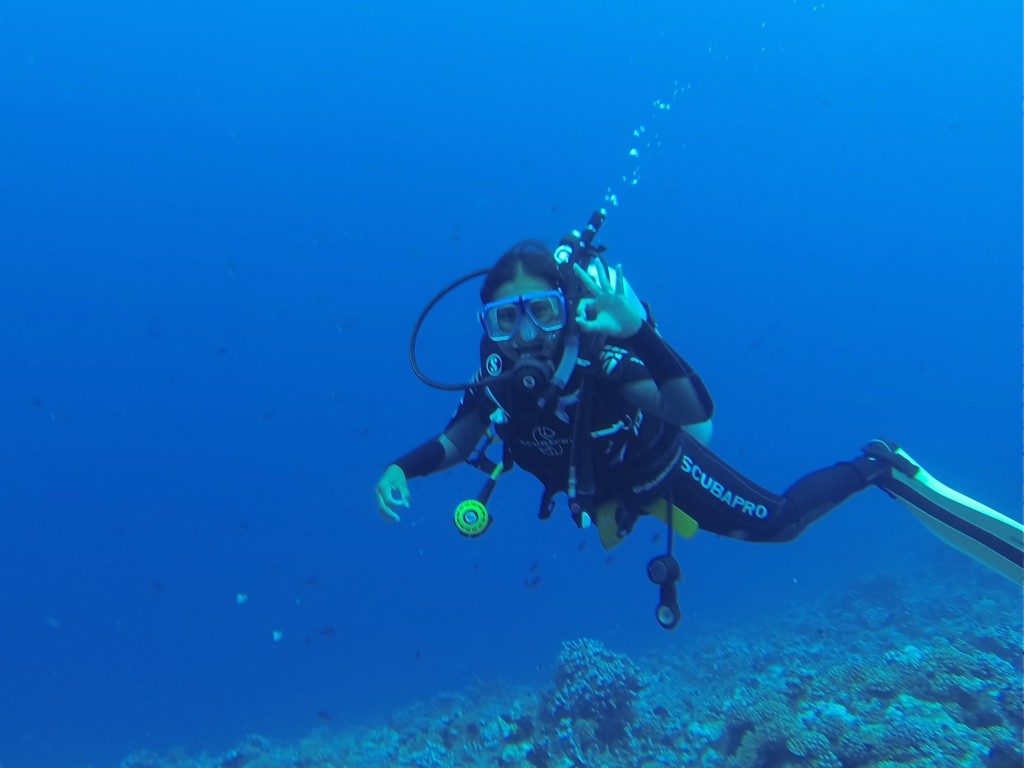
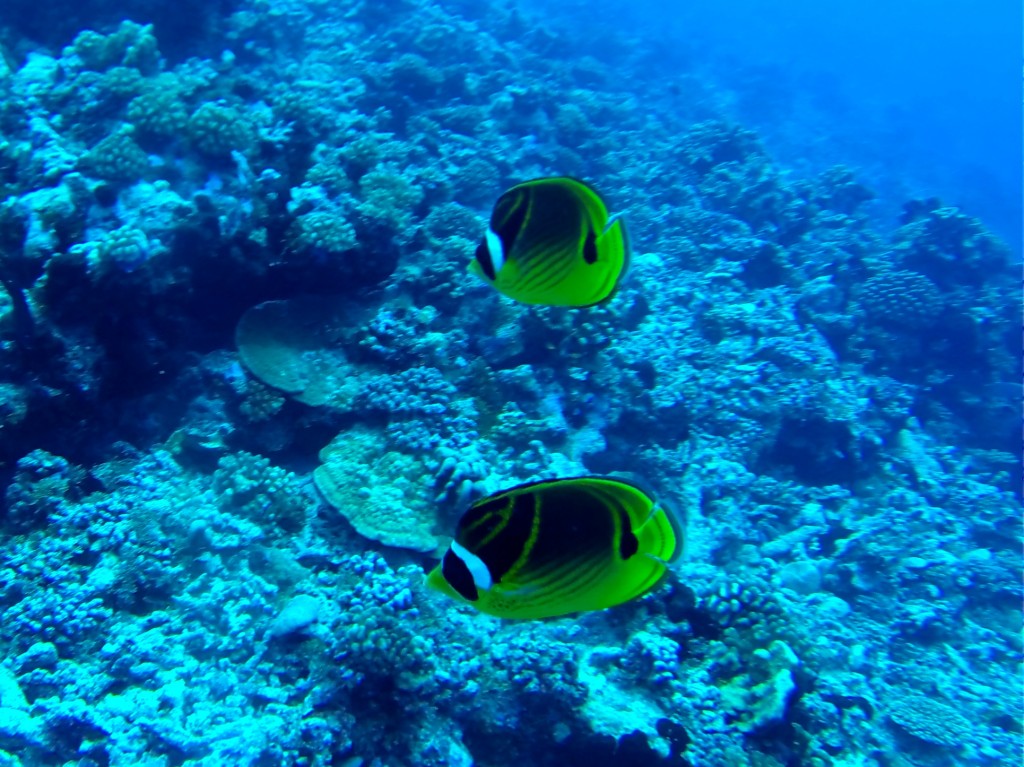
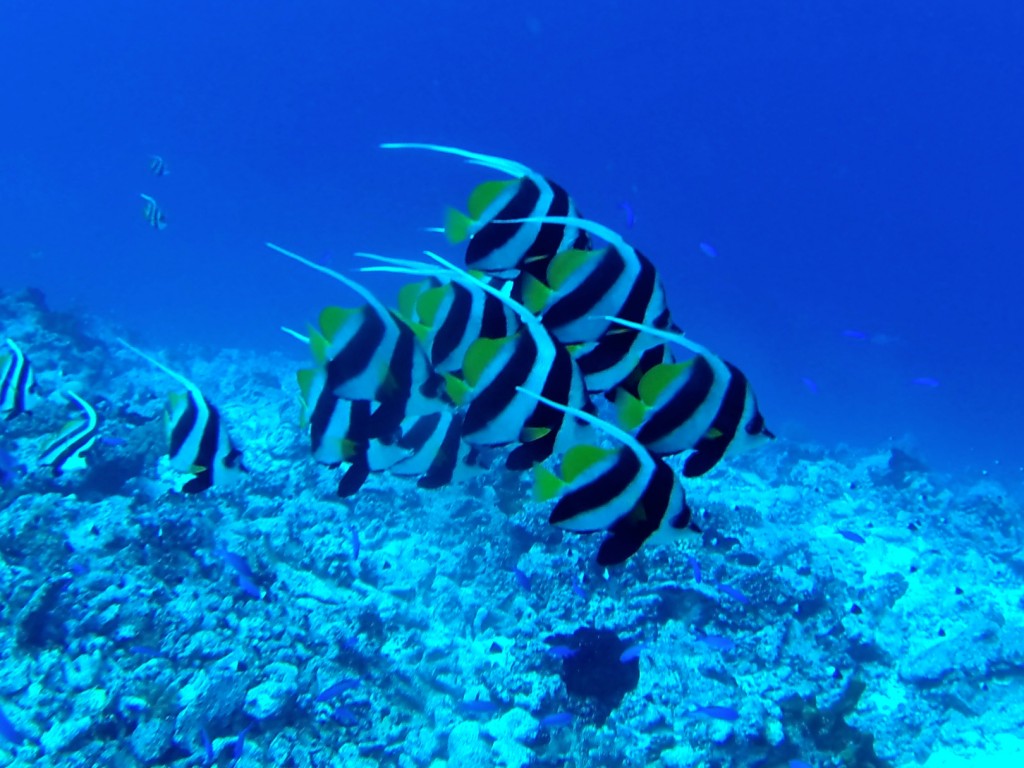
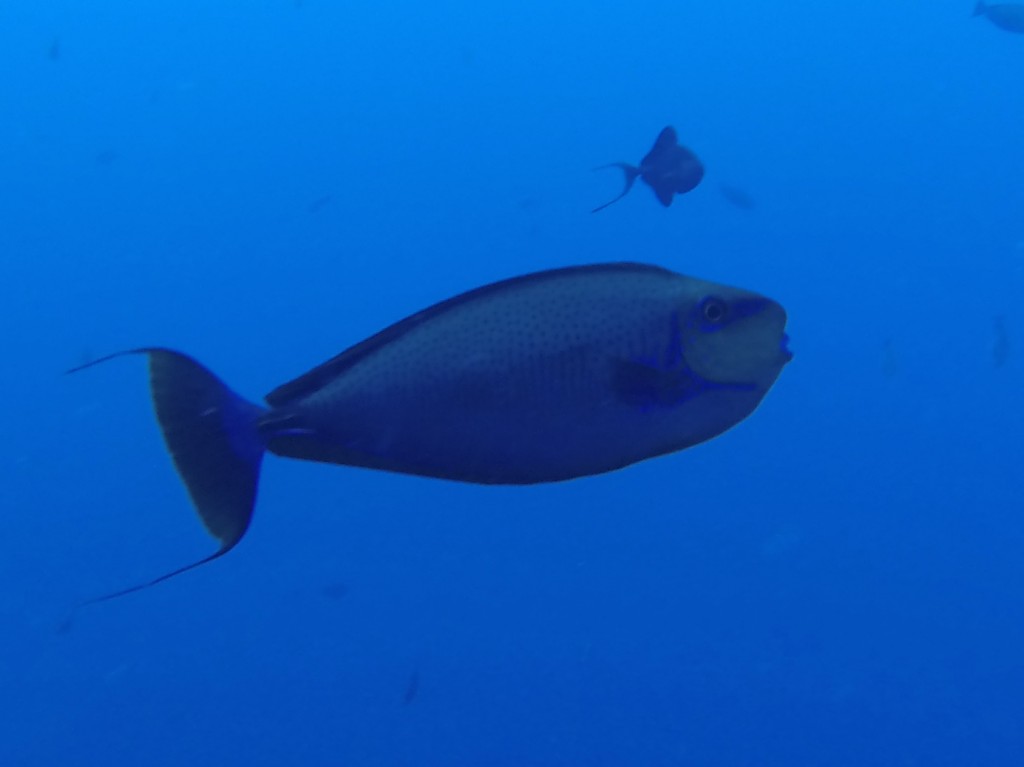
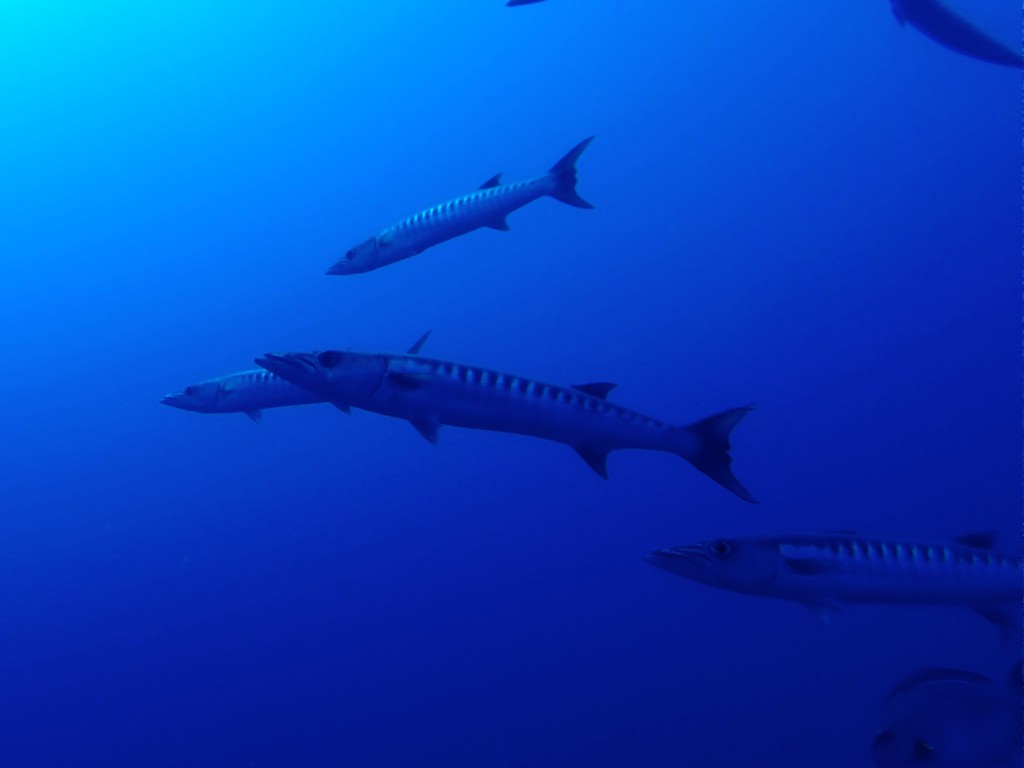
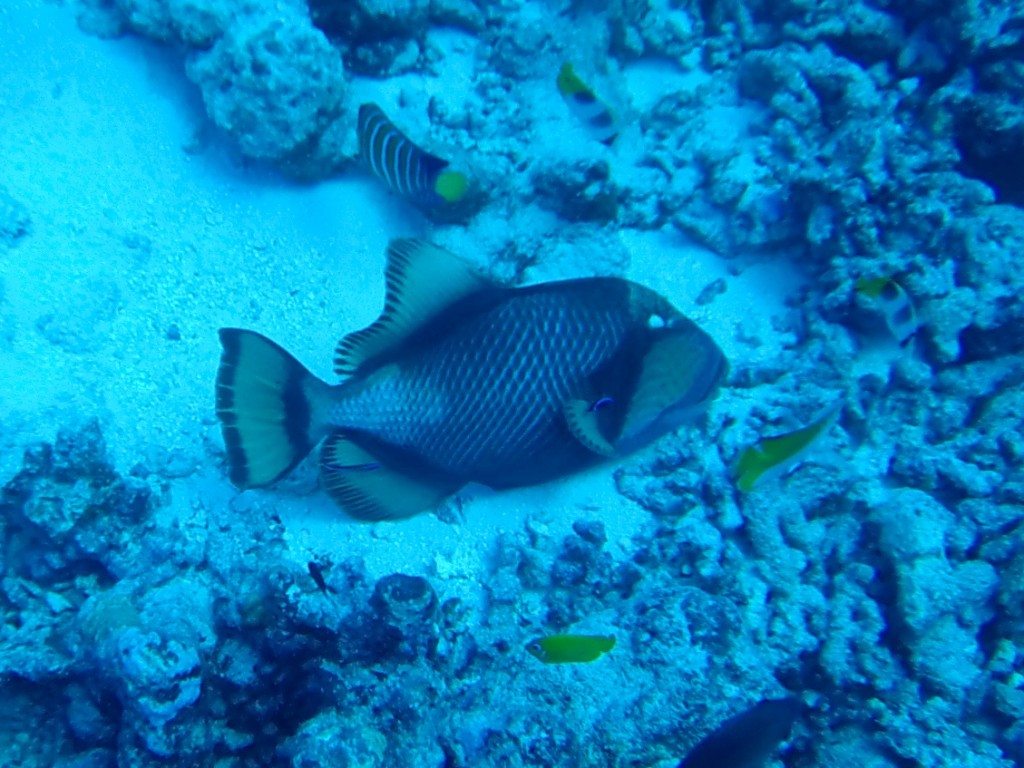
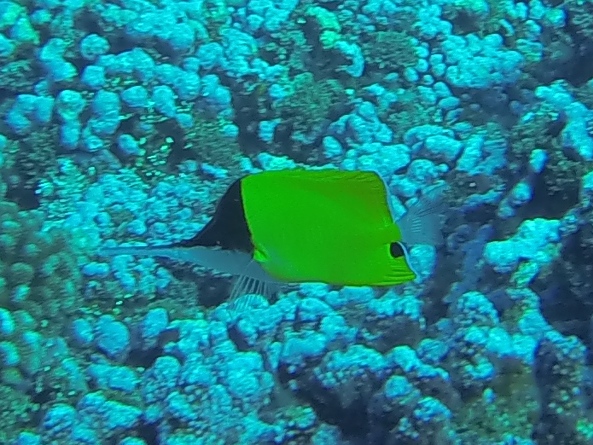
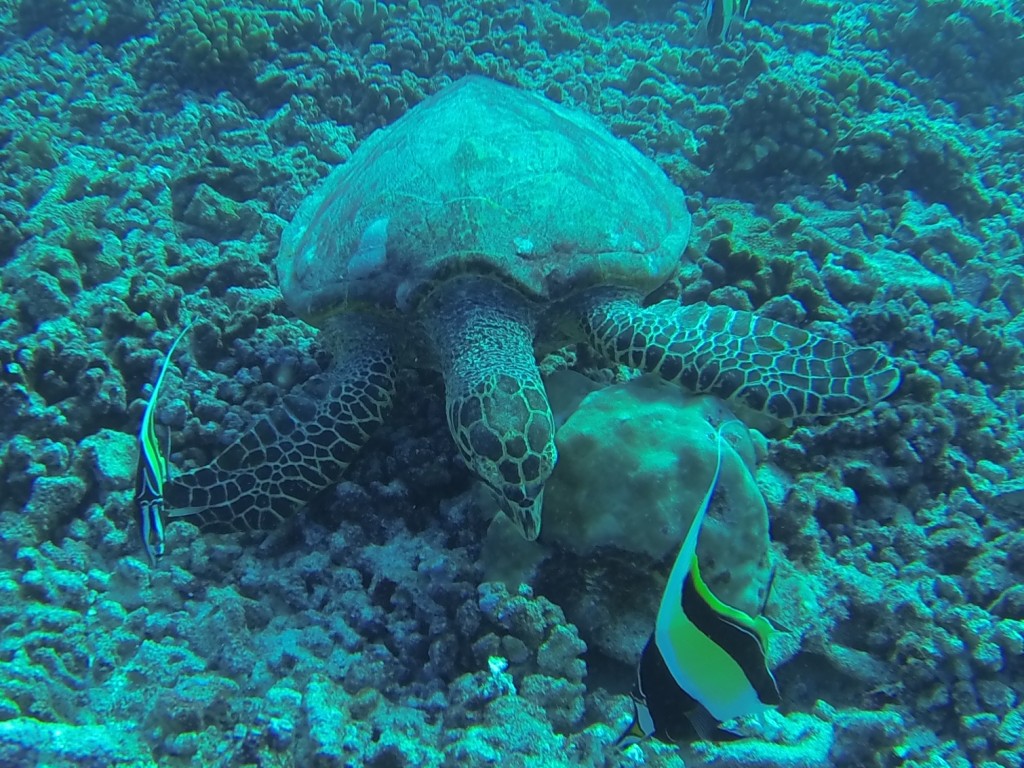
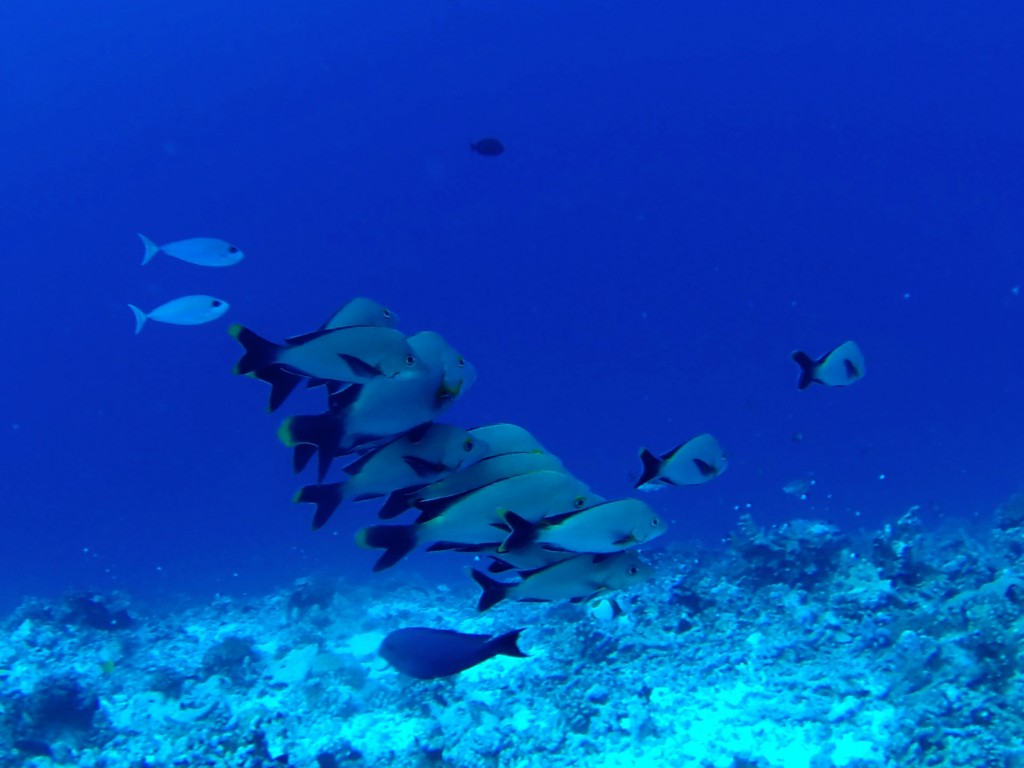
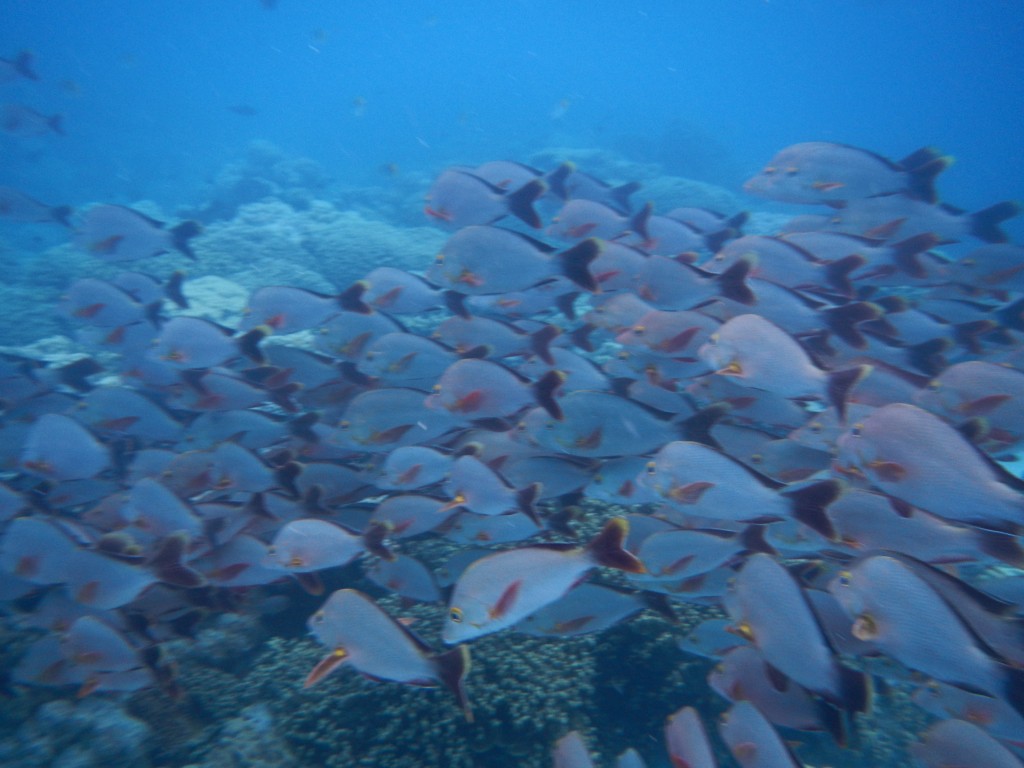
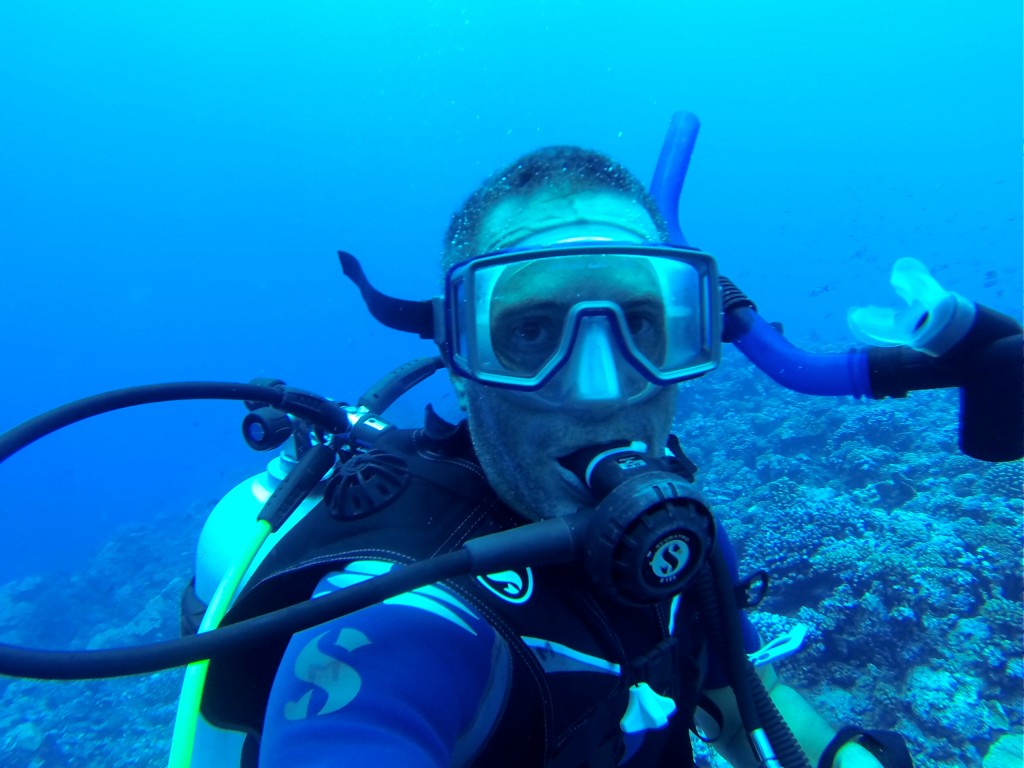
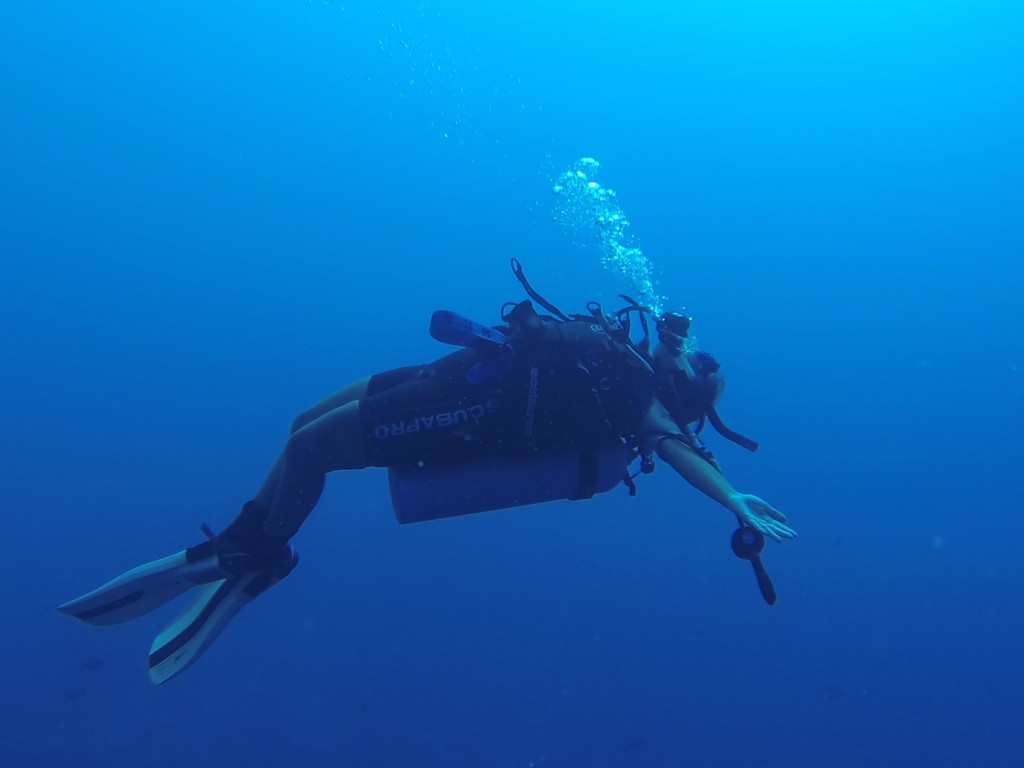
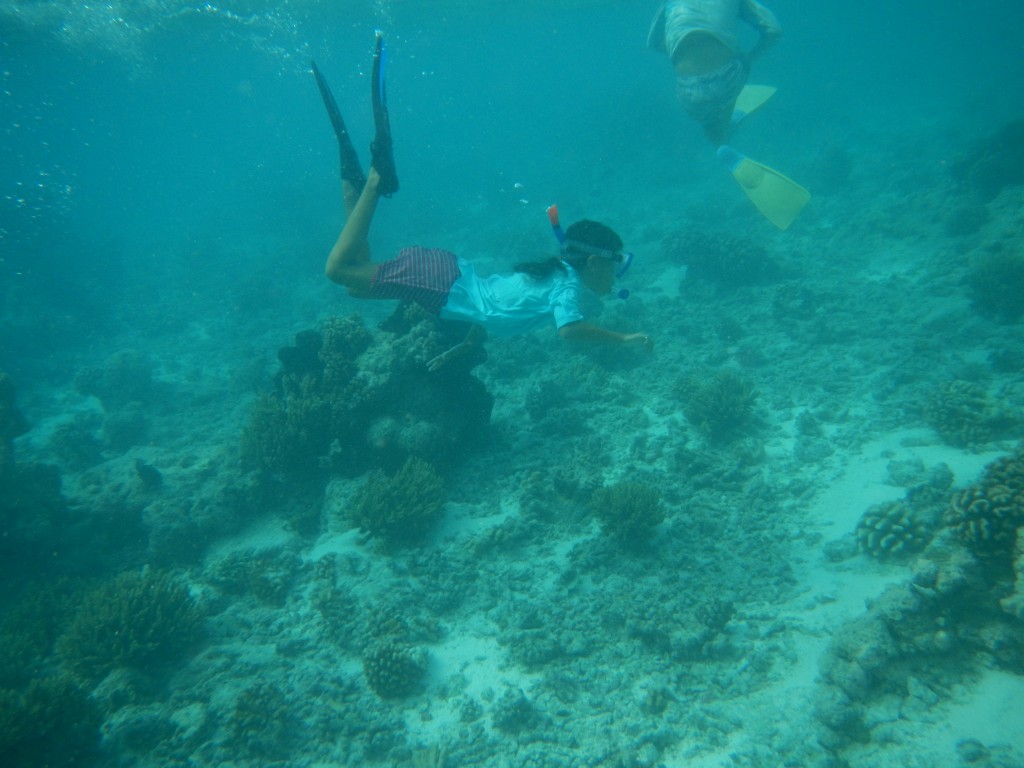 Jacintha Snorkeling at The Aquarium
Jacintha Snorkeling at The Aquarium
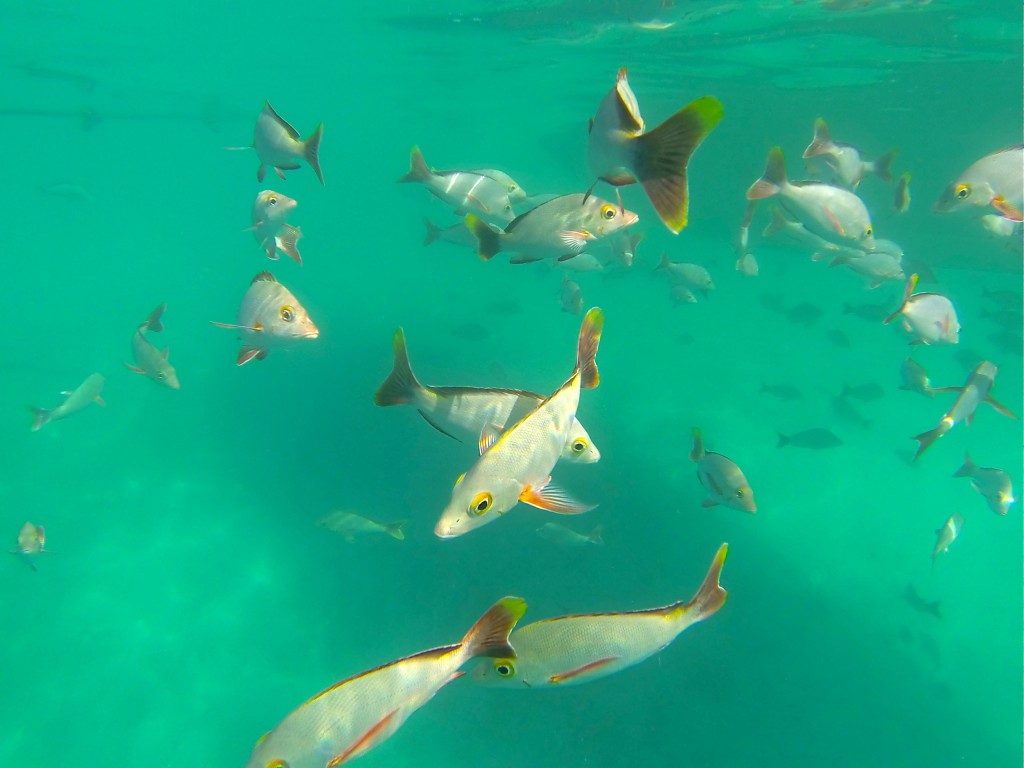
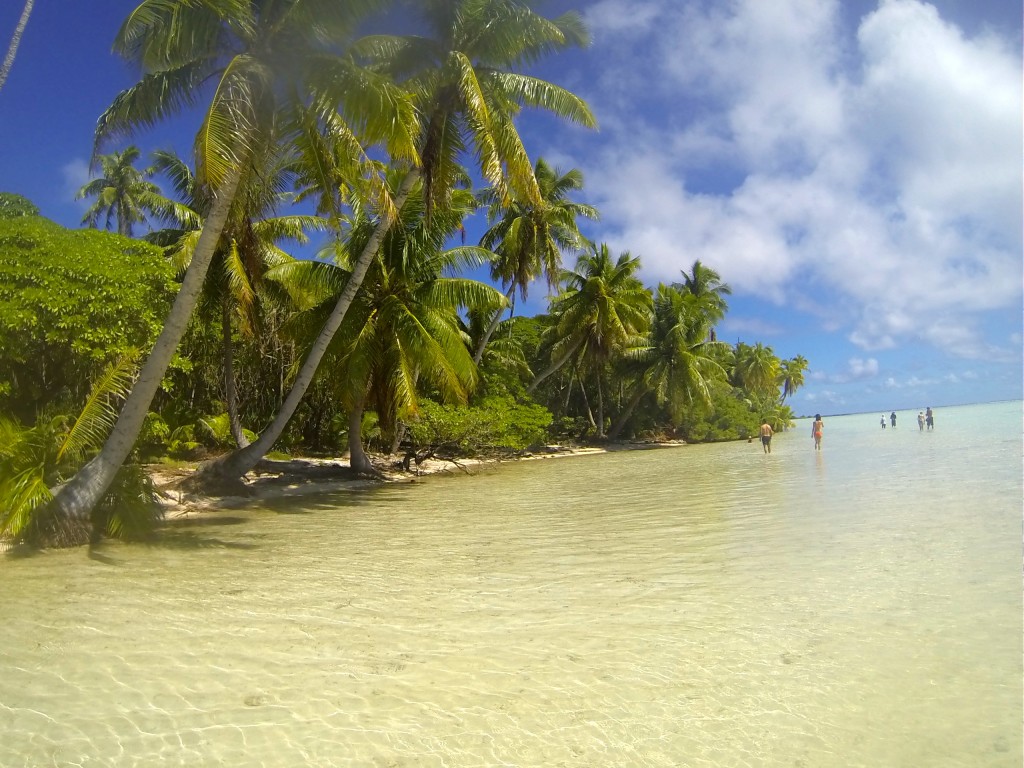
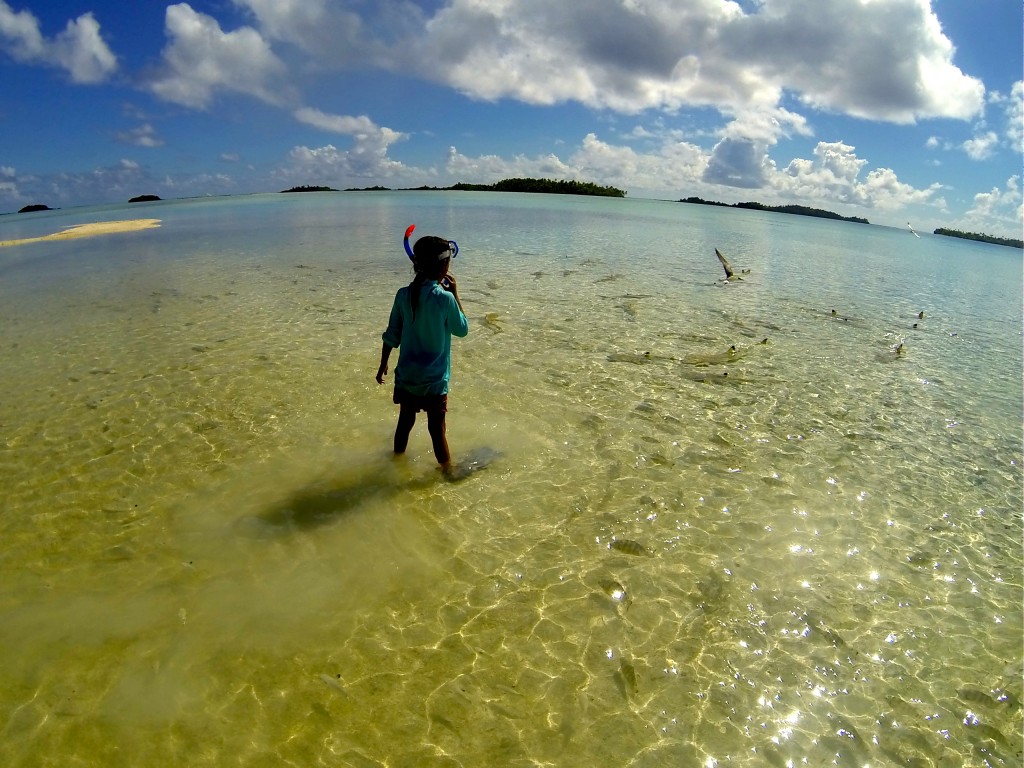
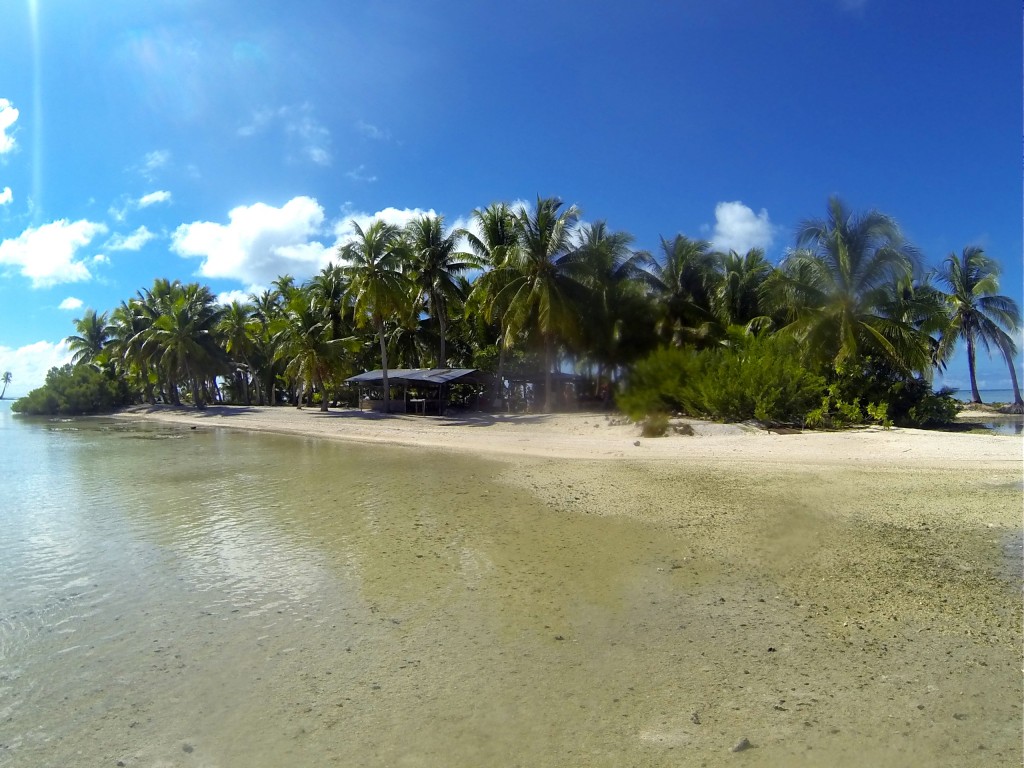
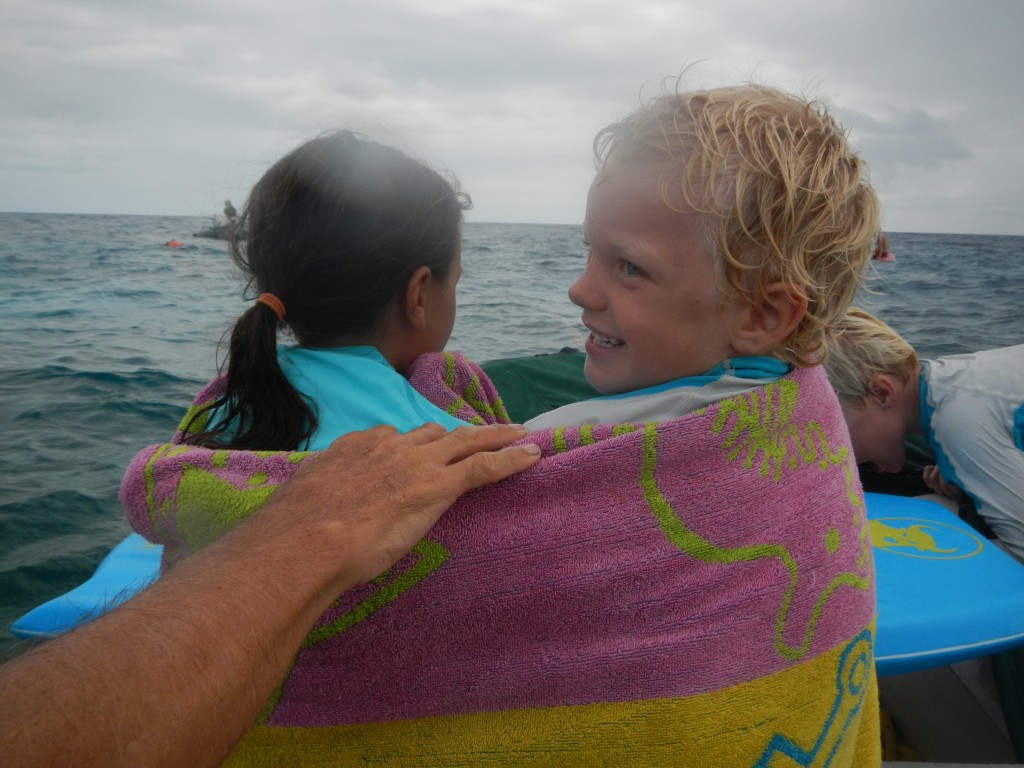

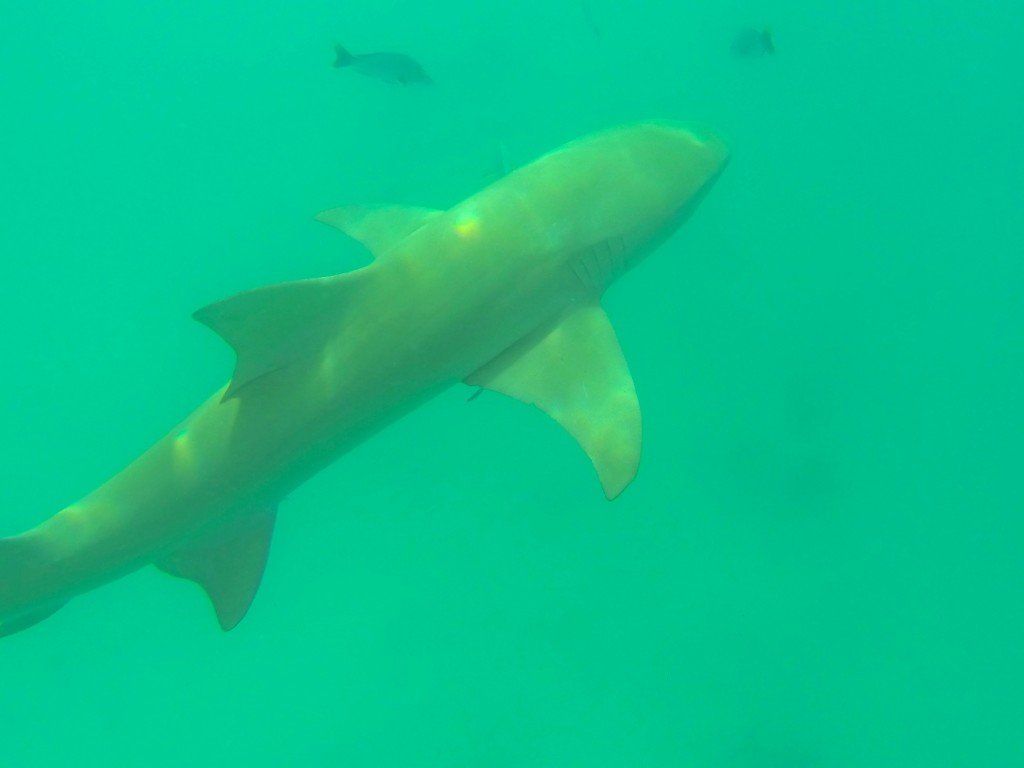

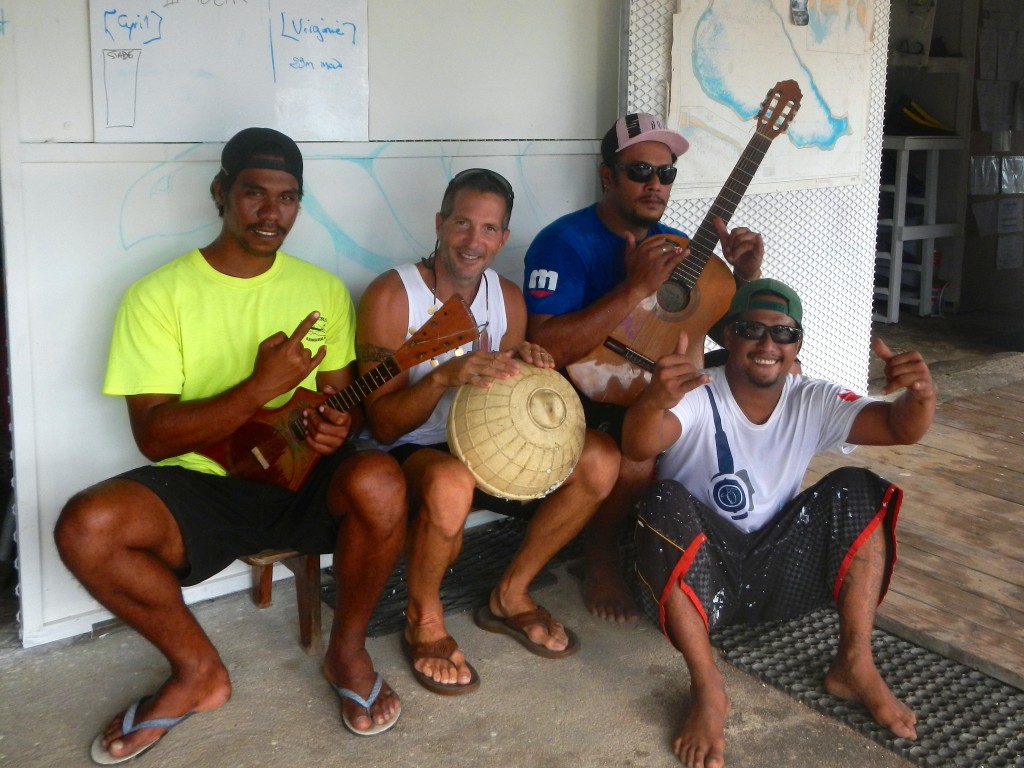 Jammin’ with the guys from Eleuthera Dive Shop
Jammin’ with the guys from Eleuthera Dive Shop